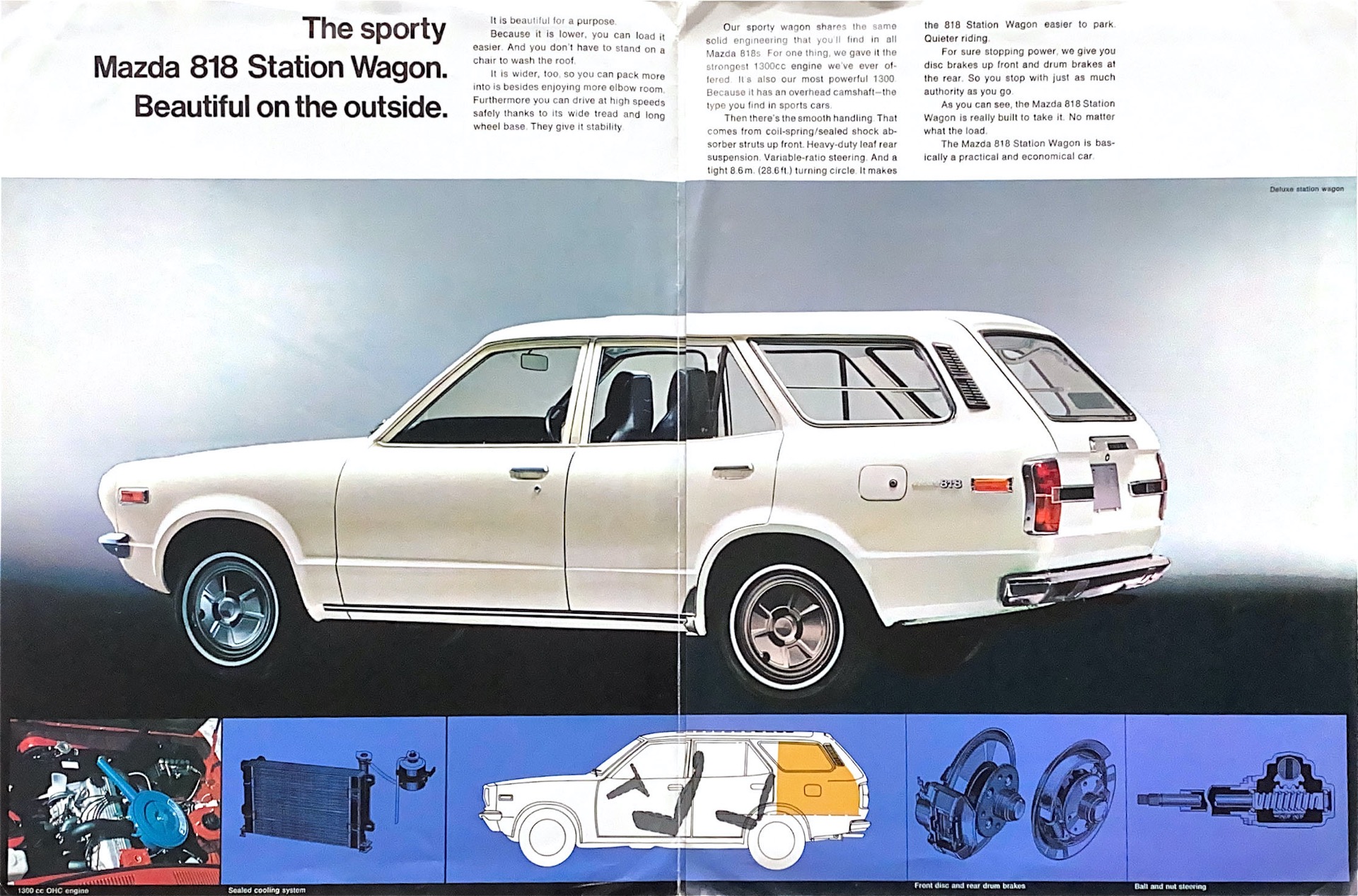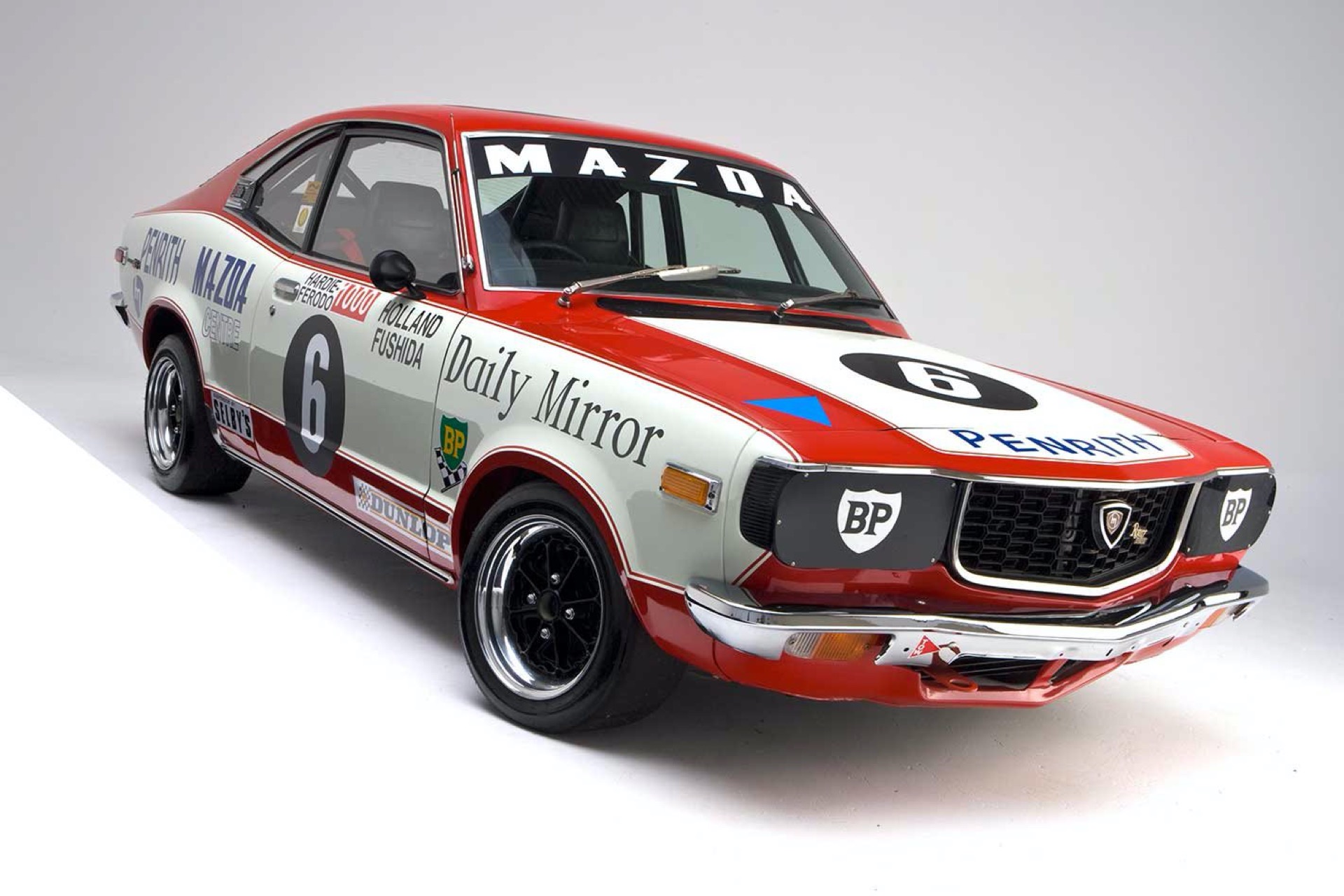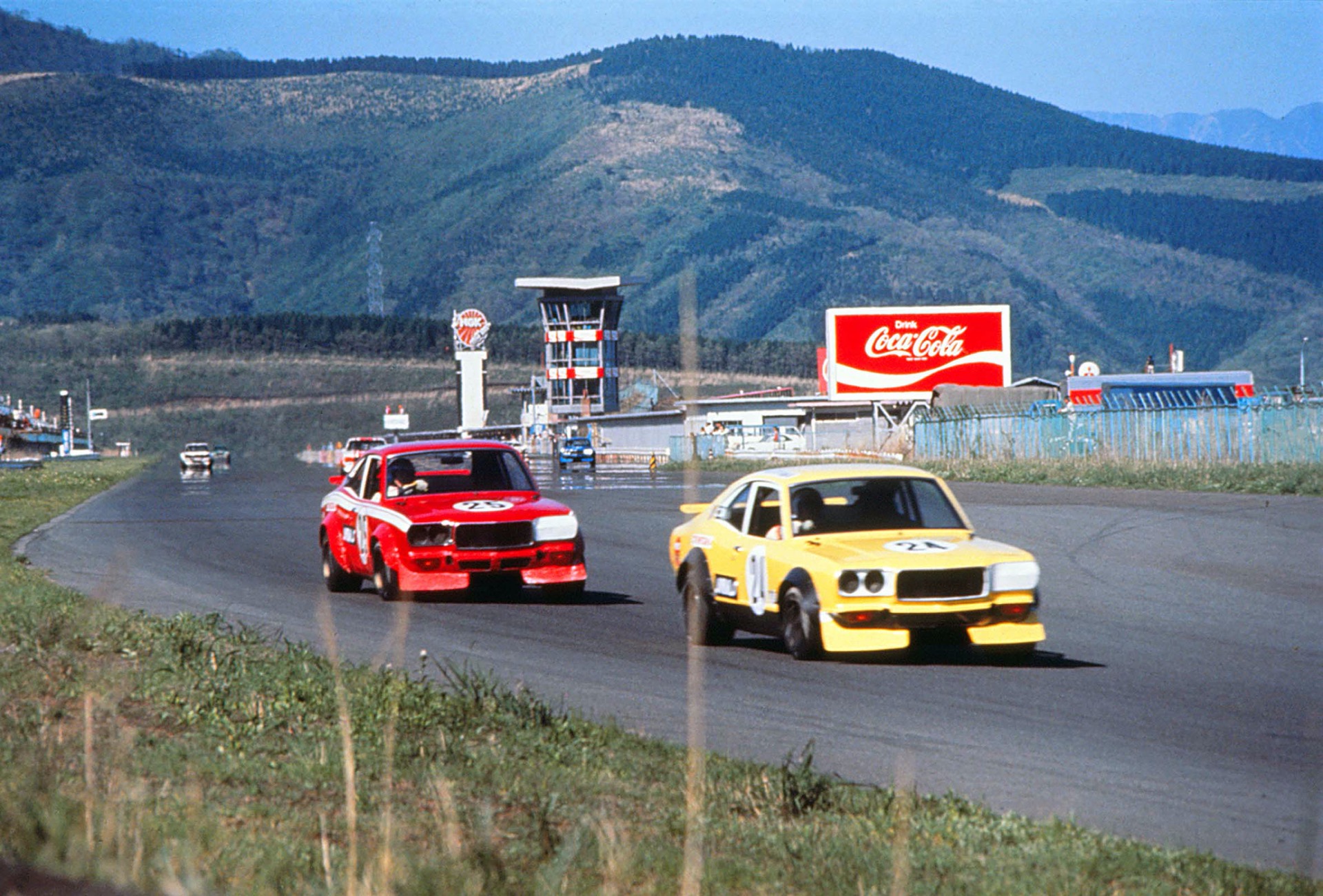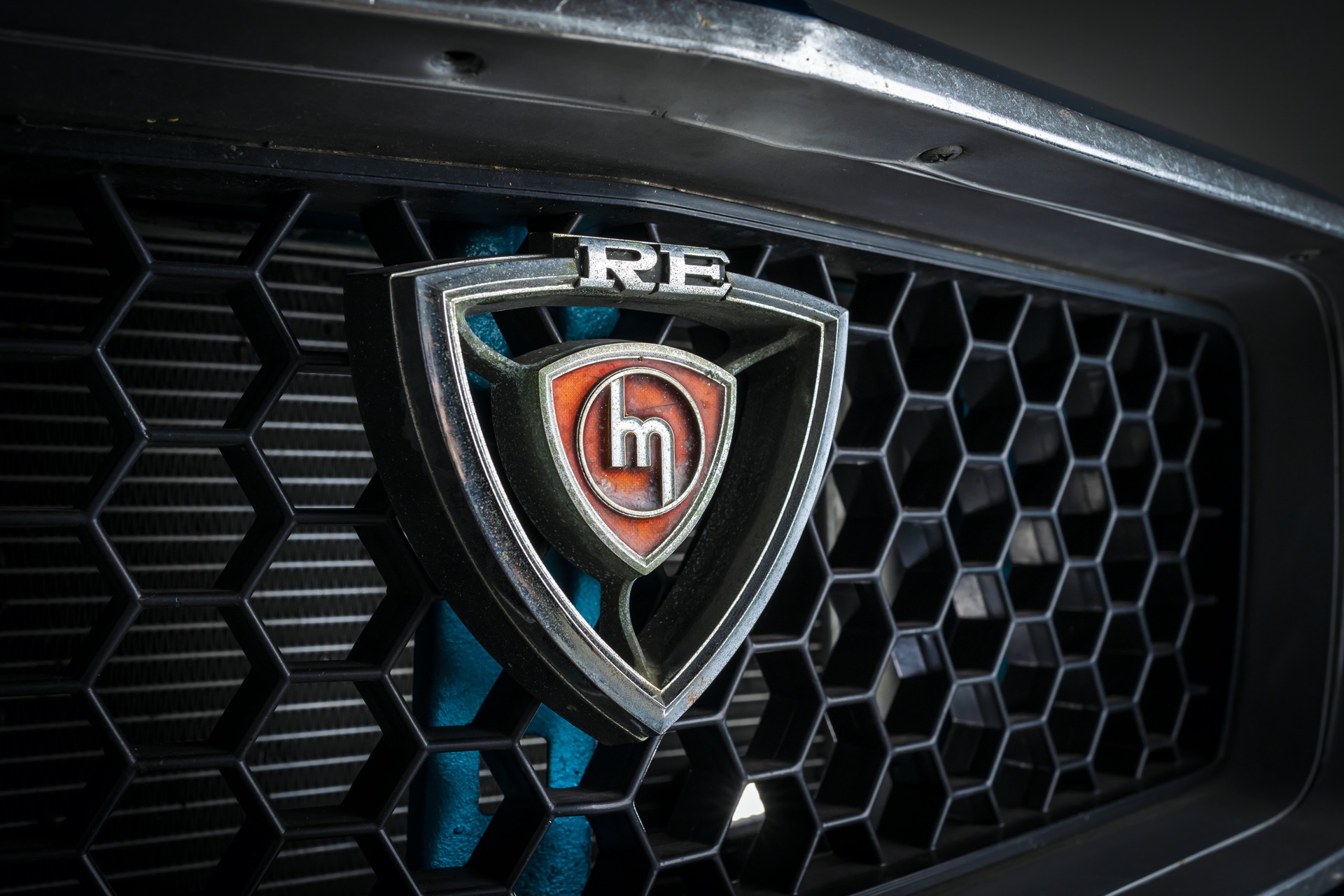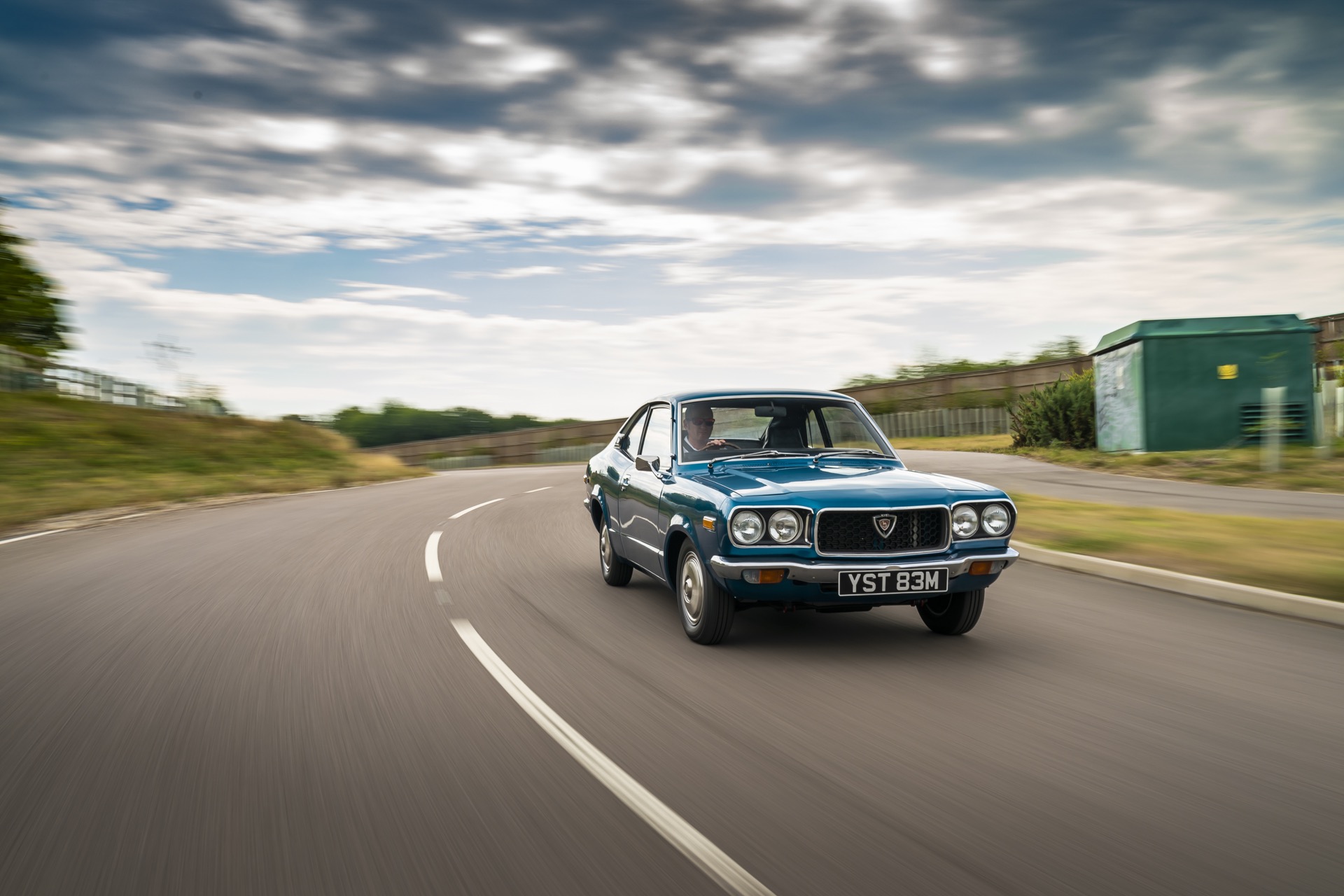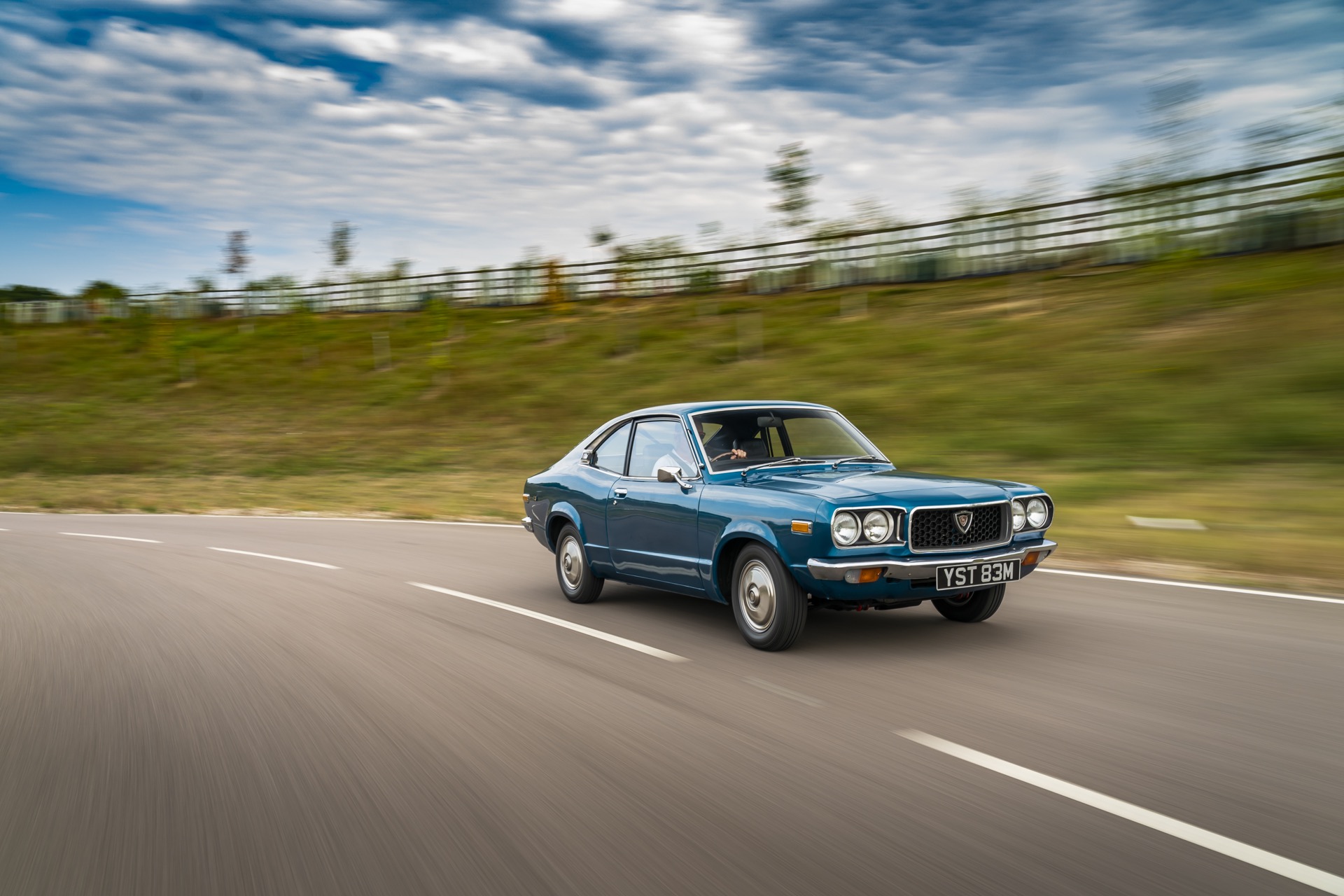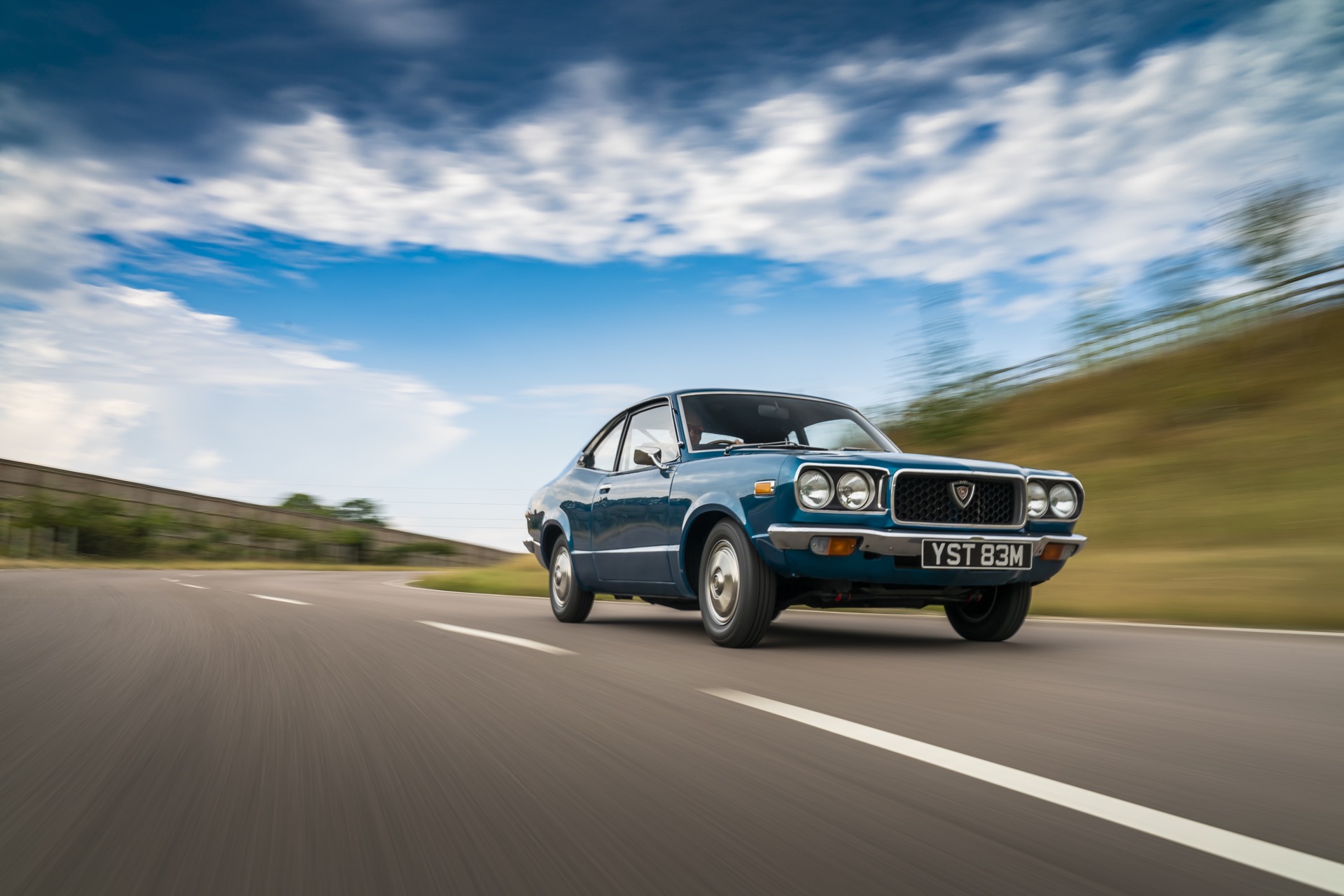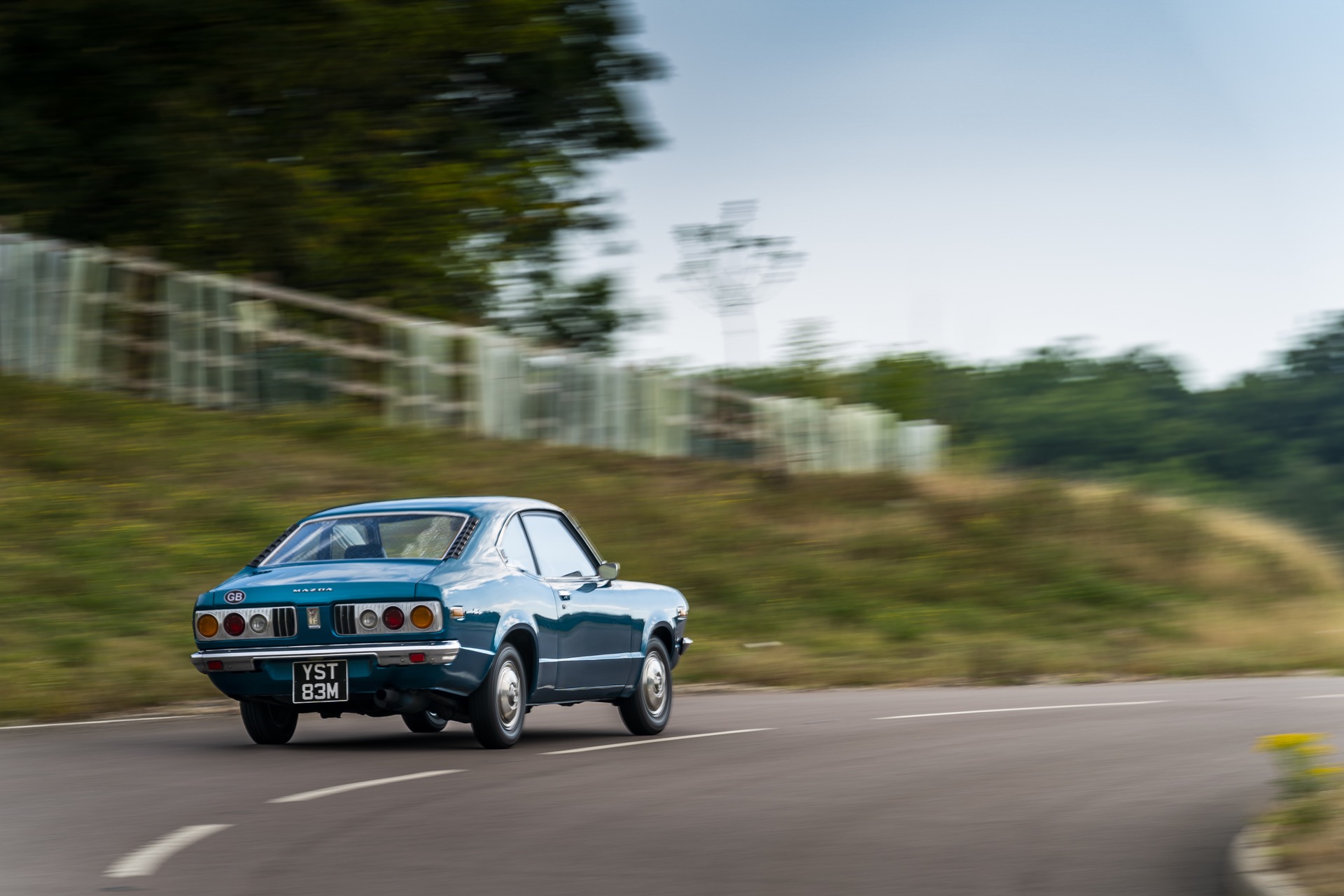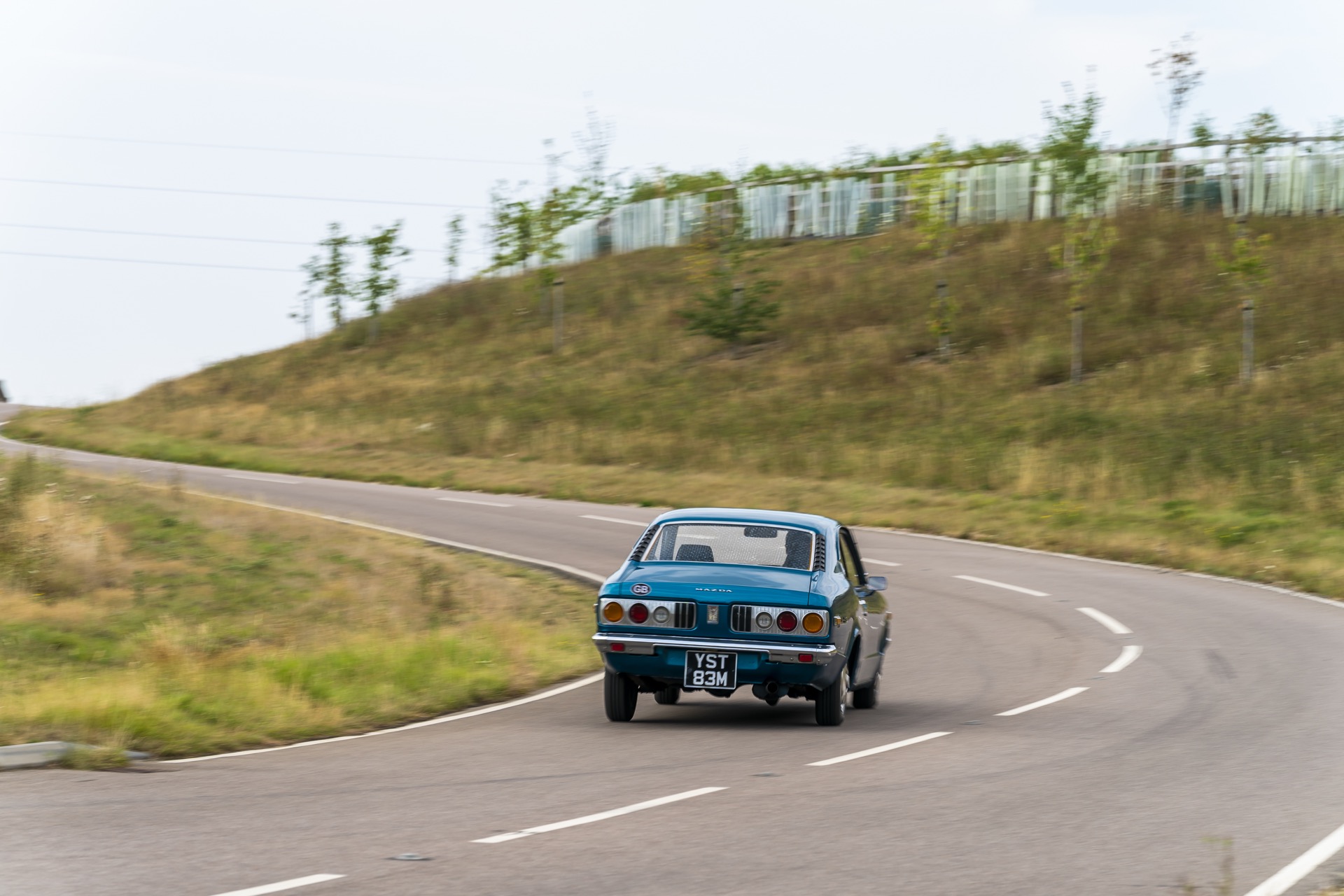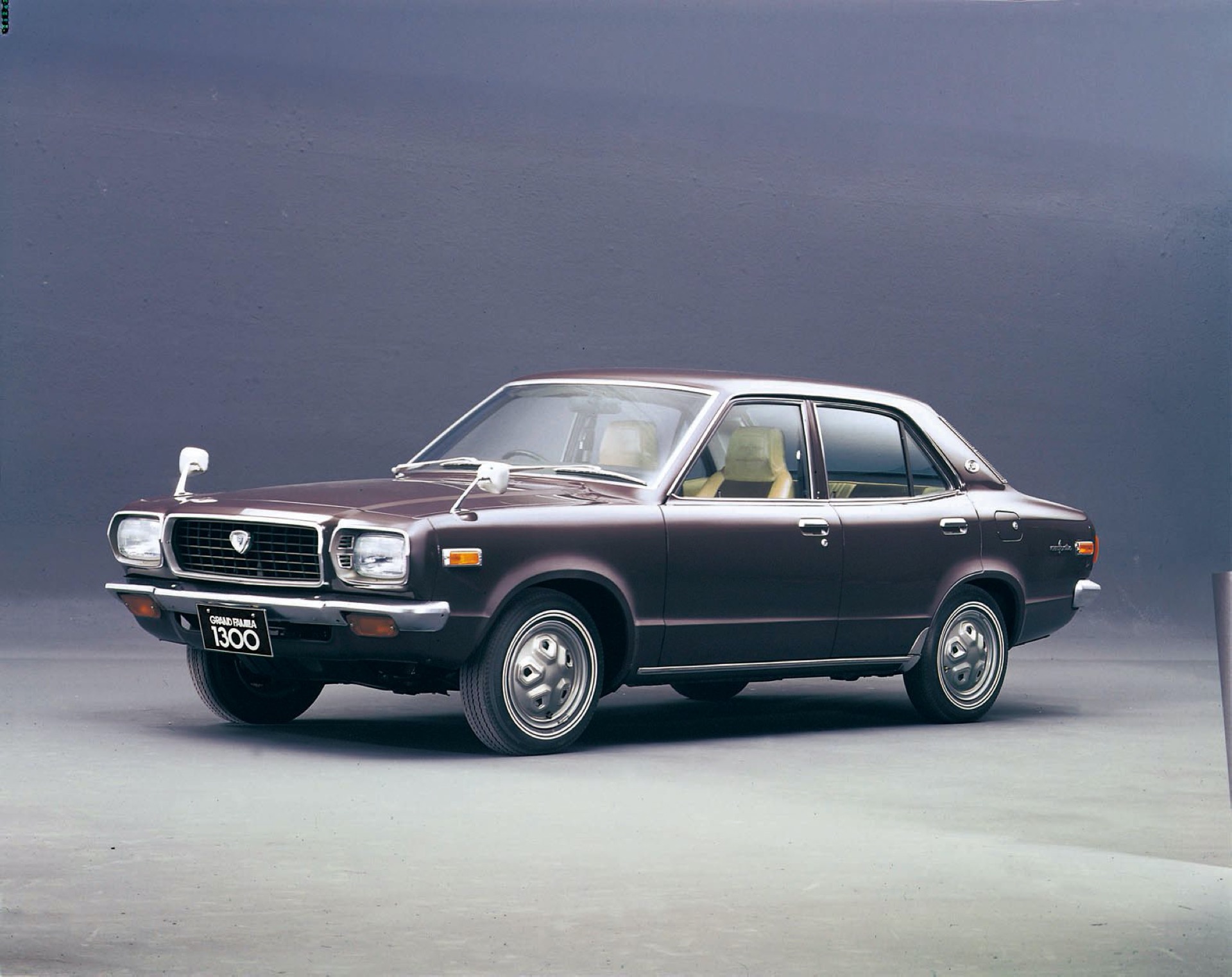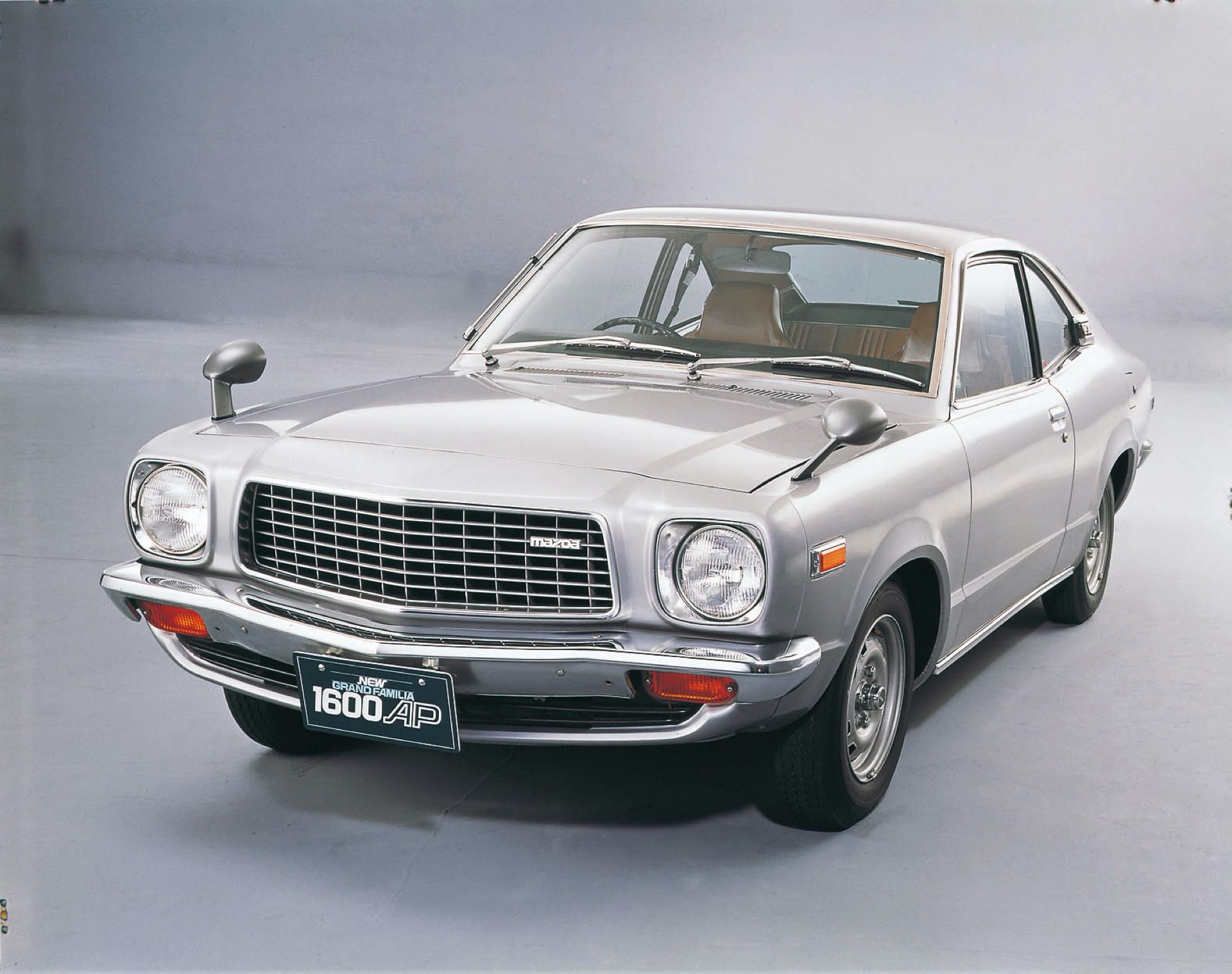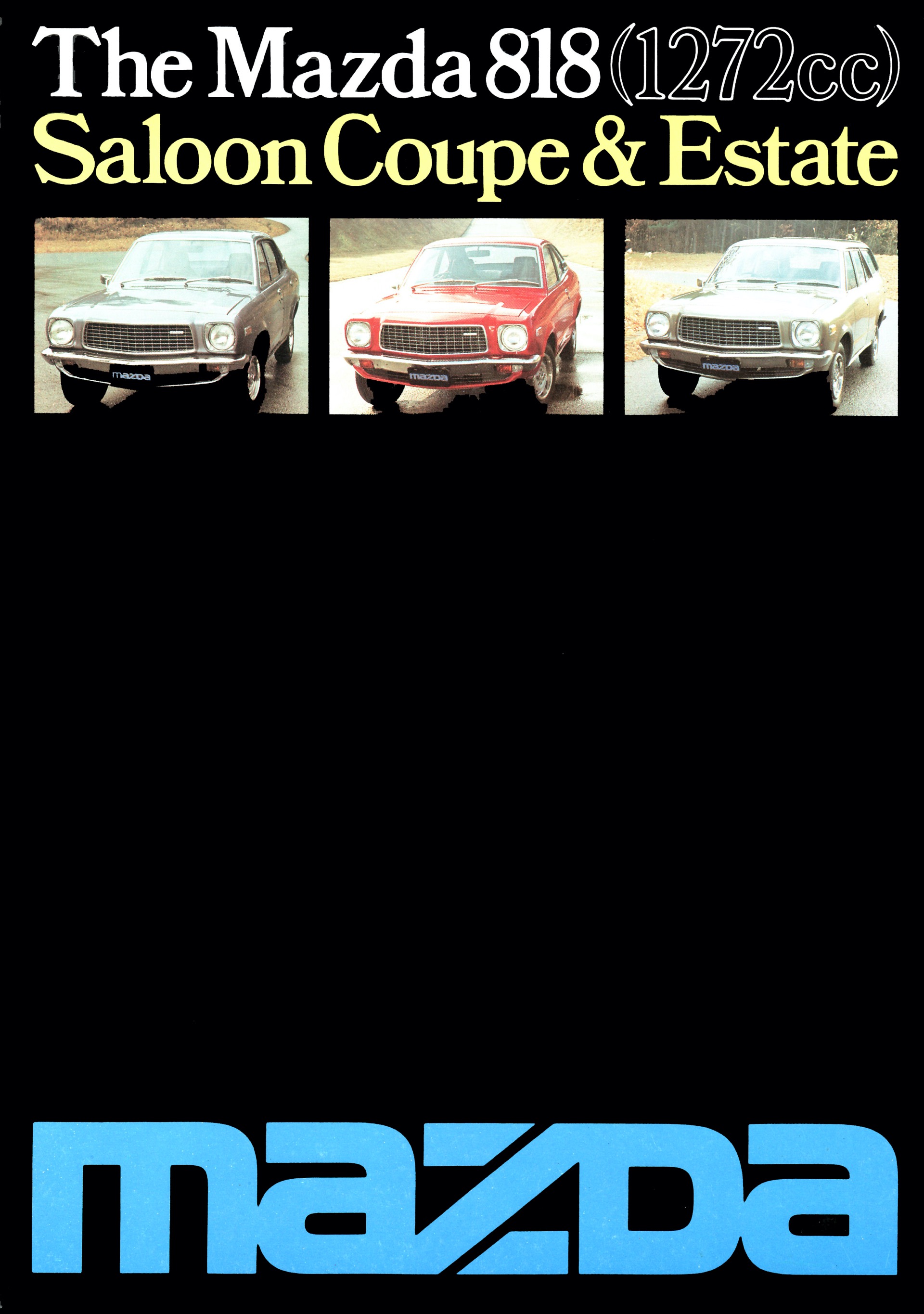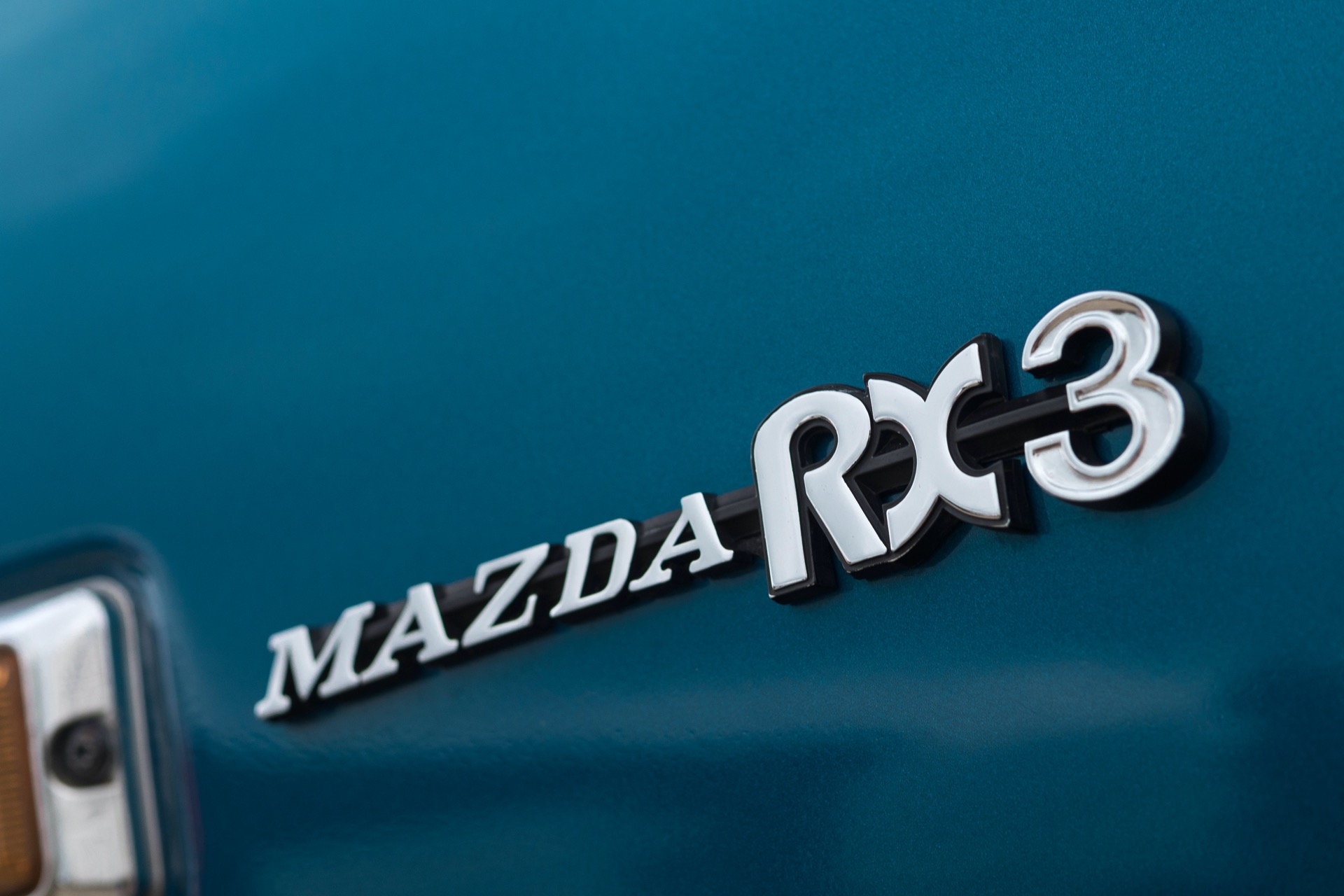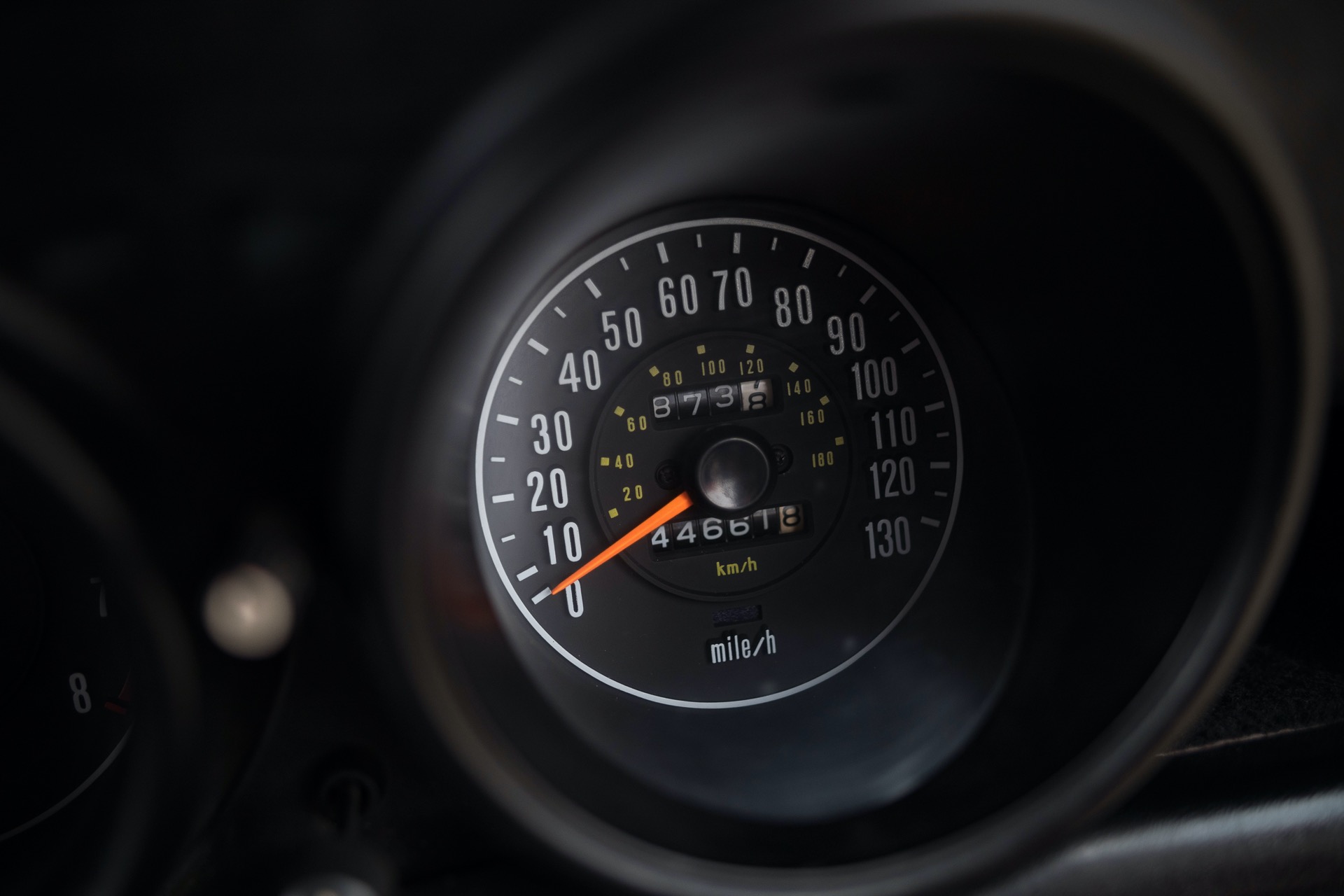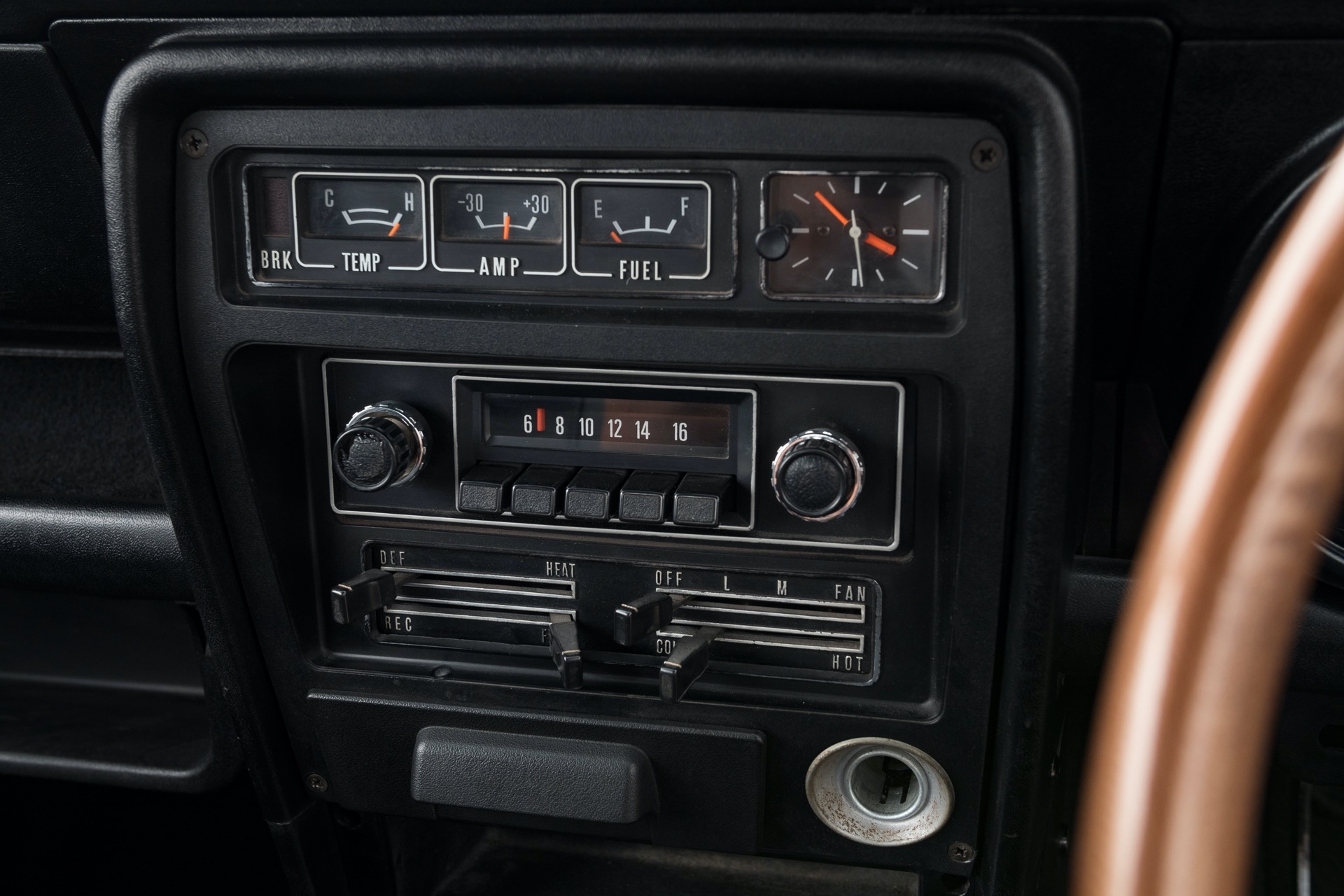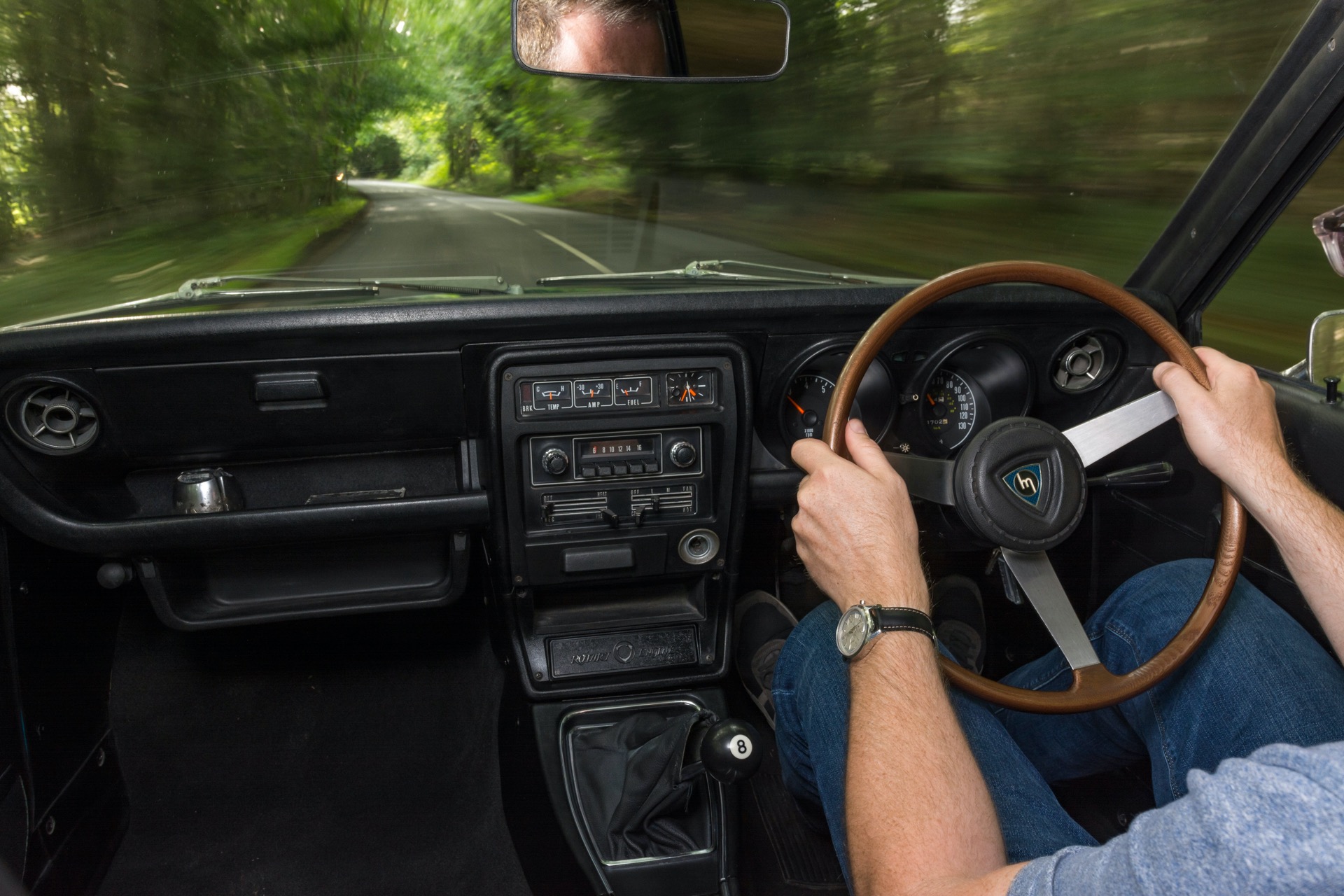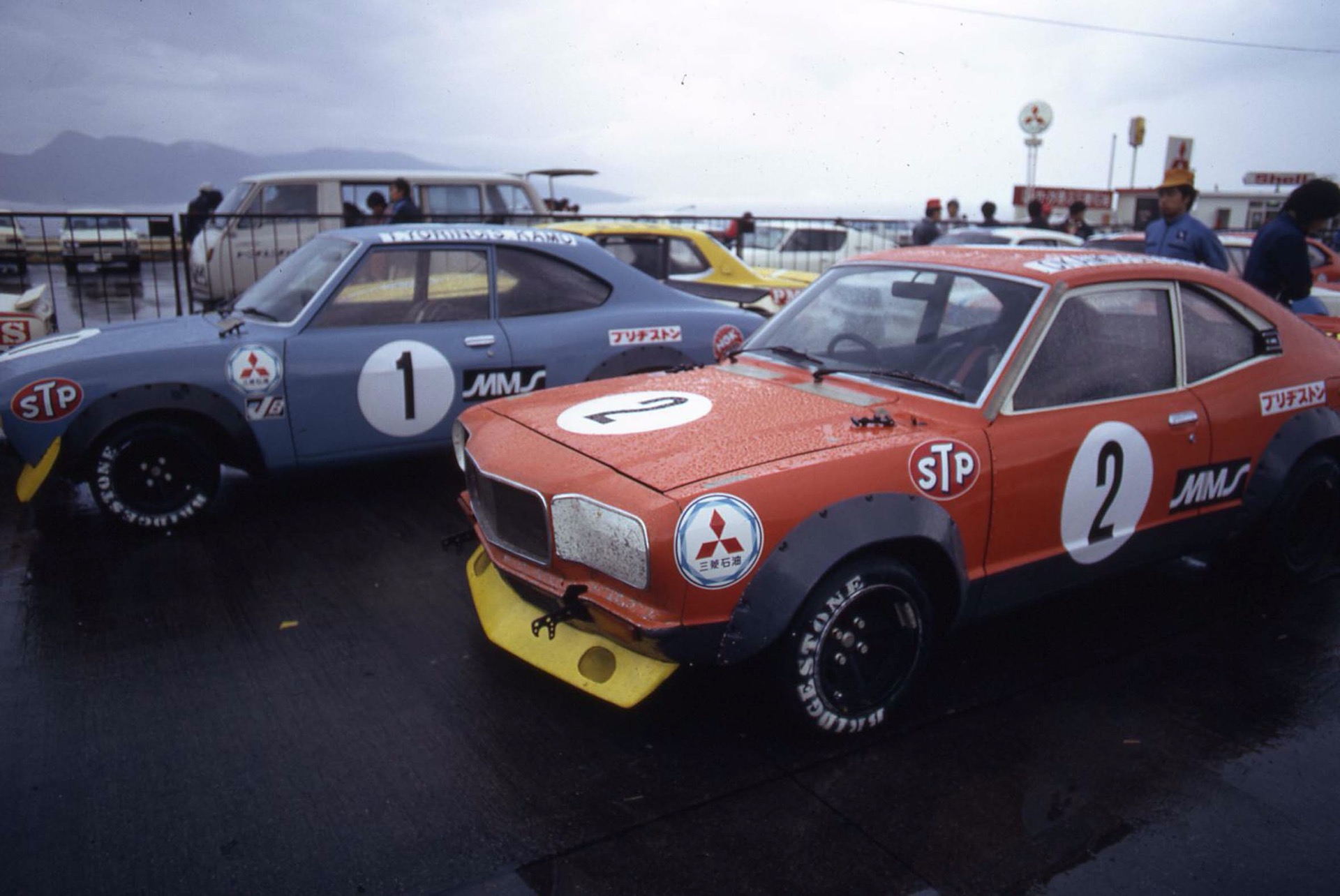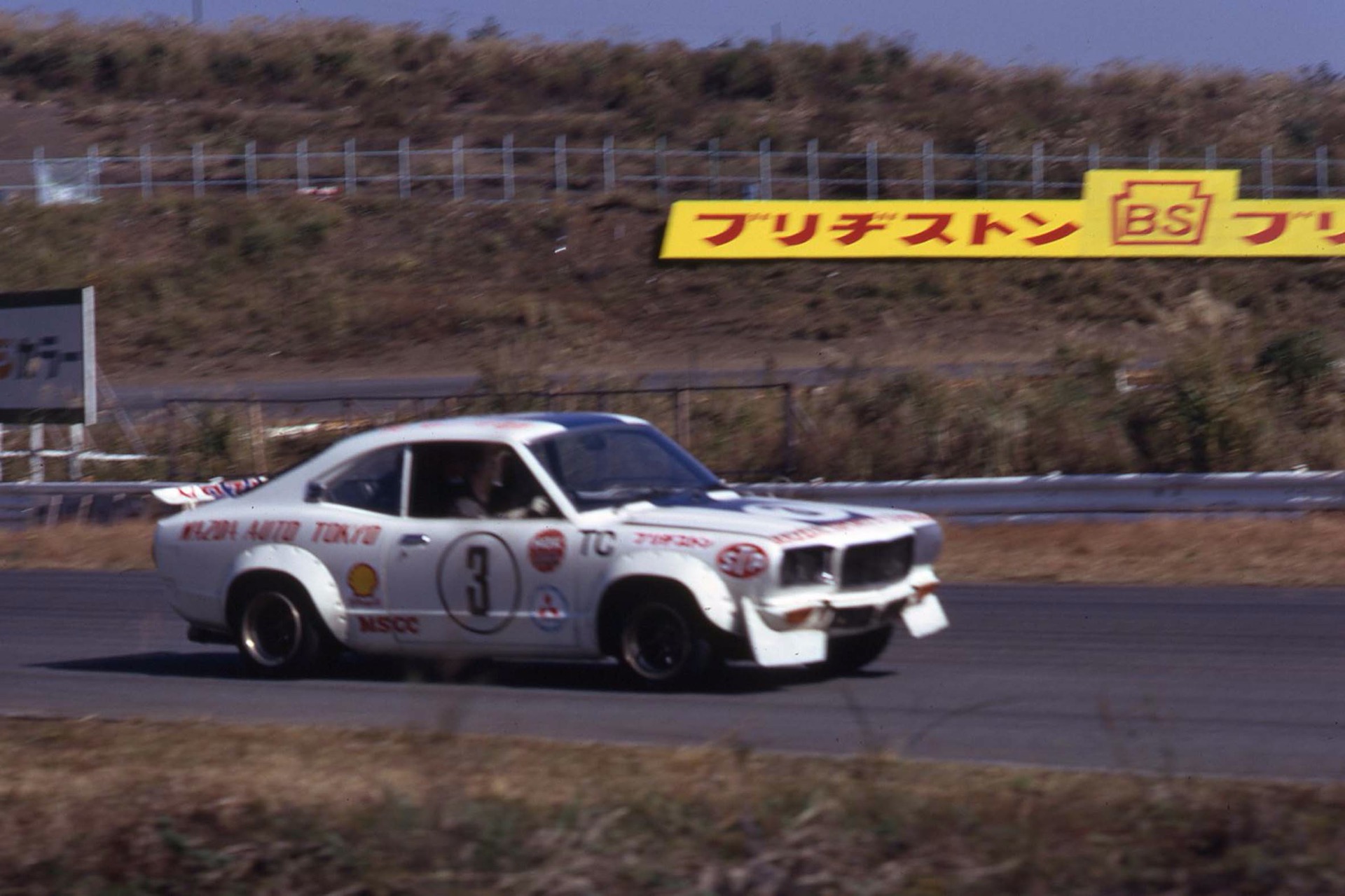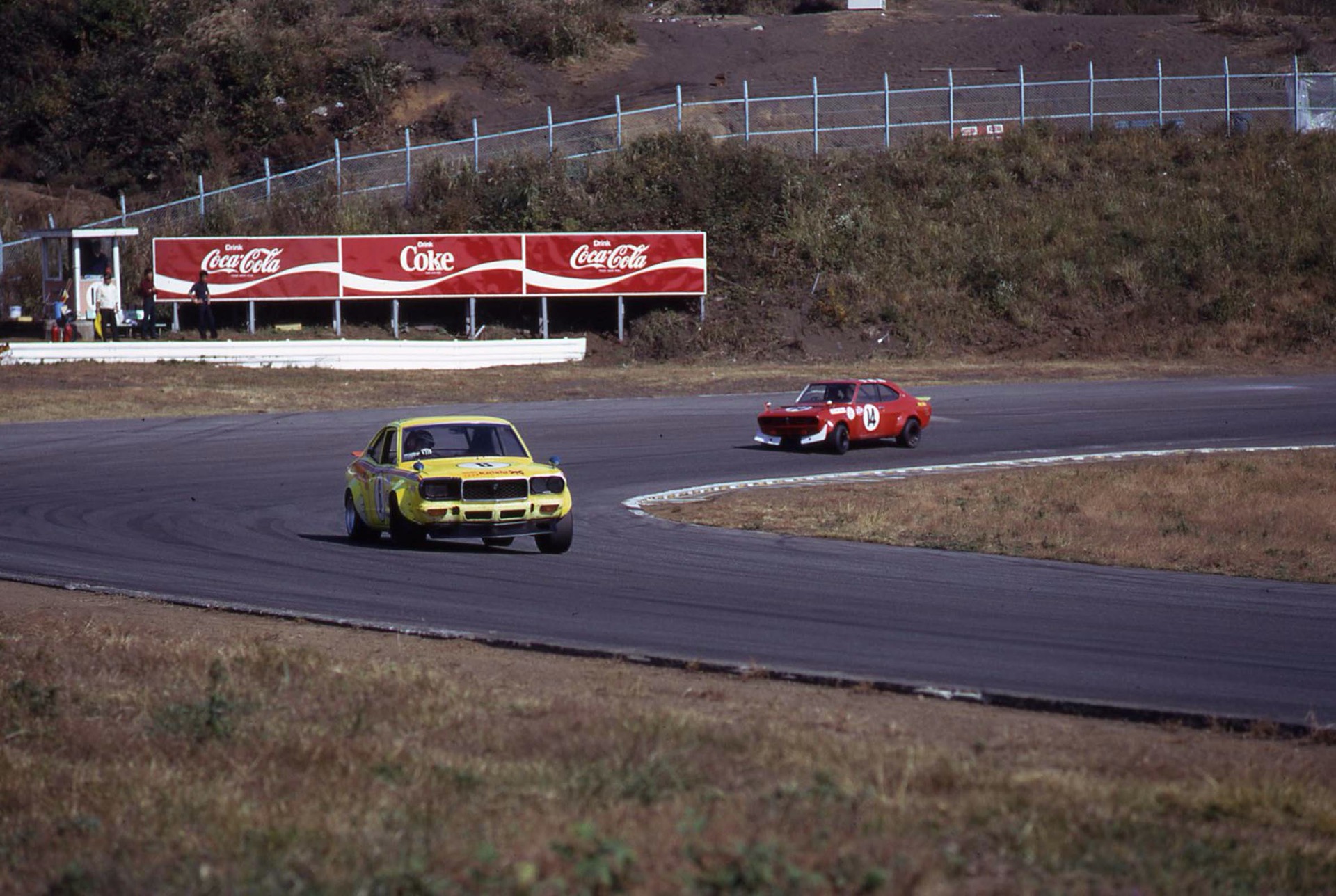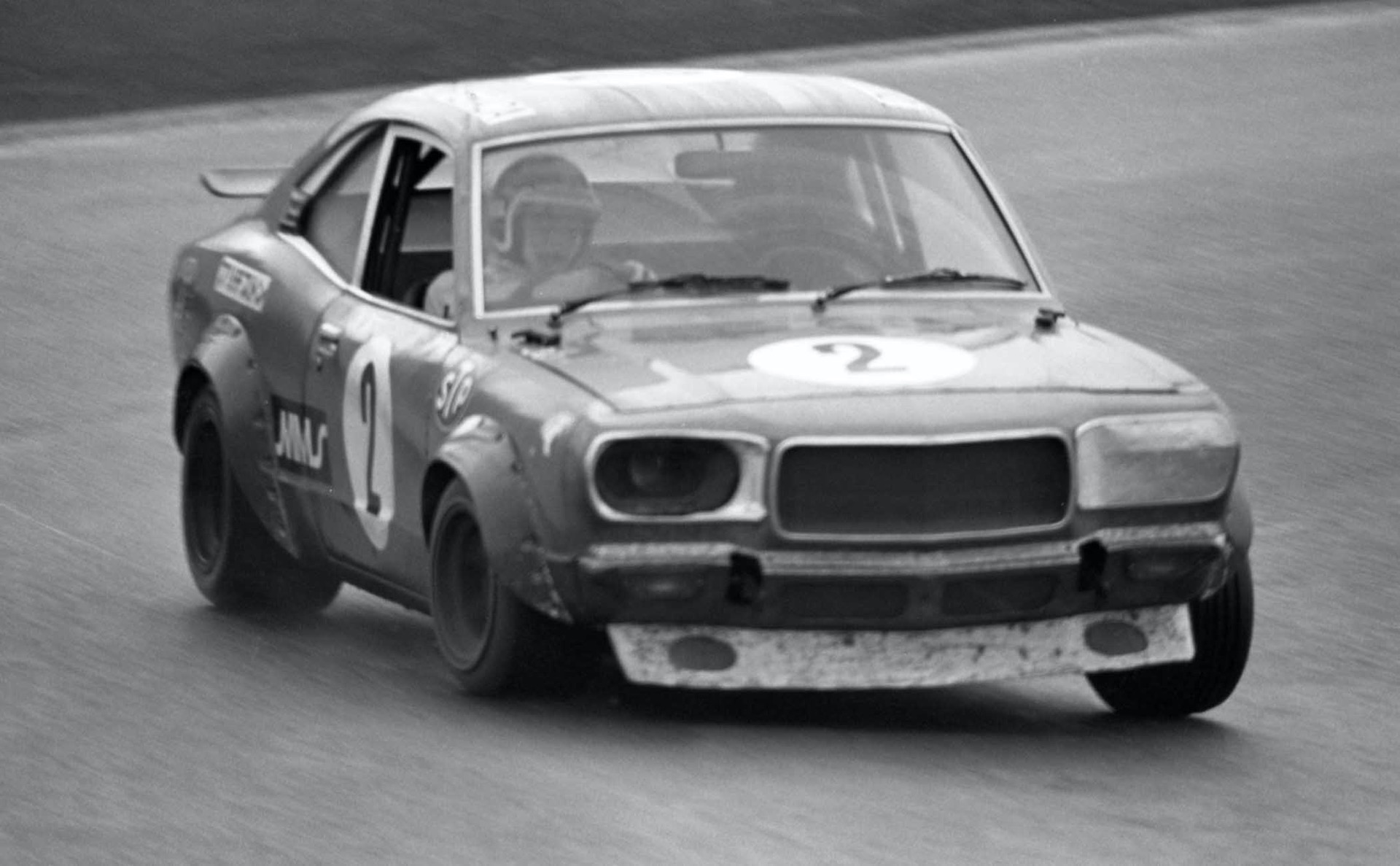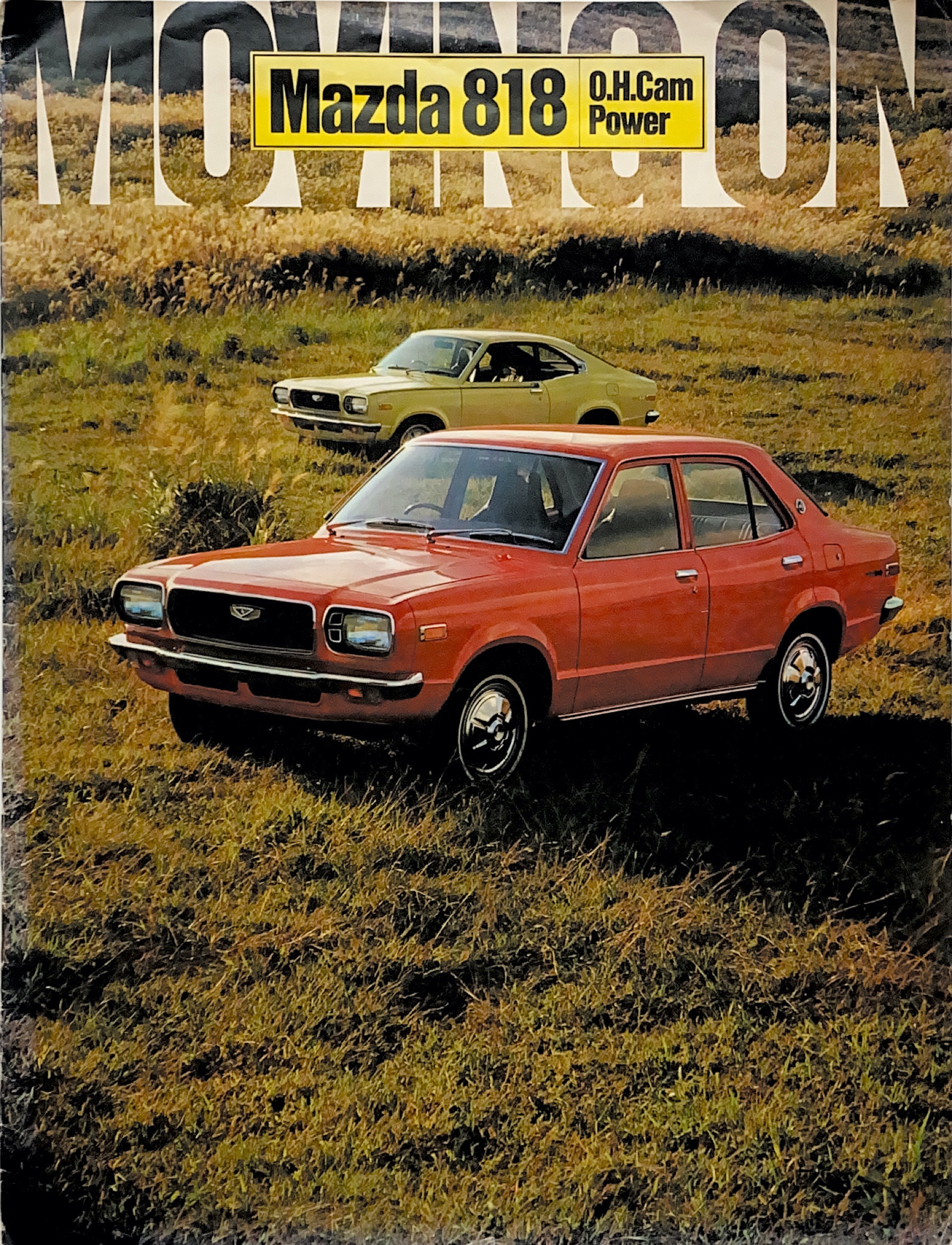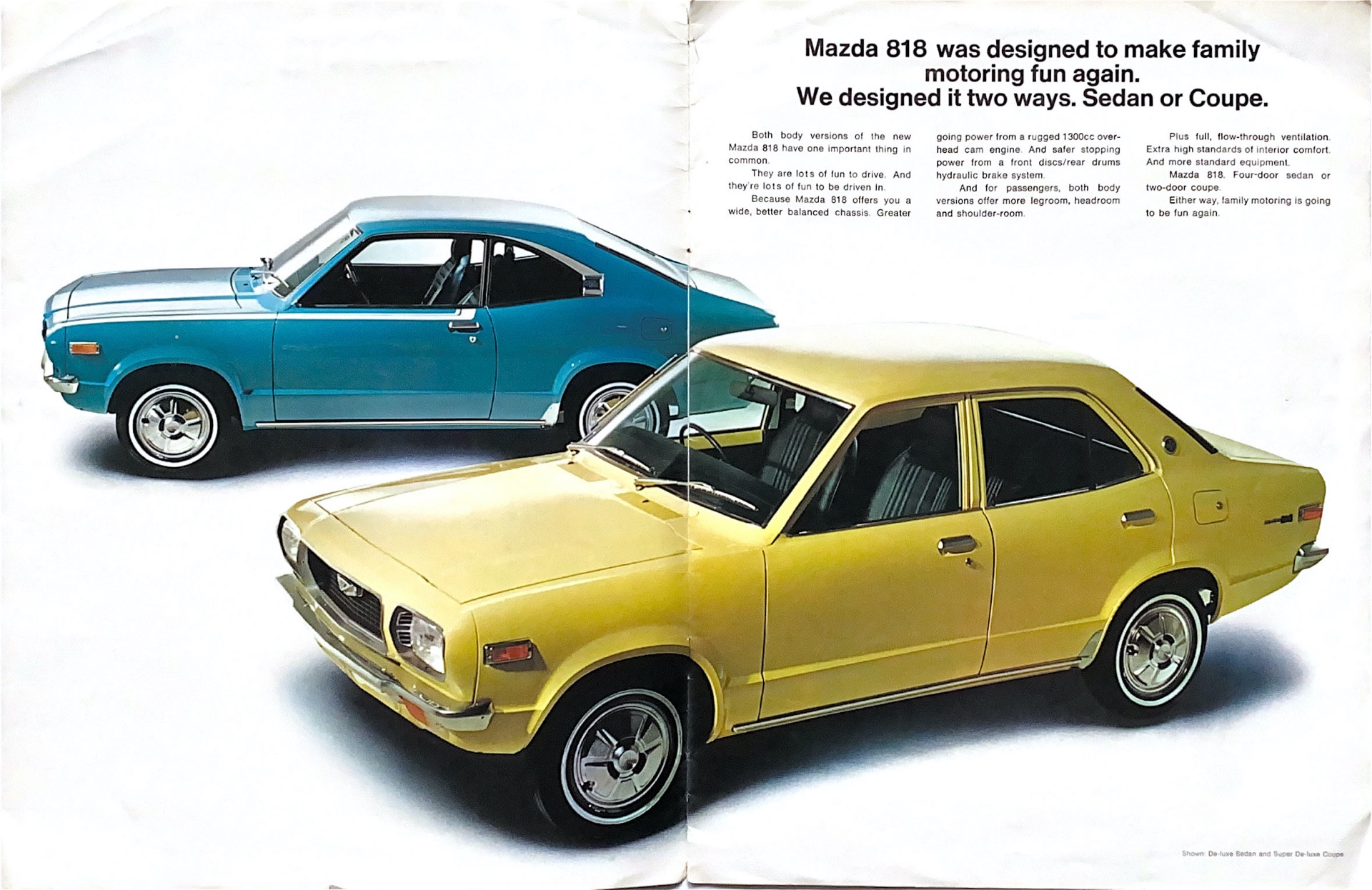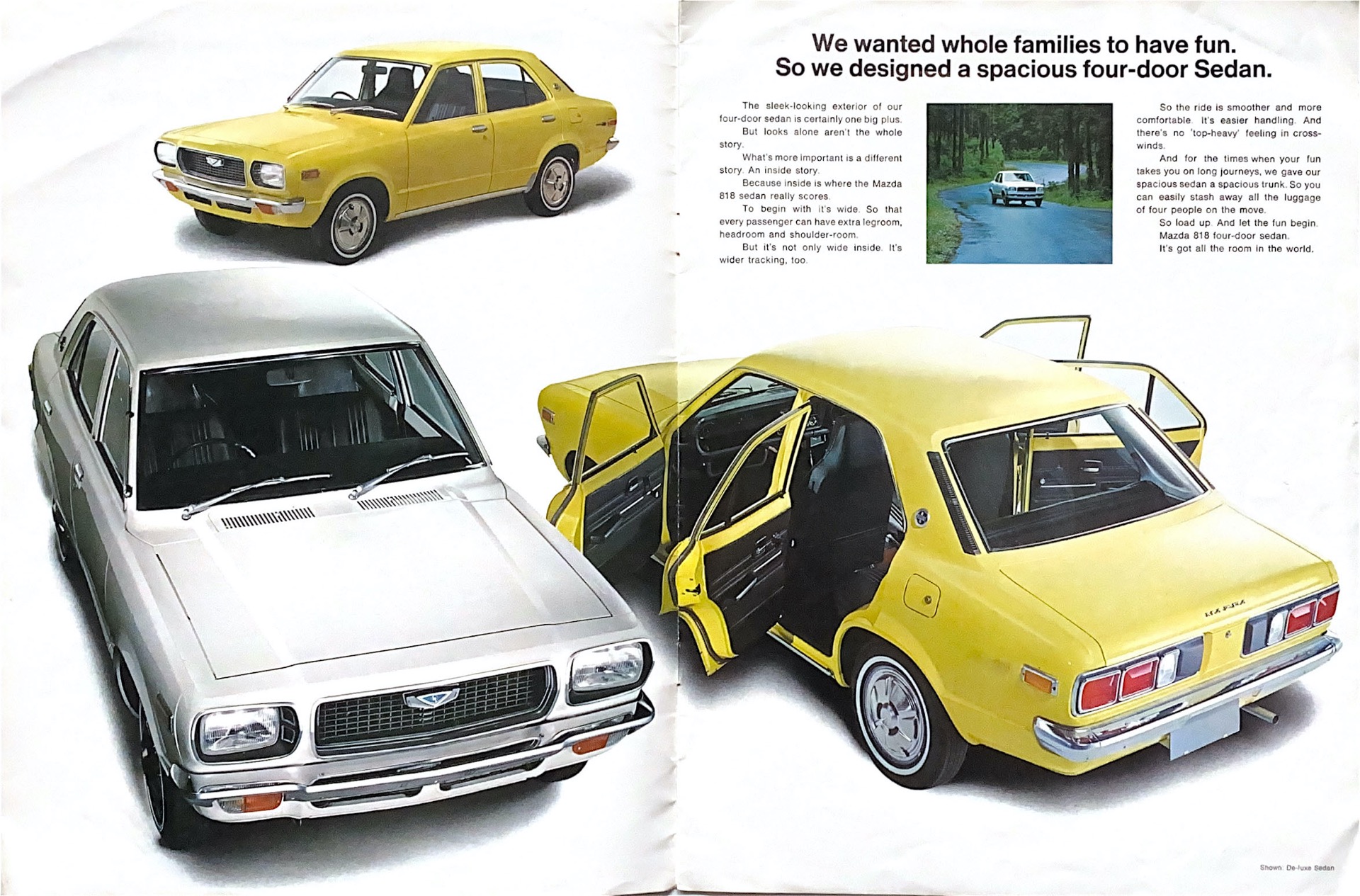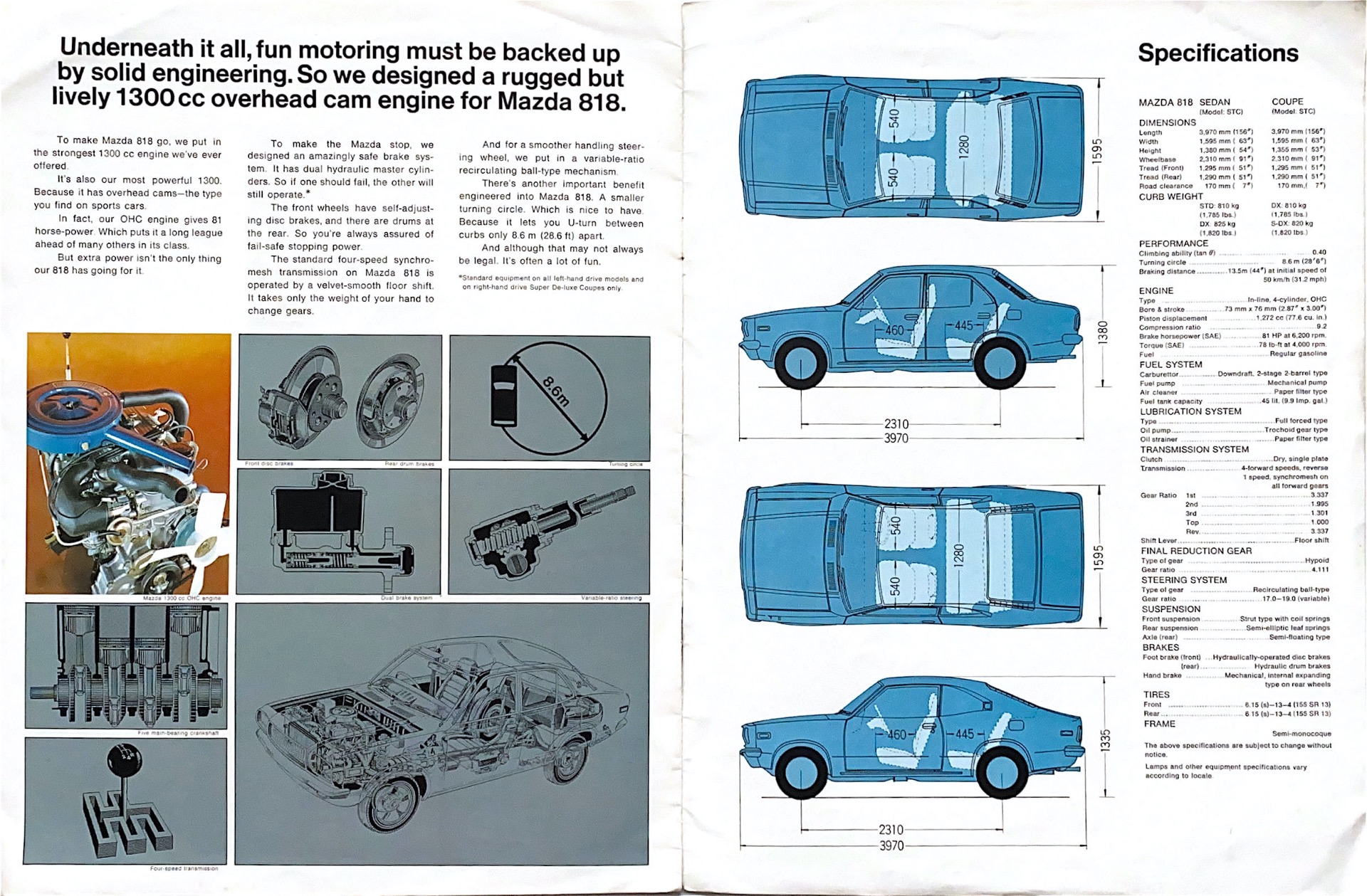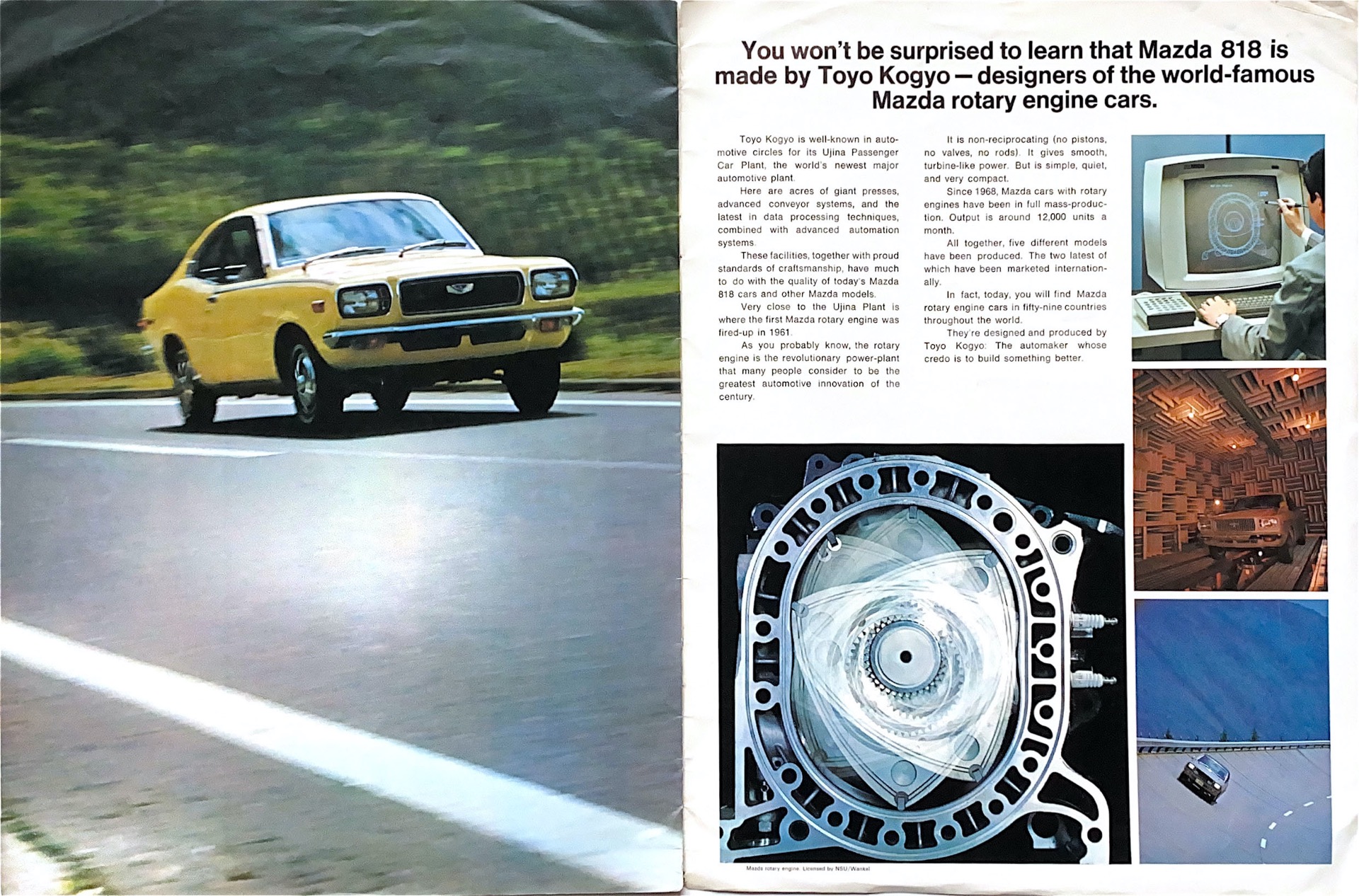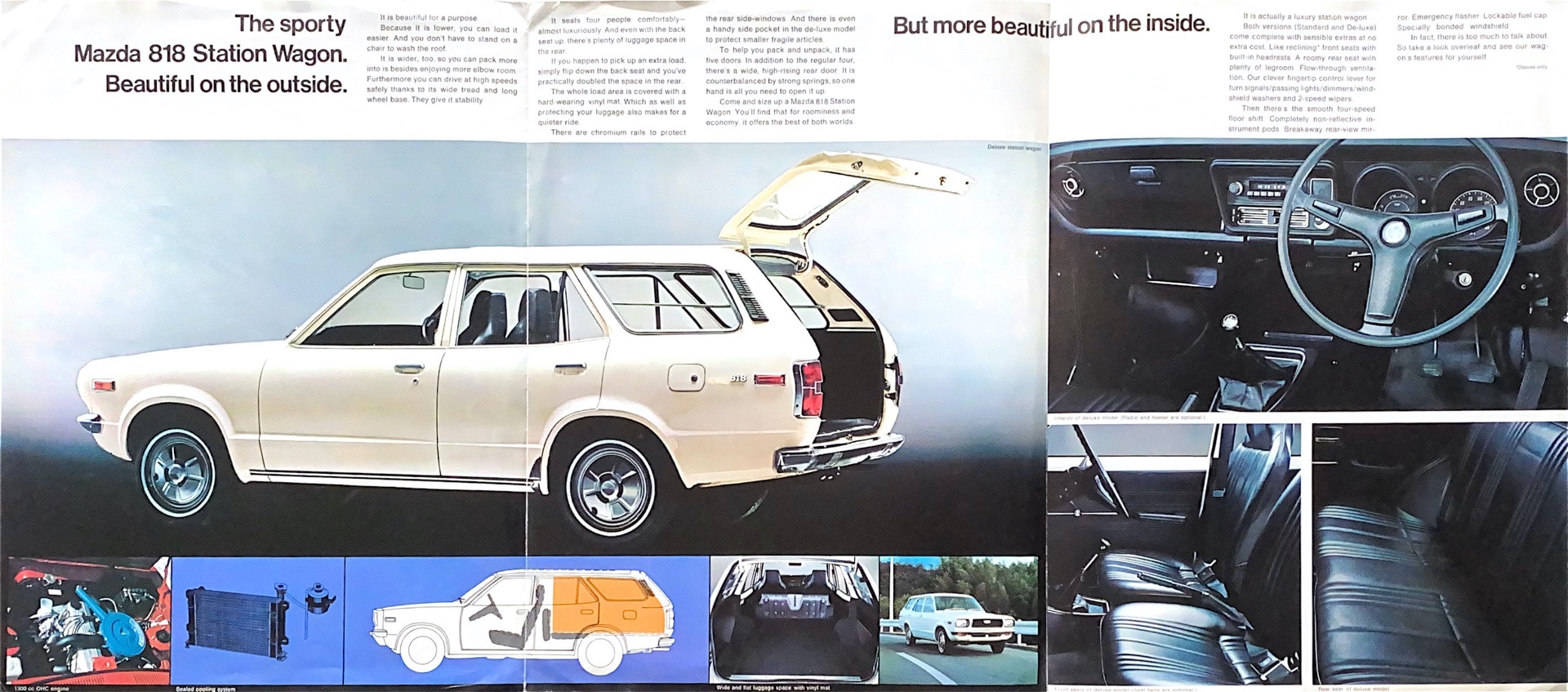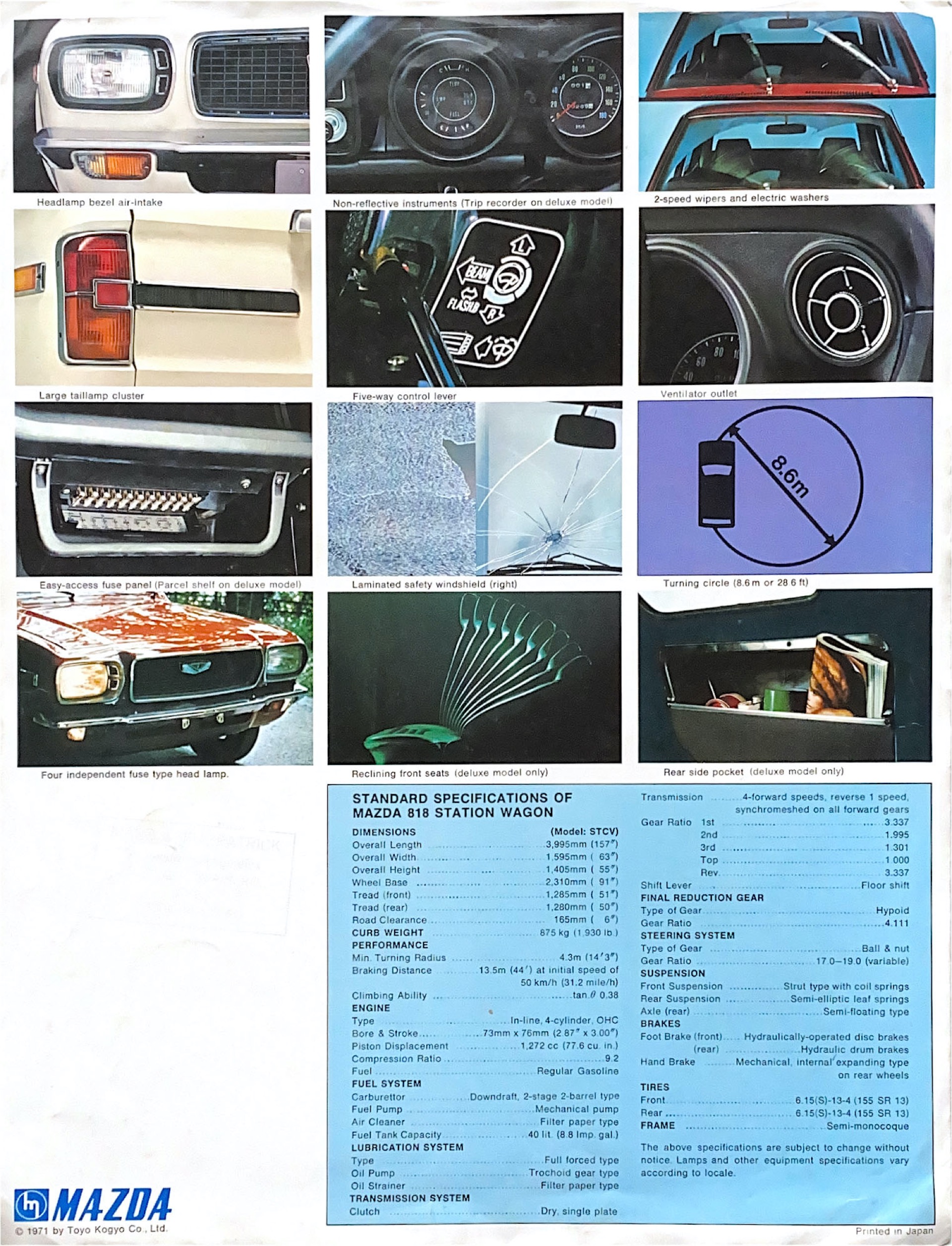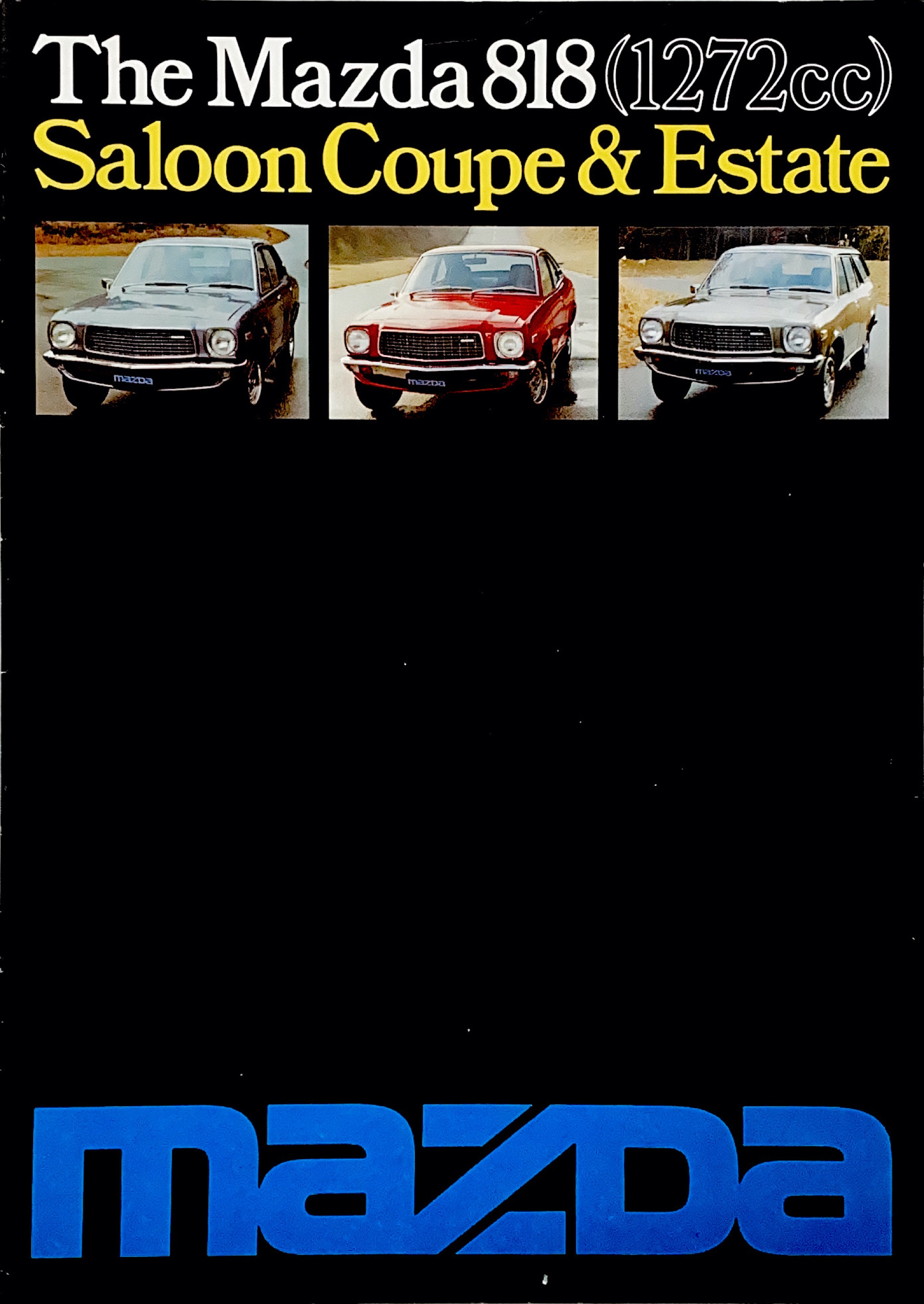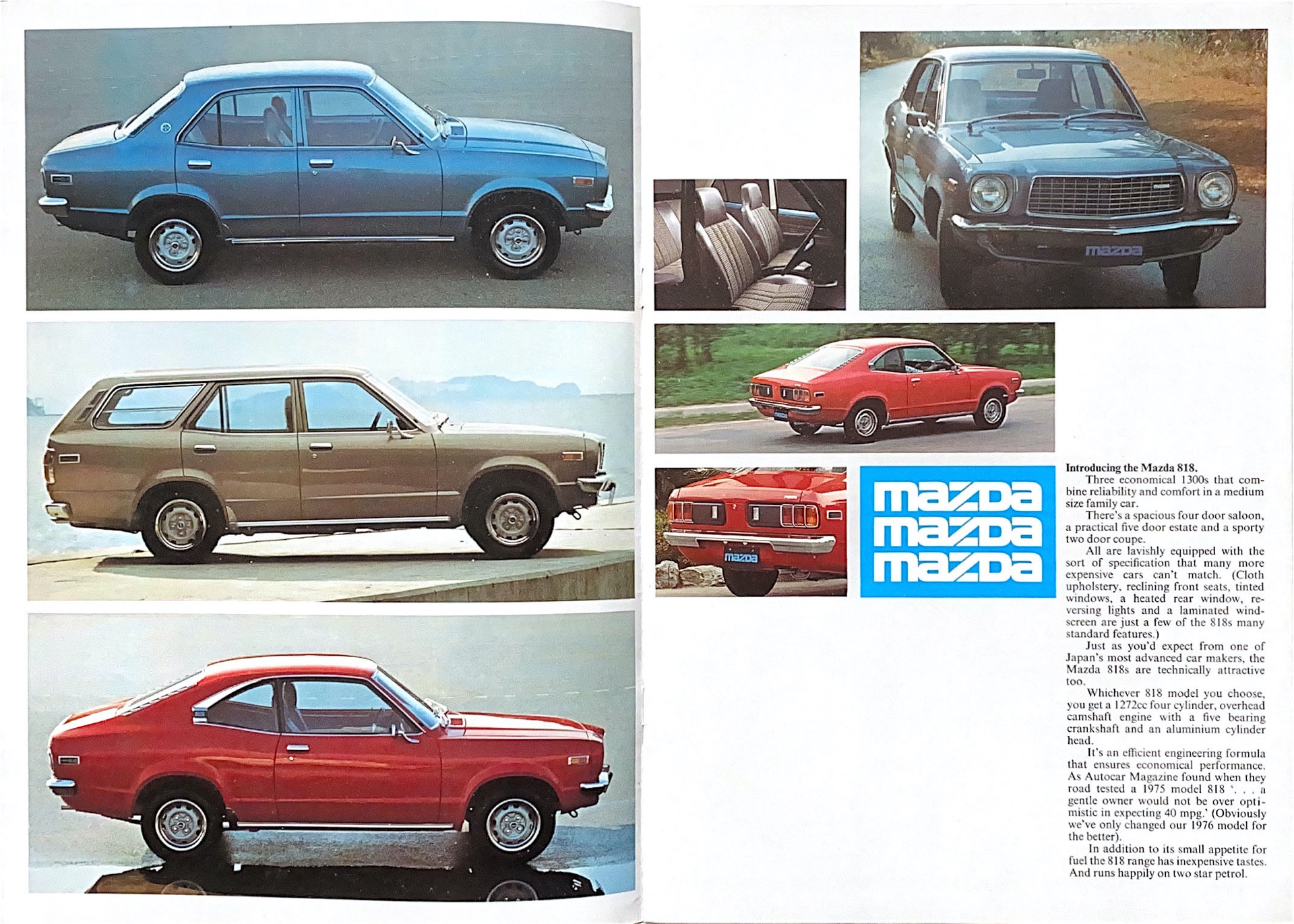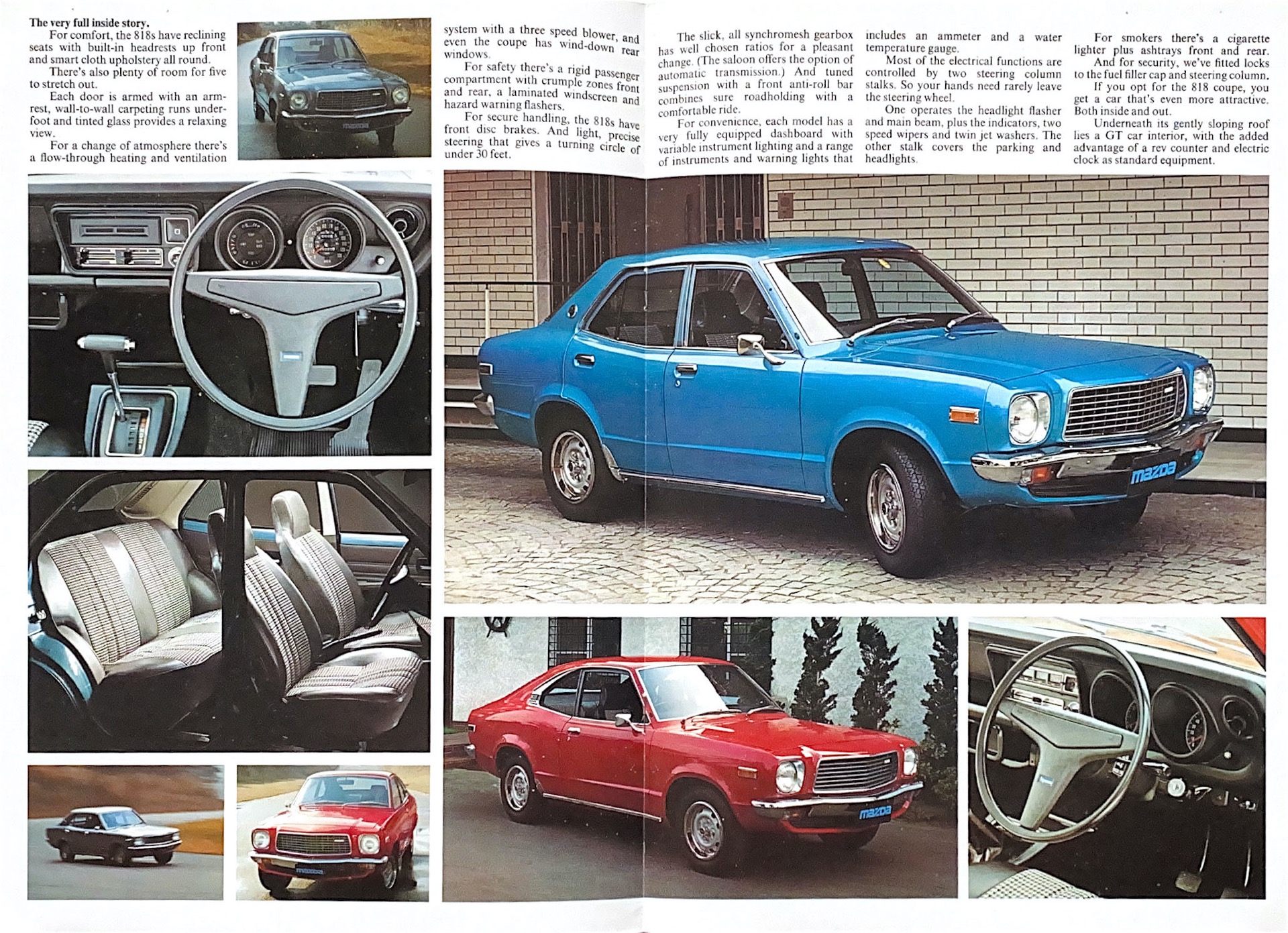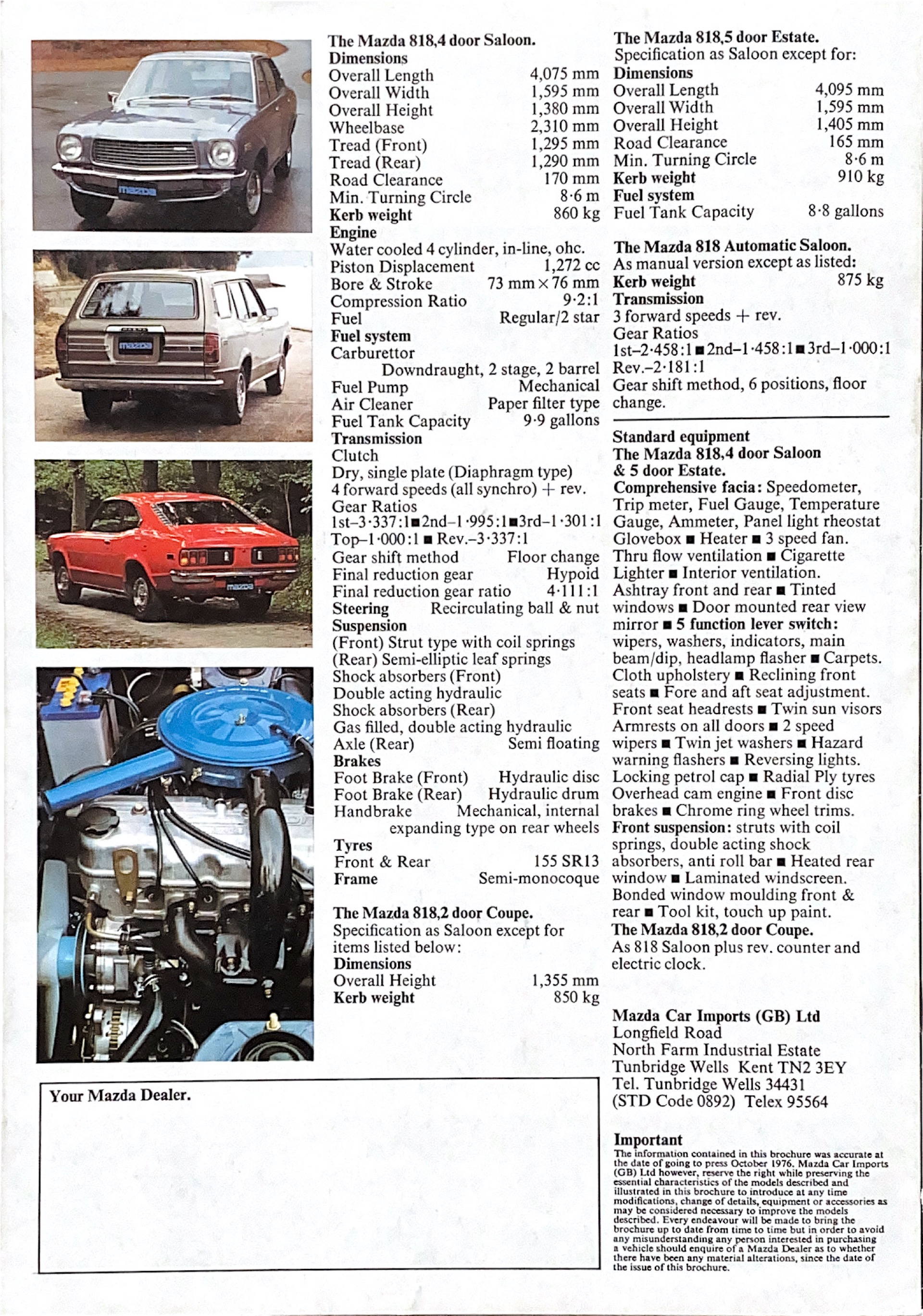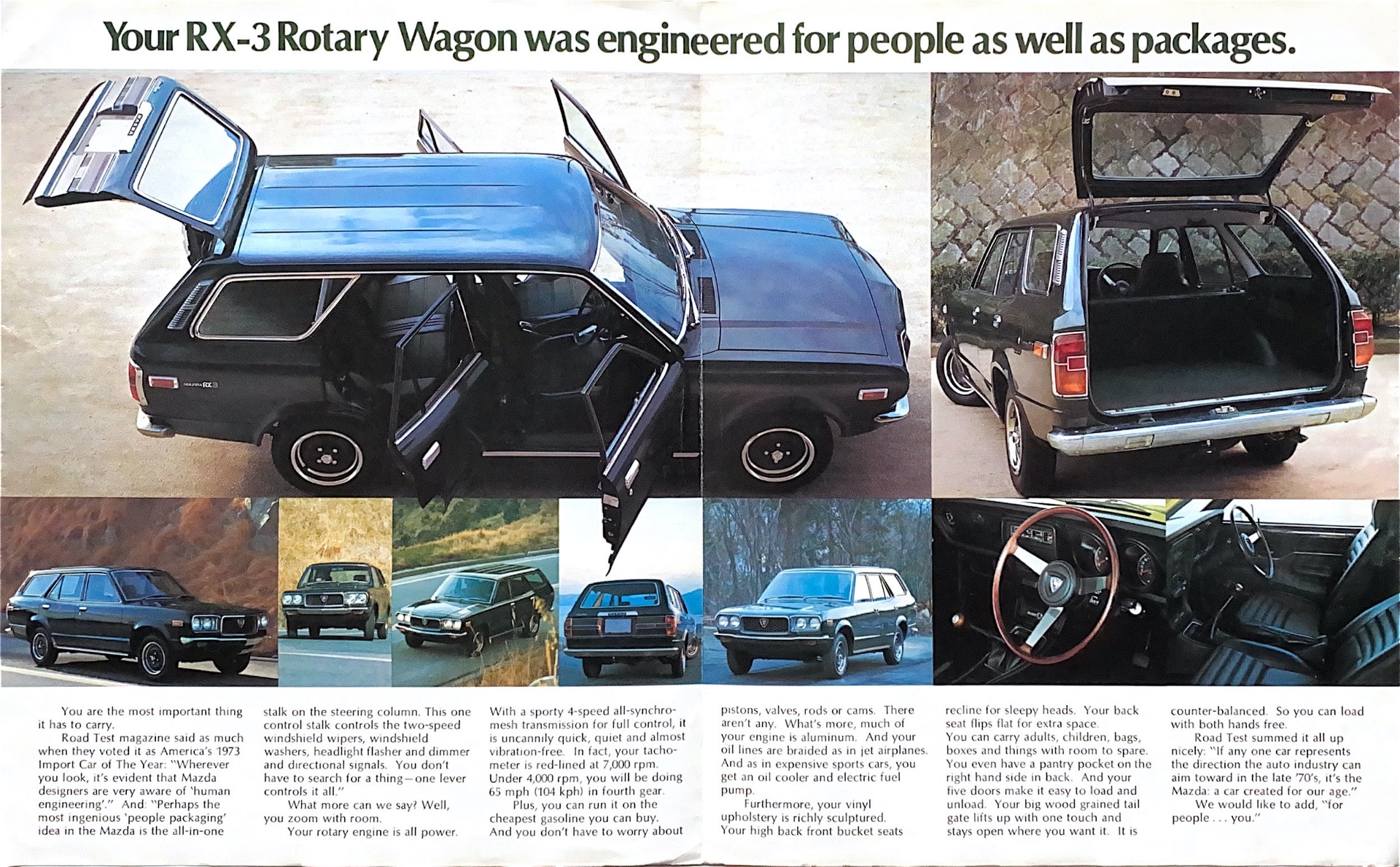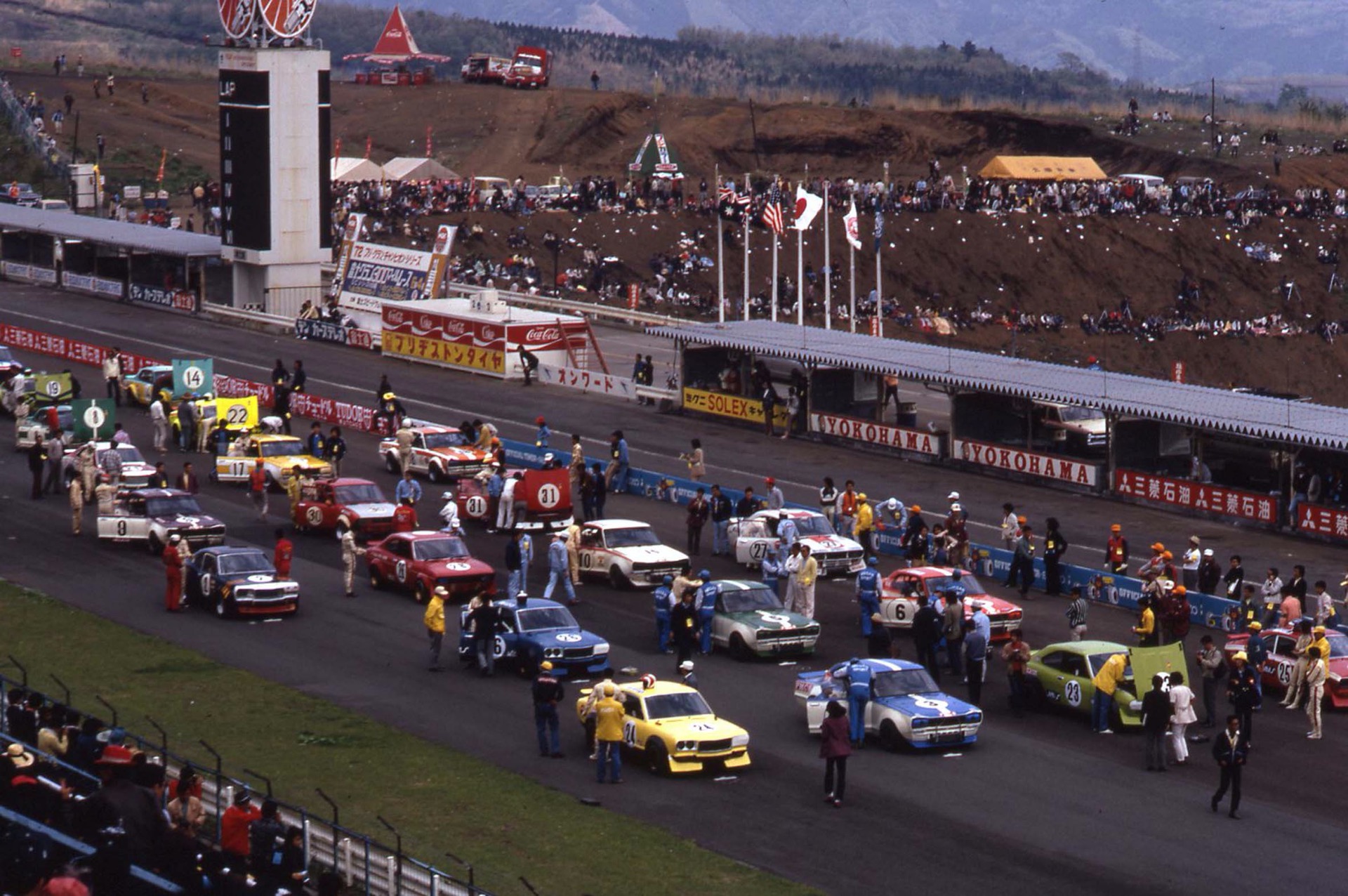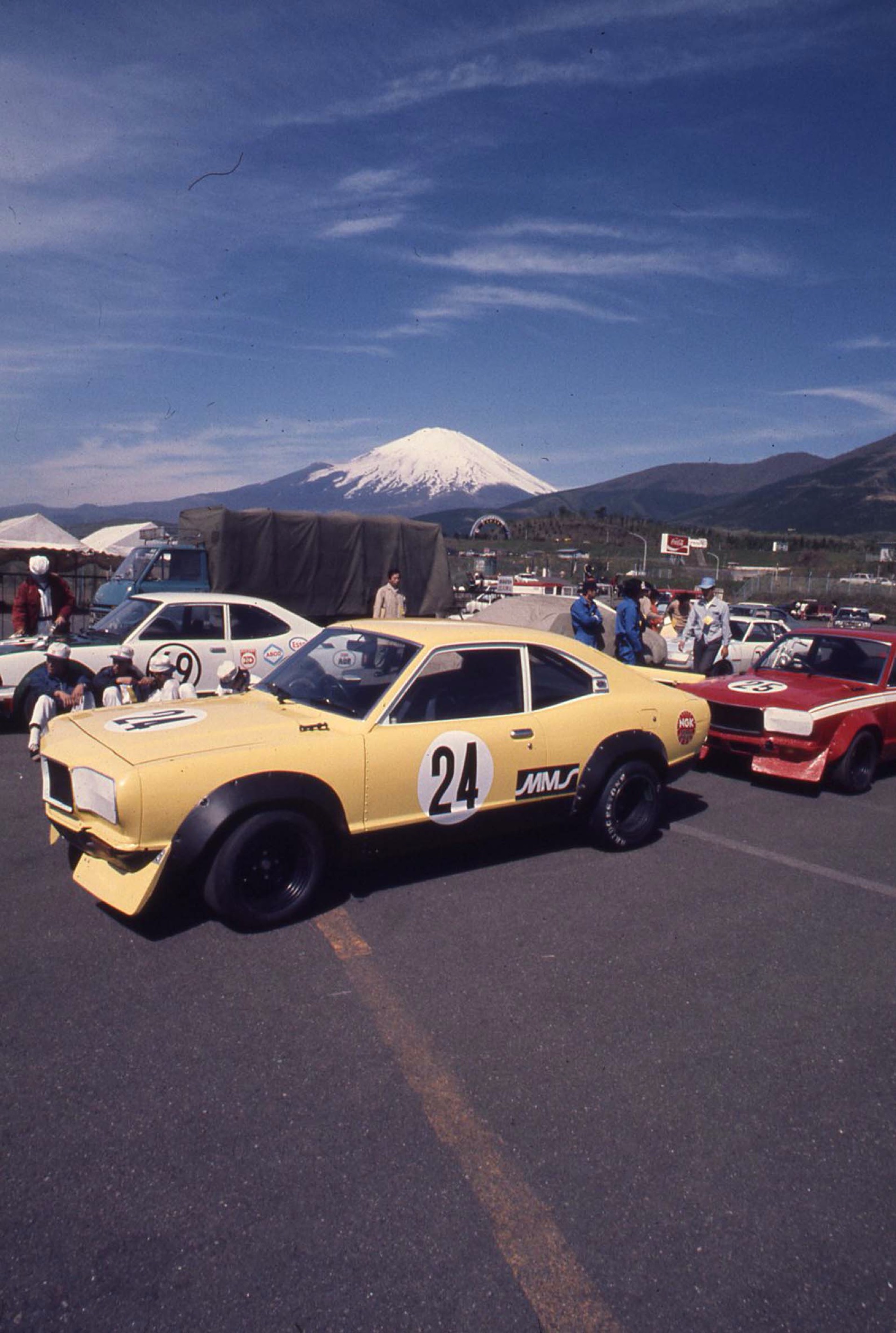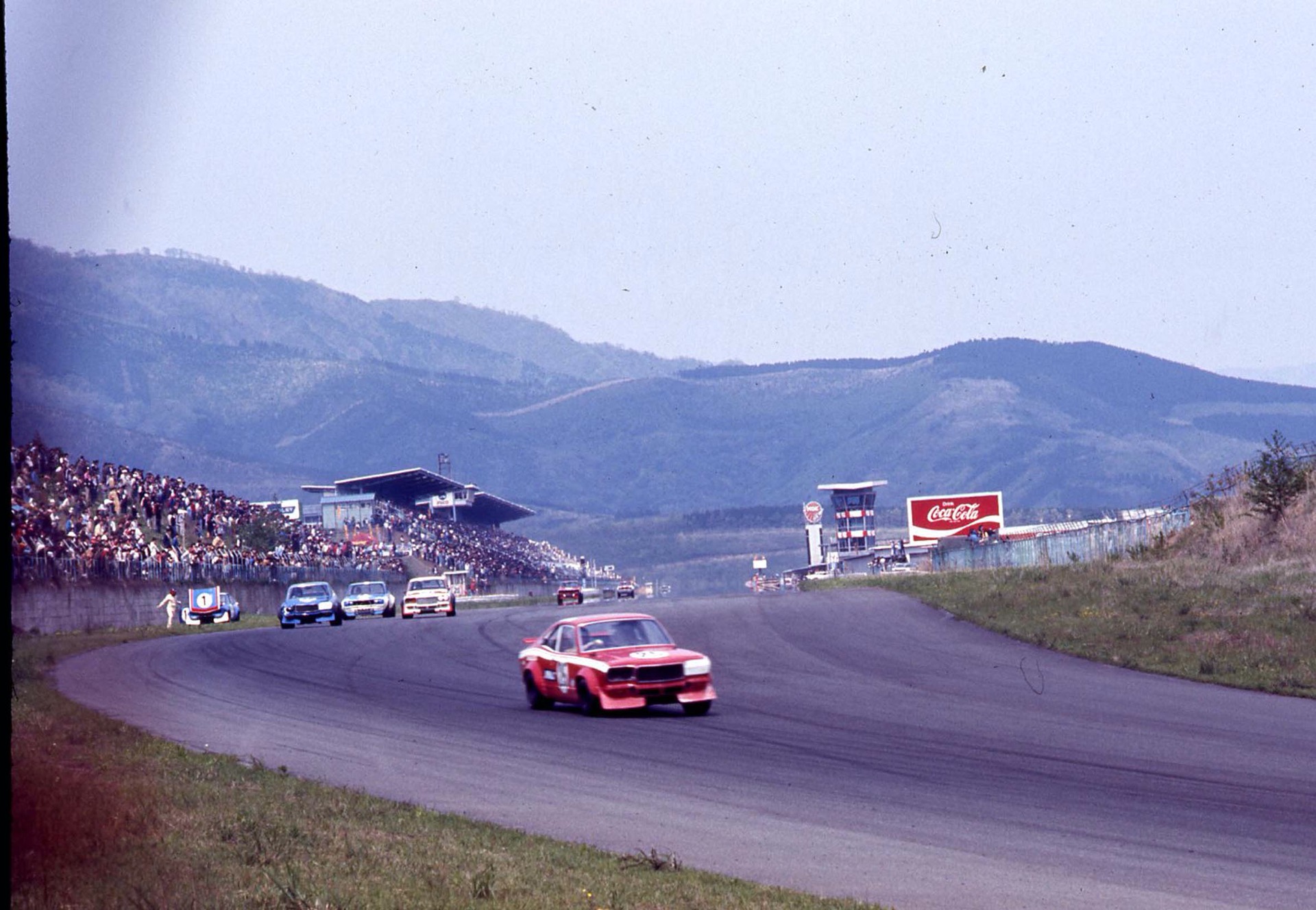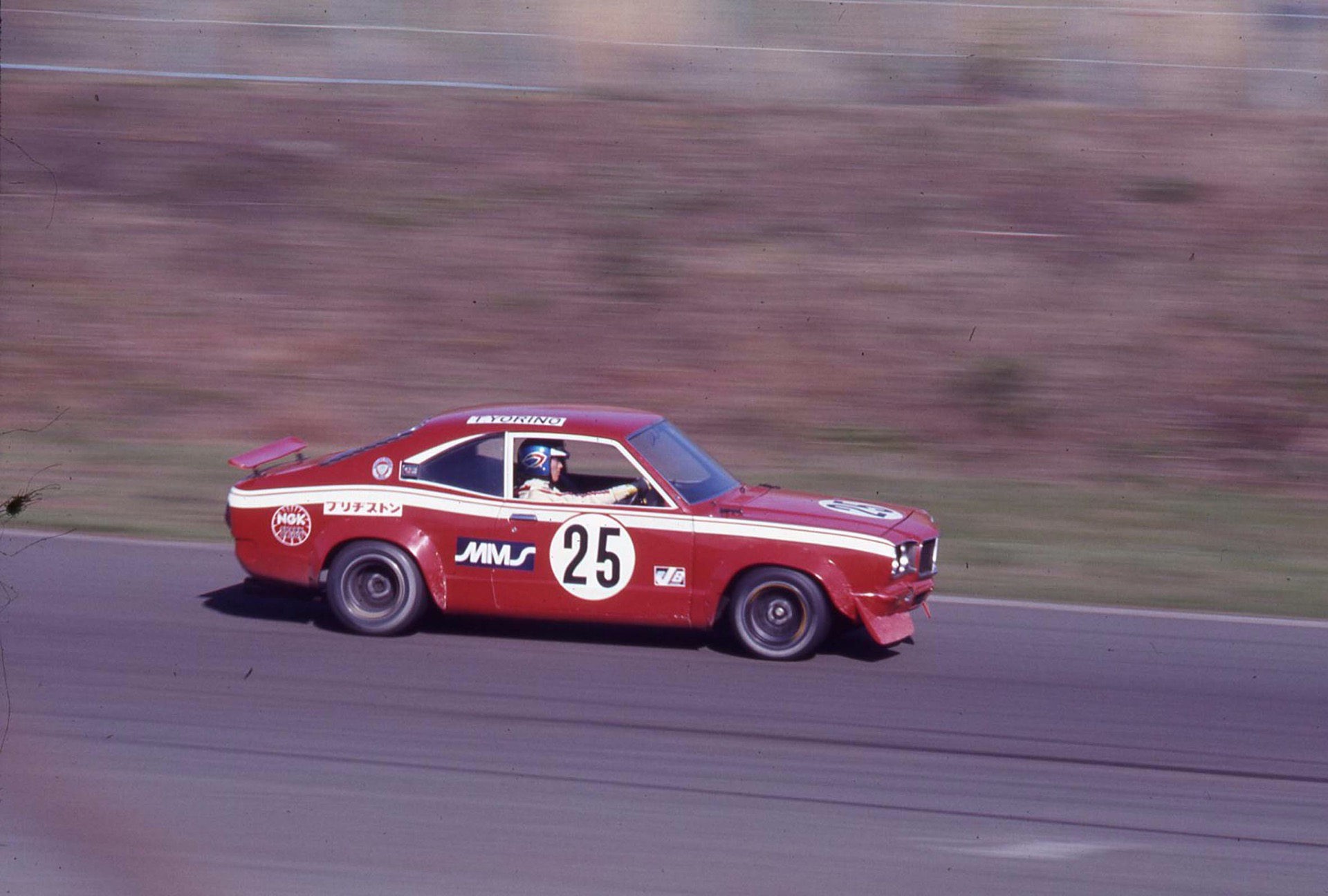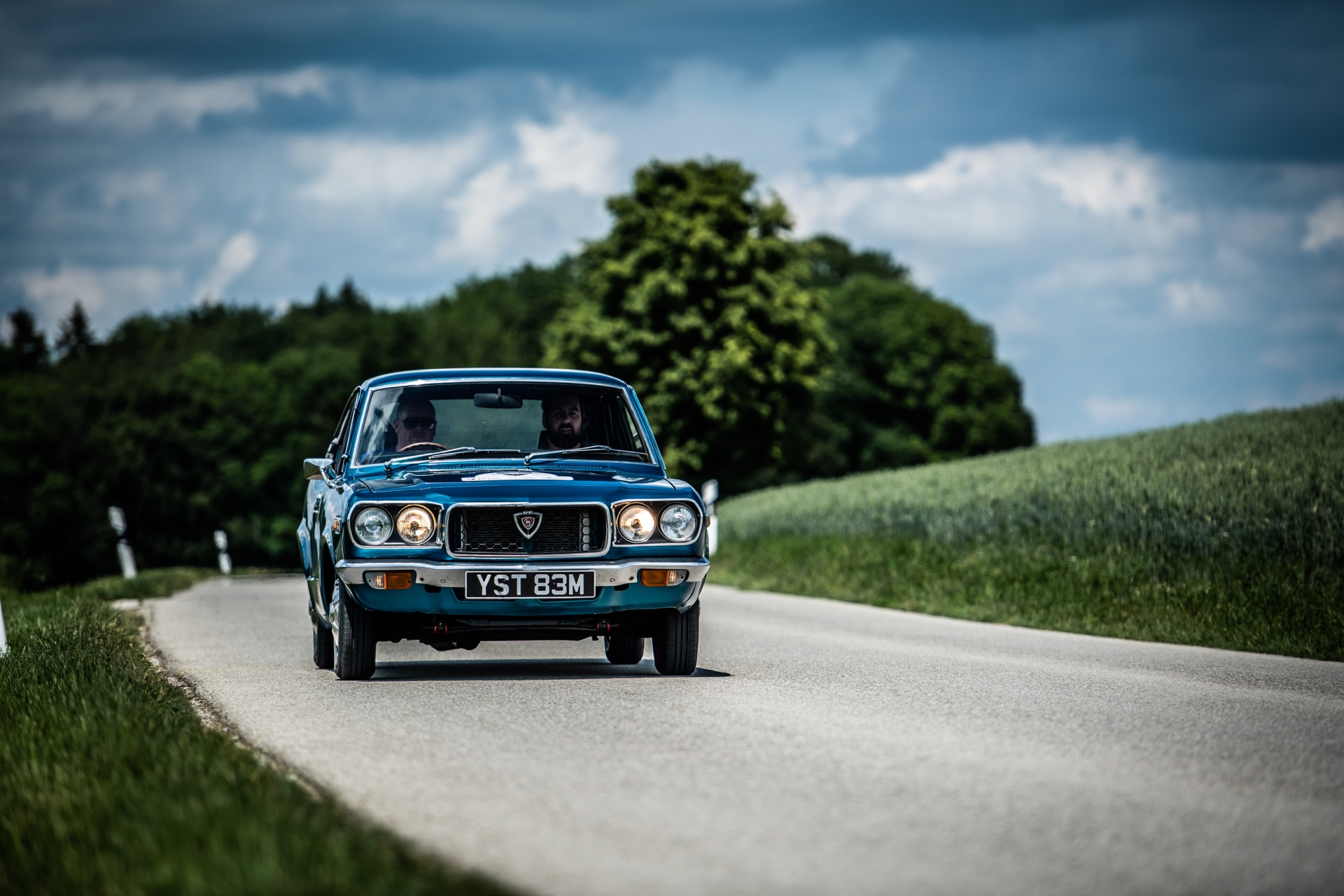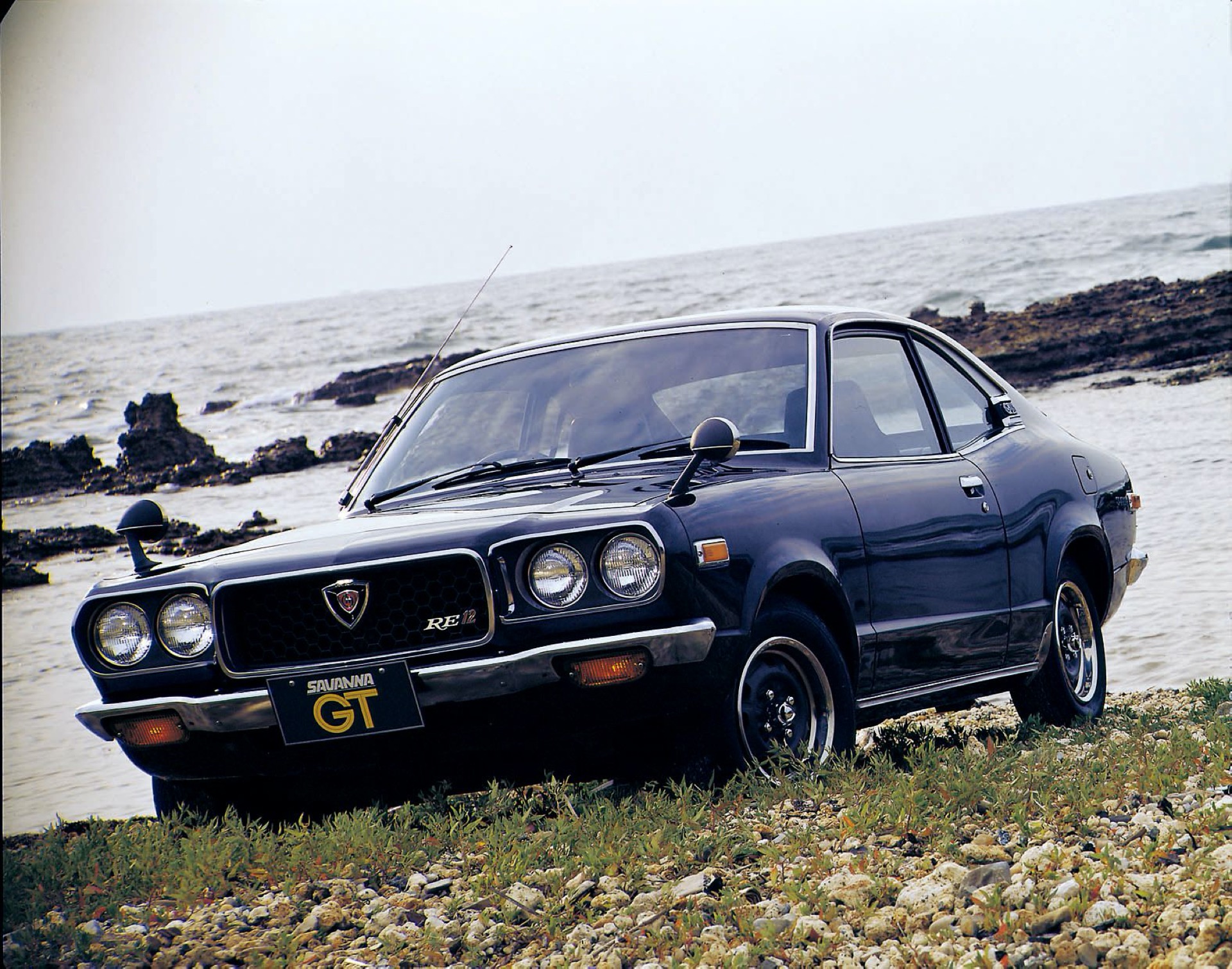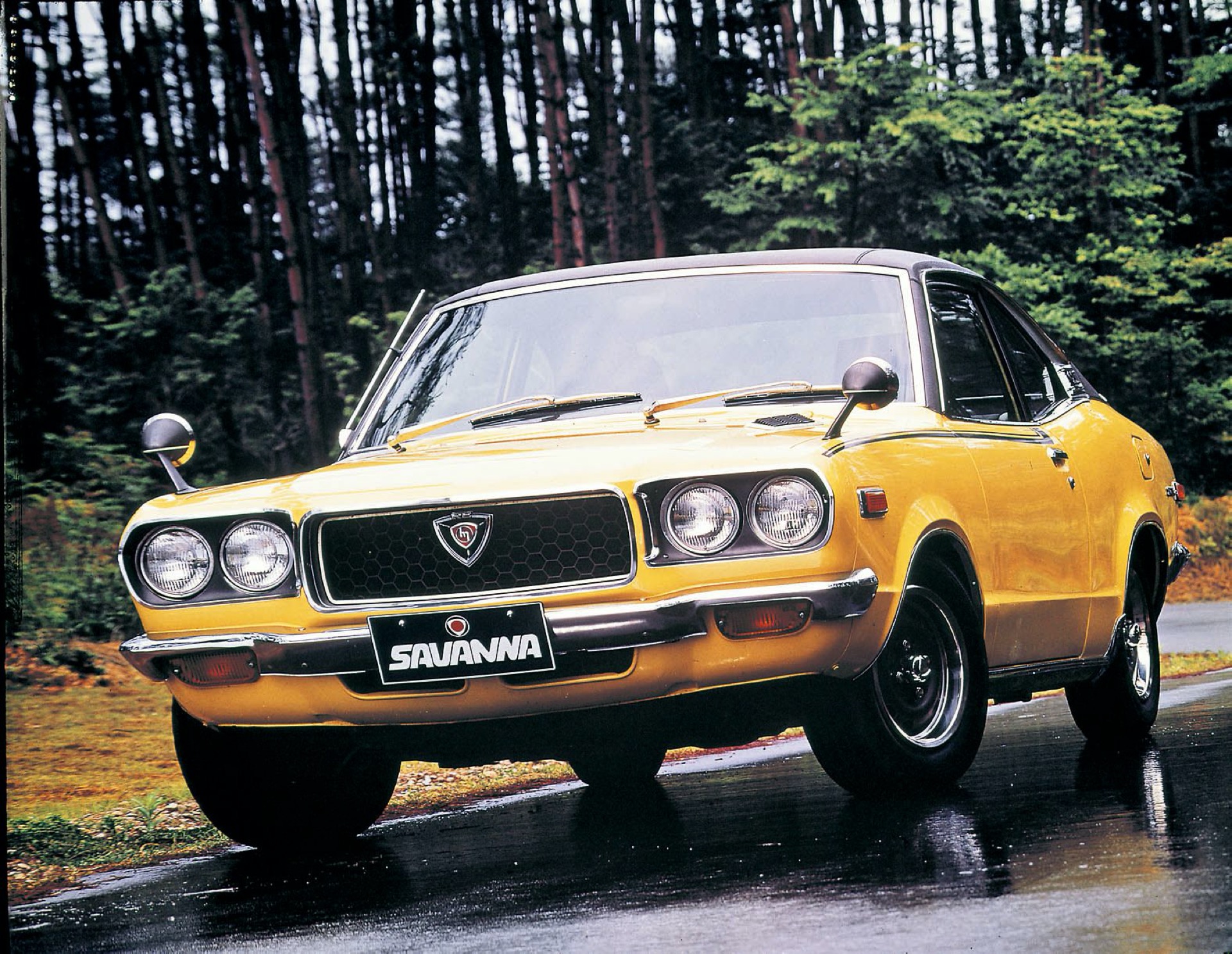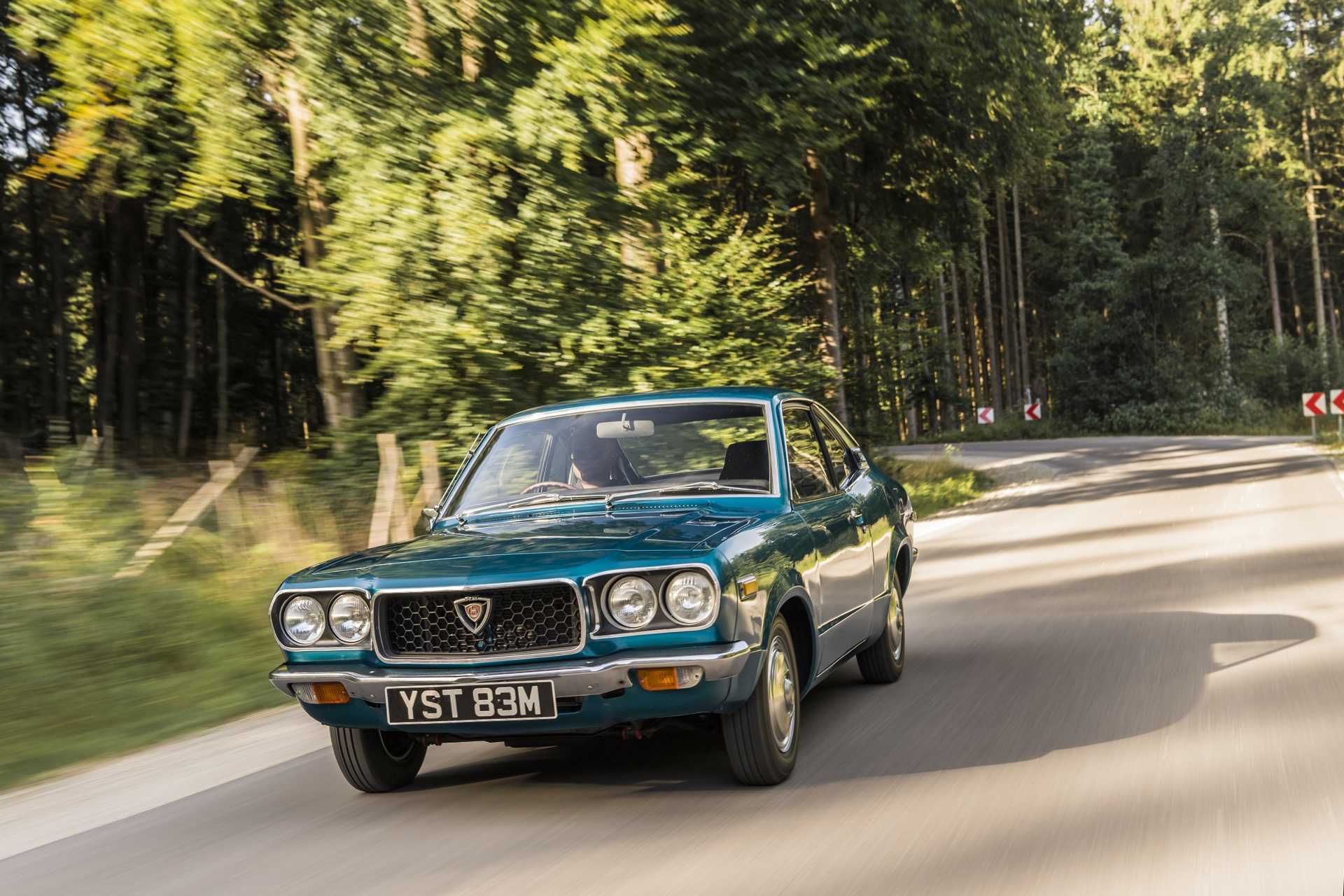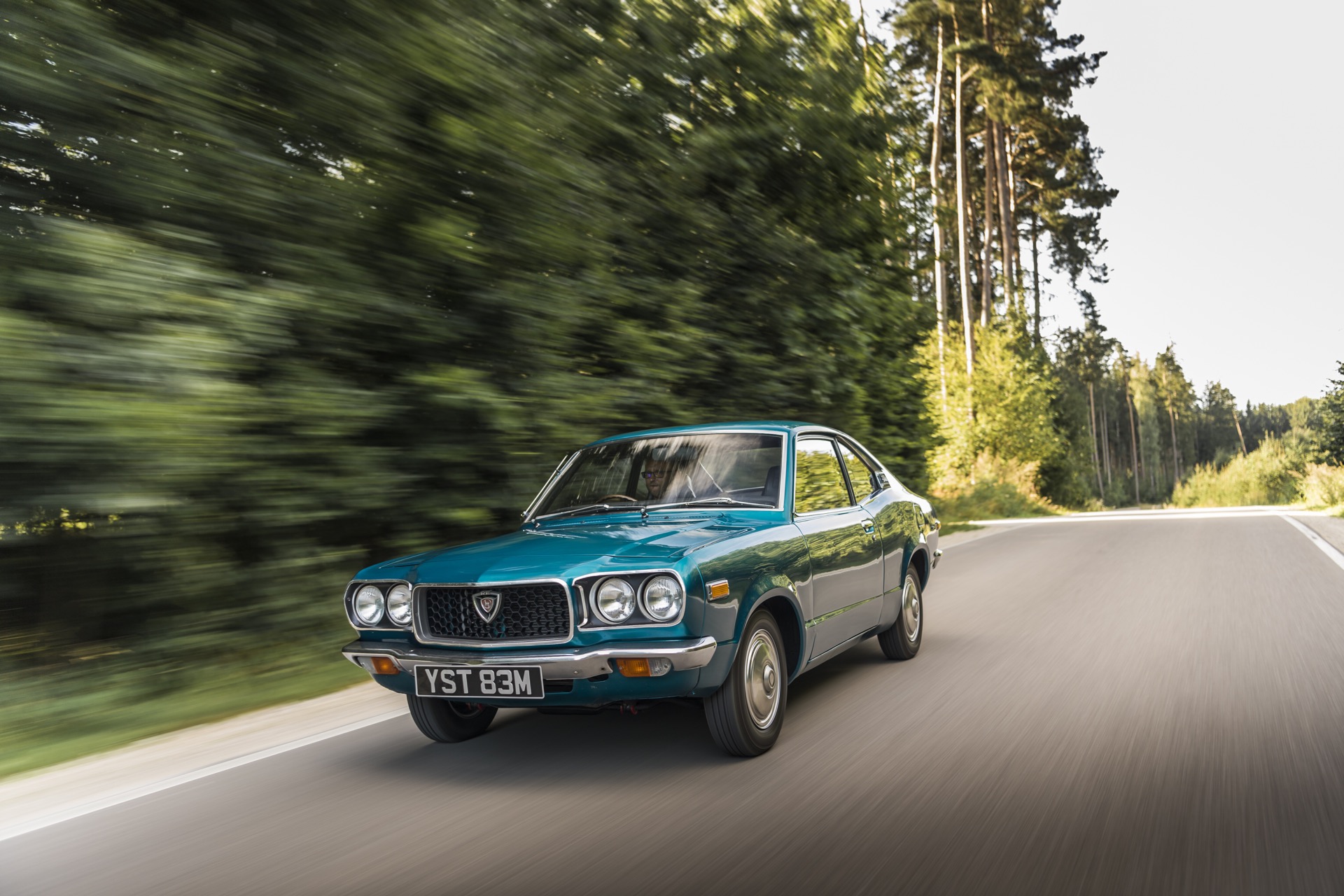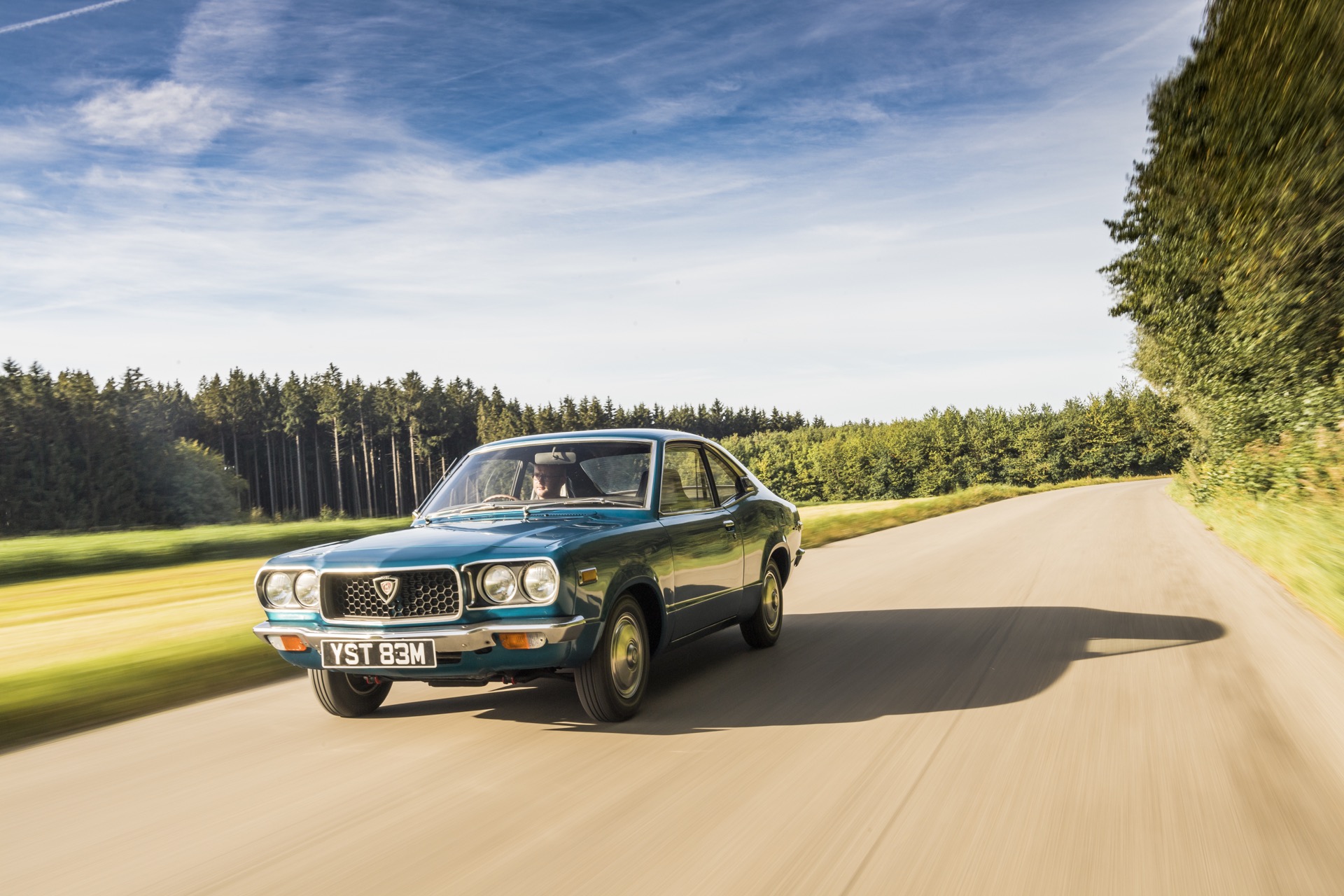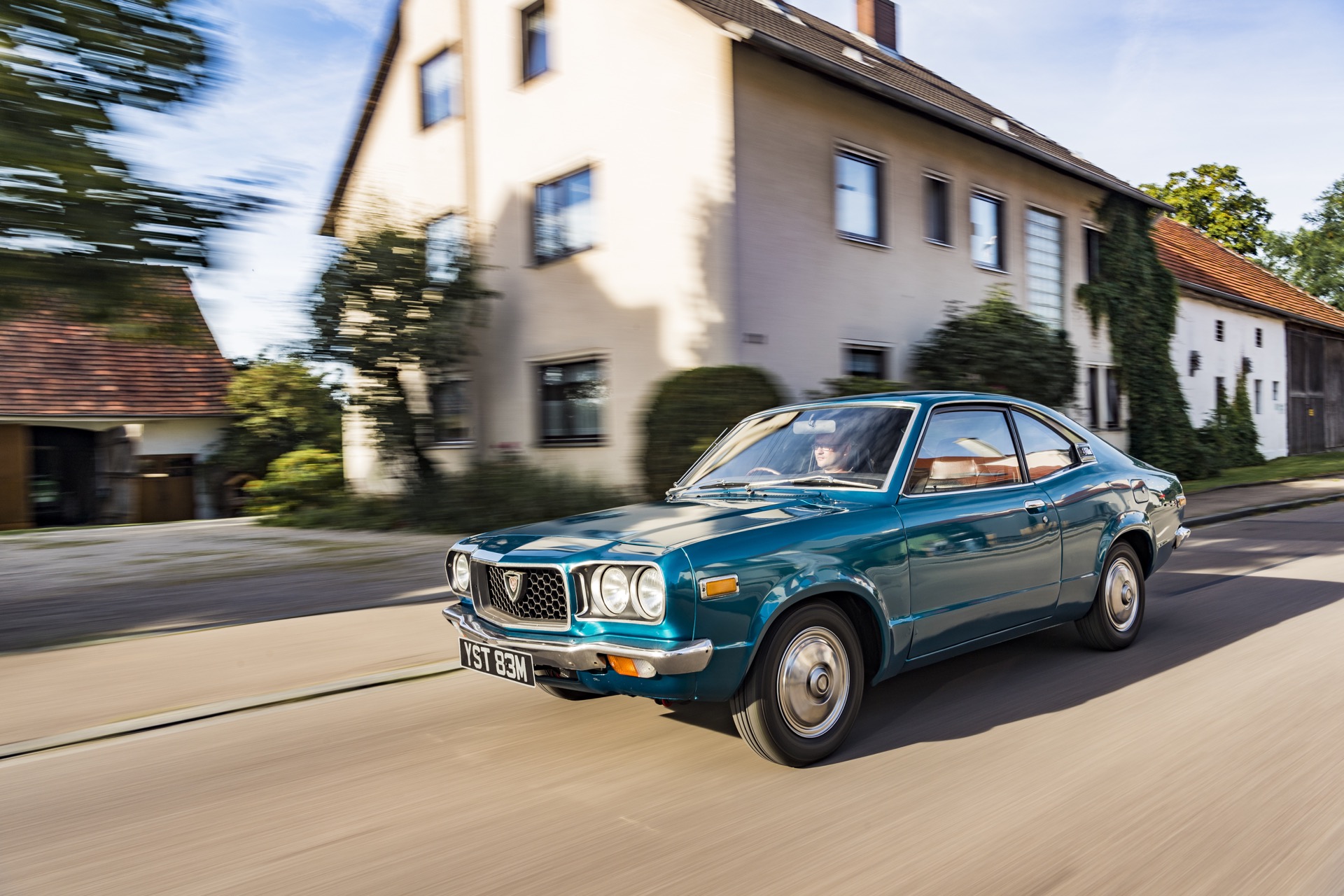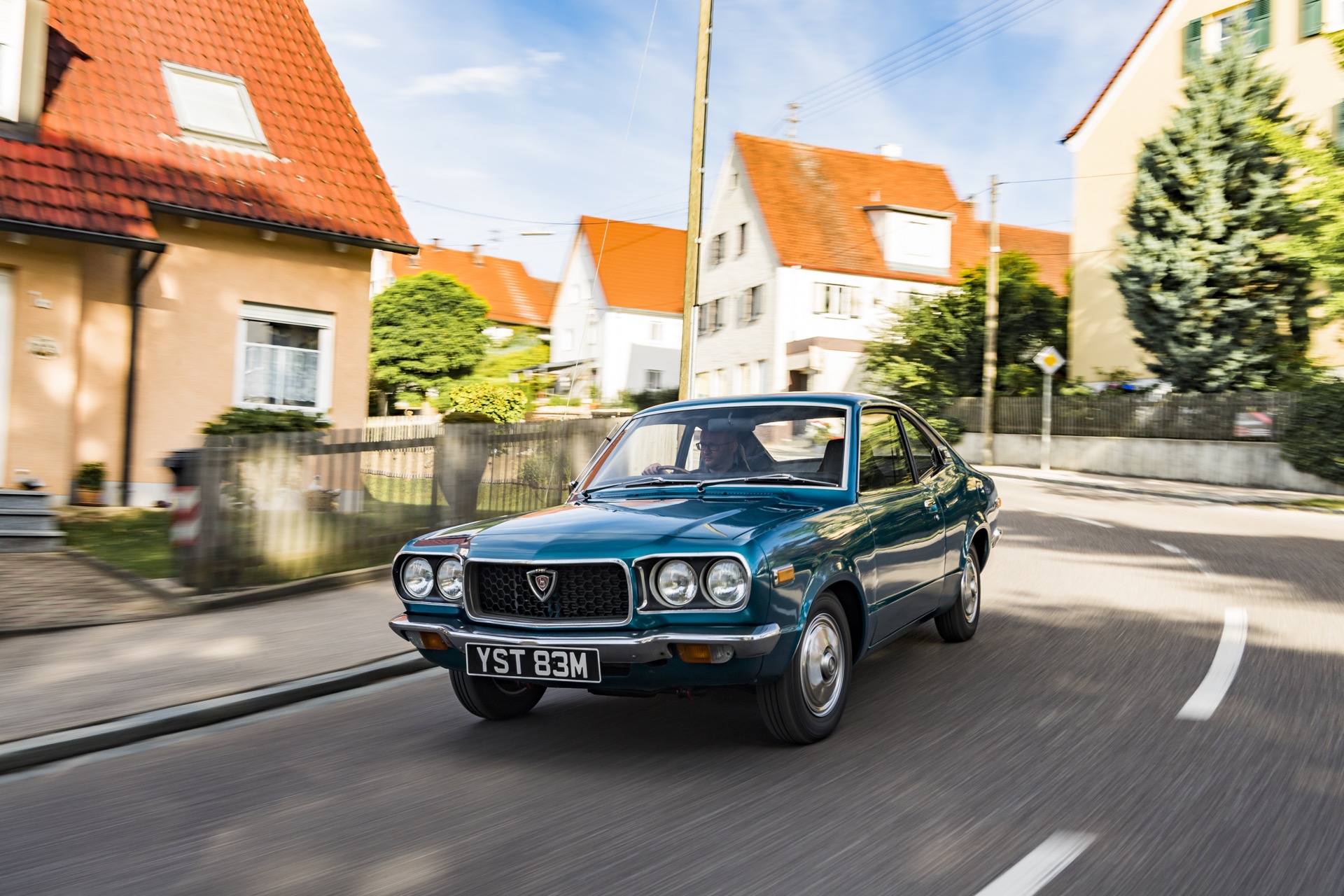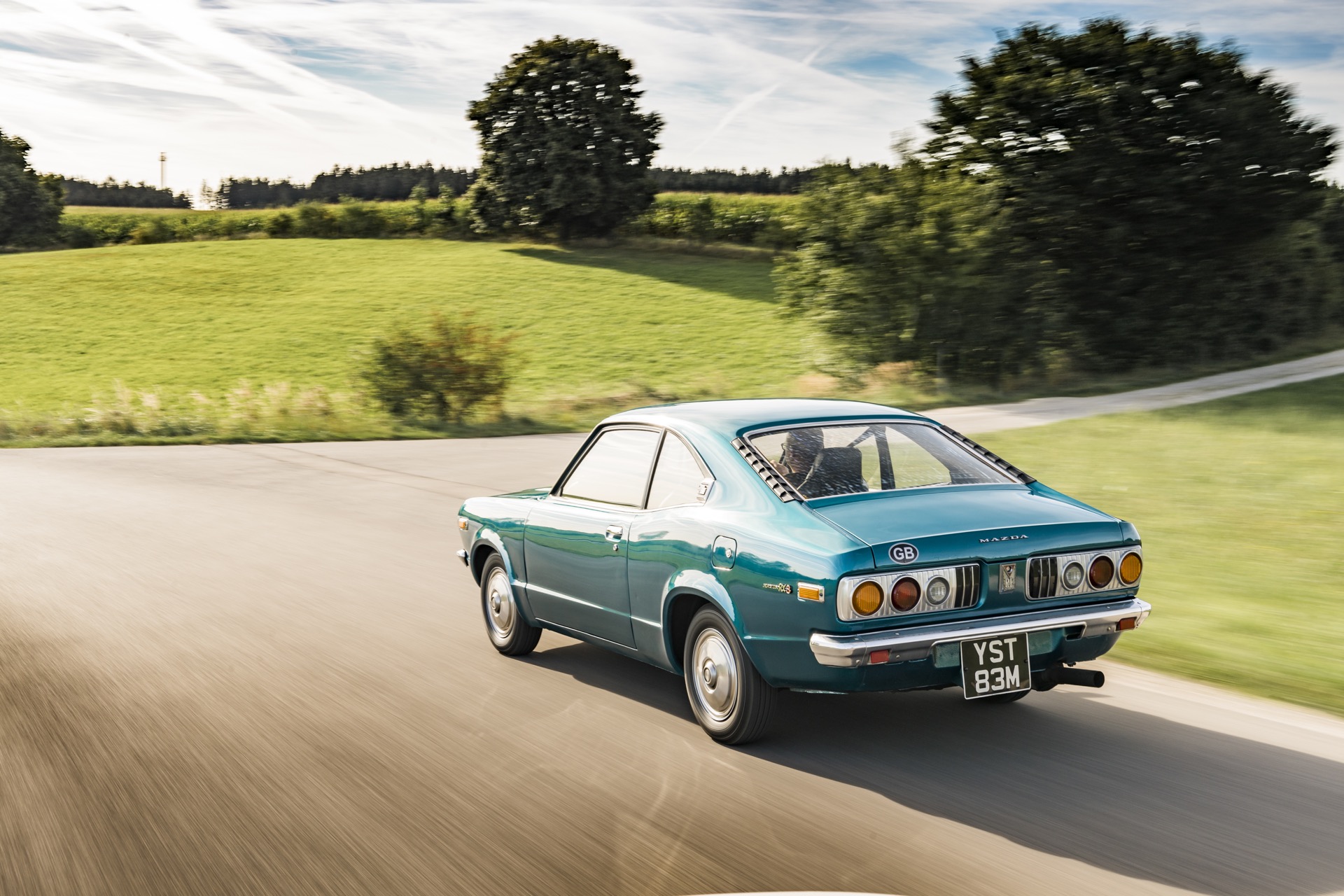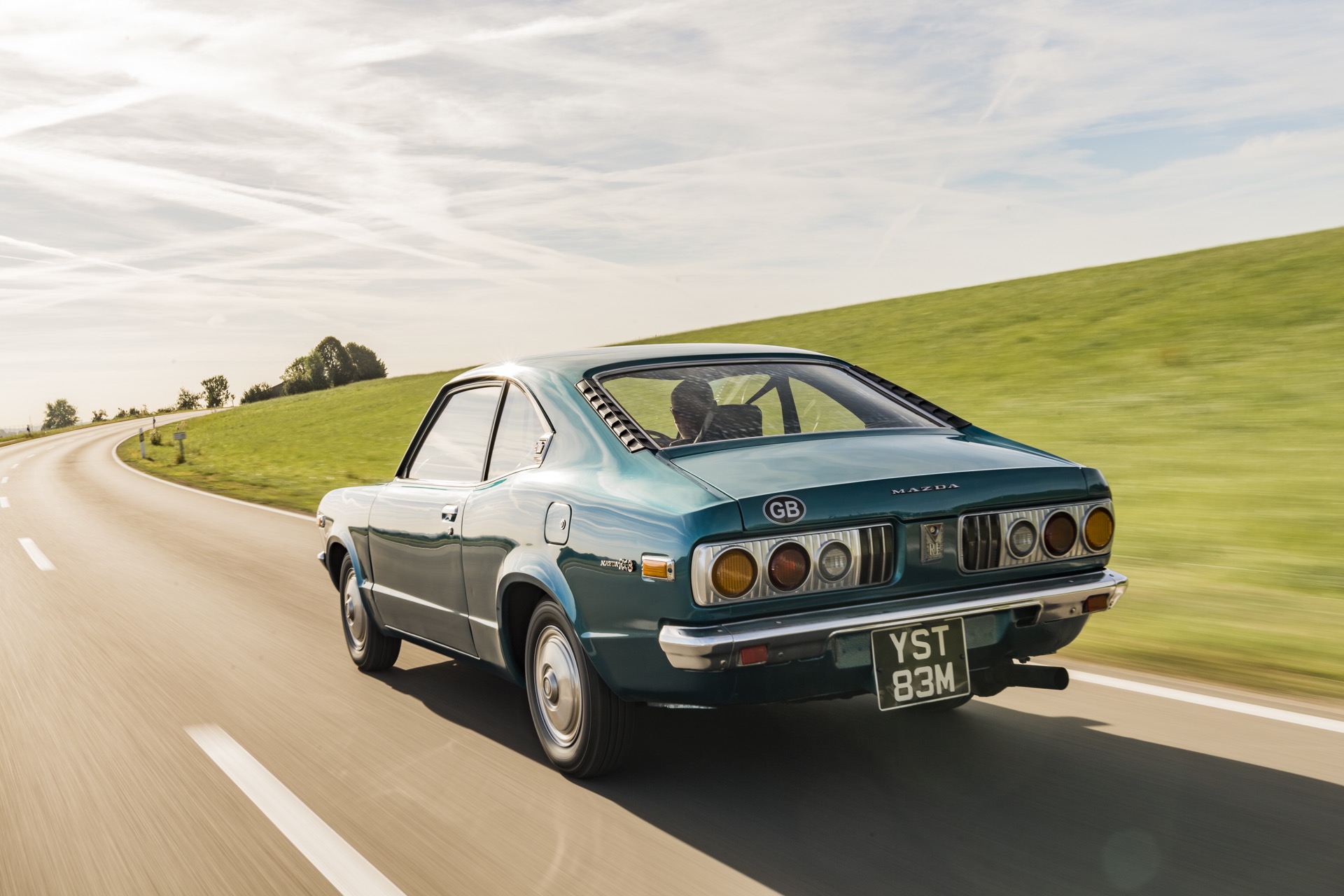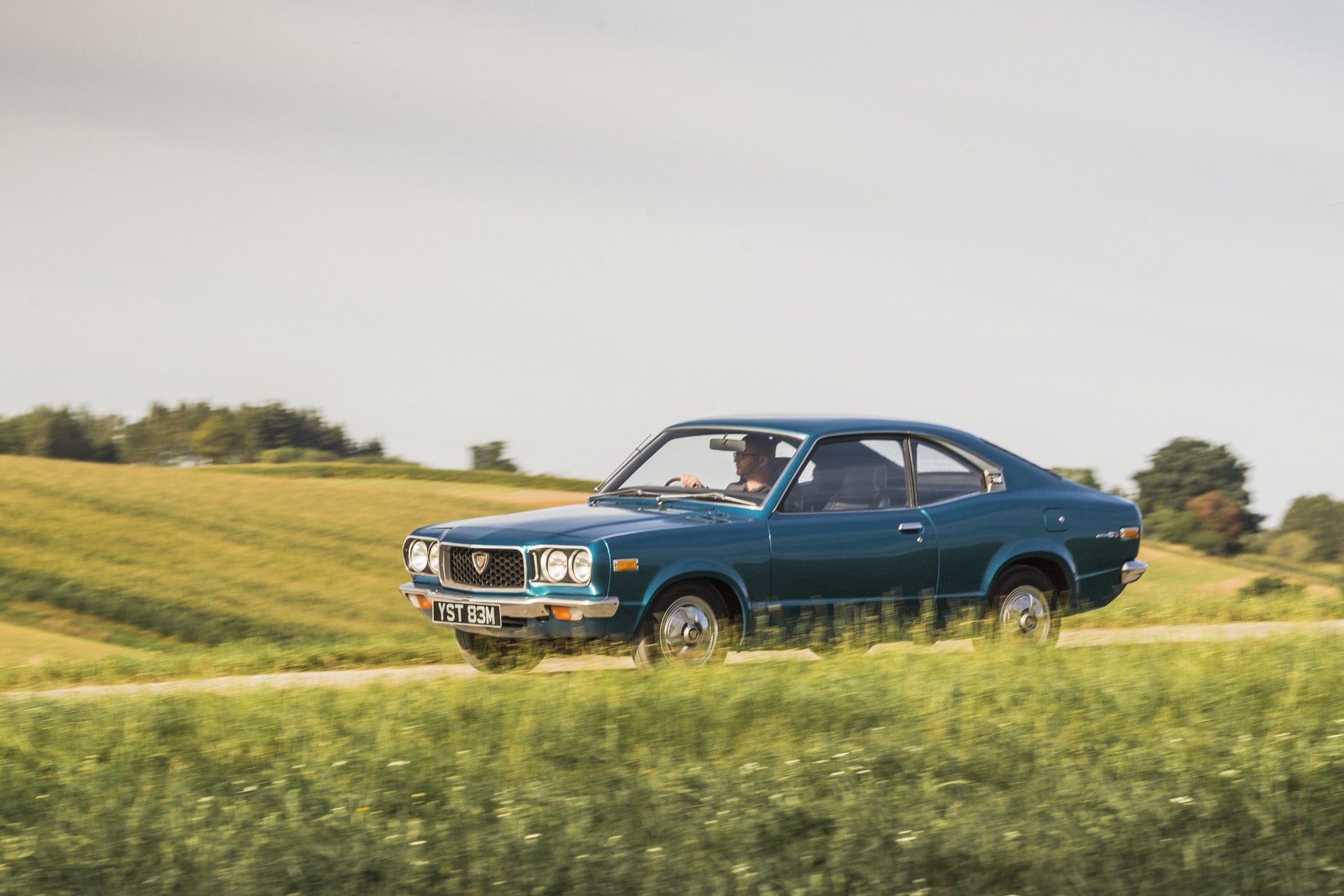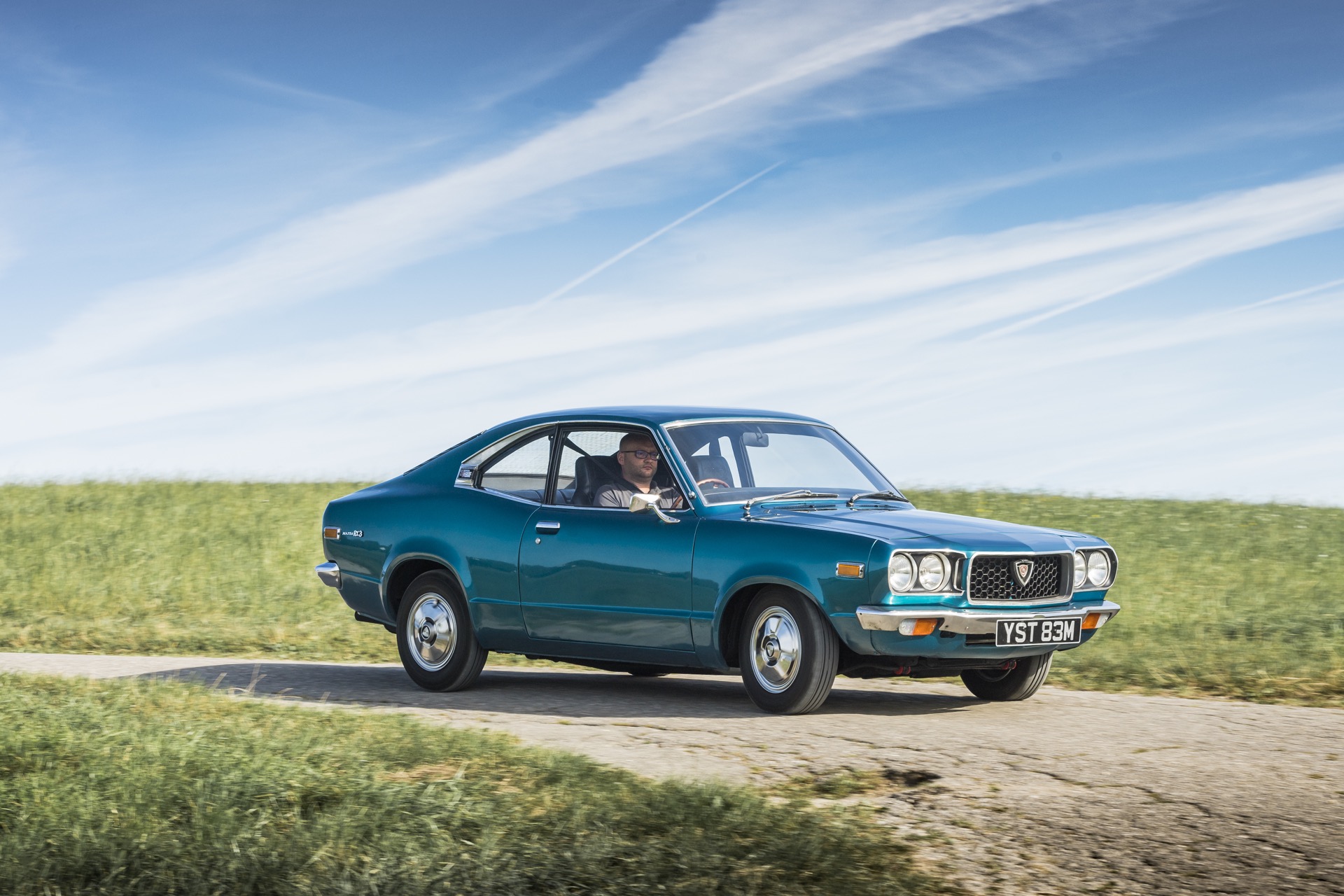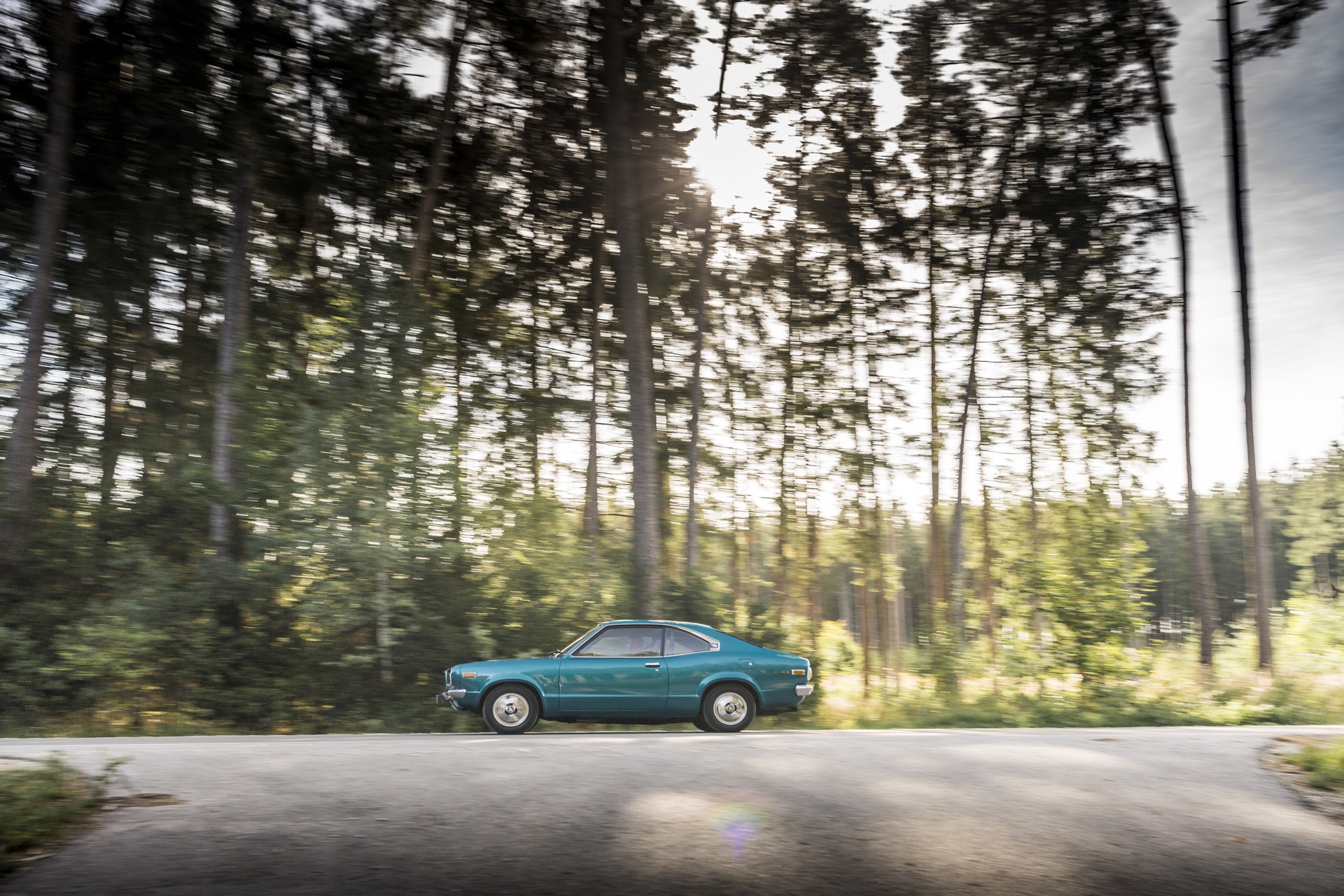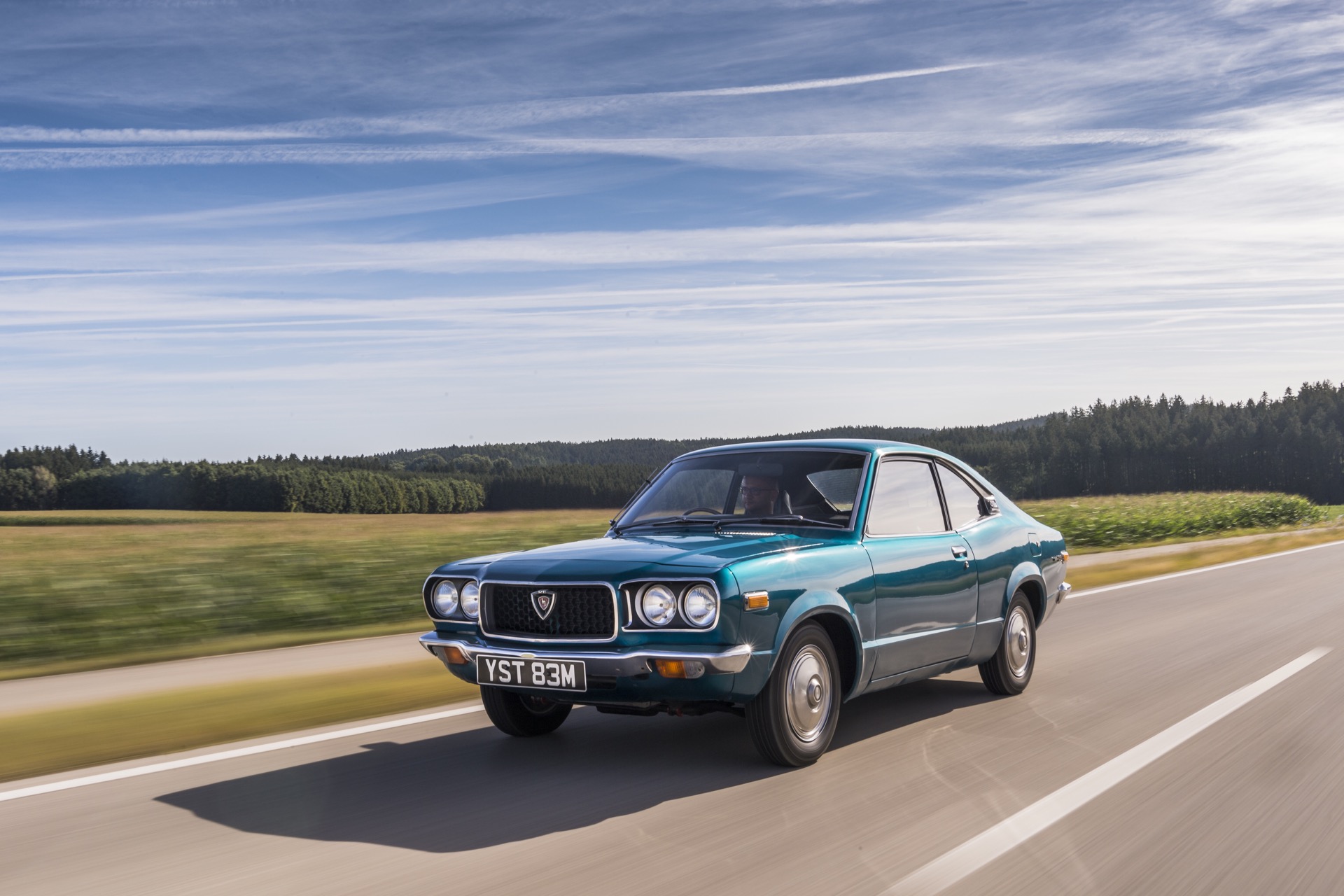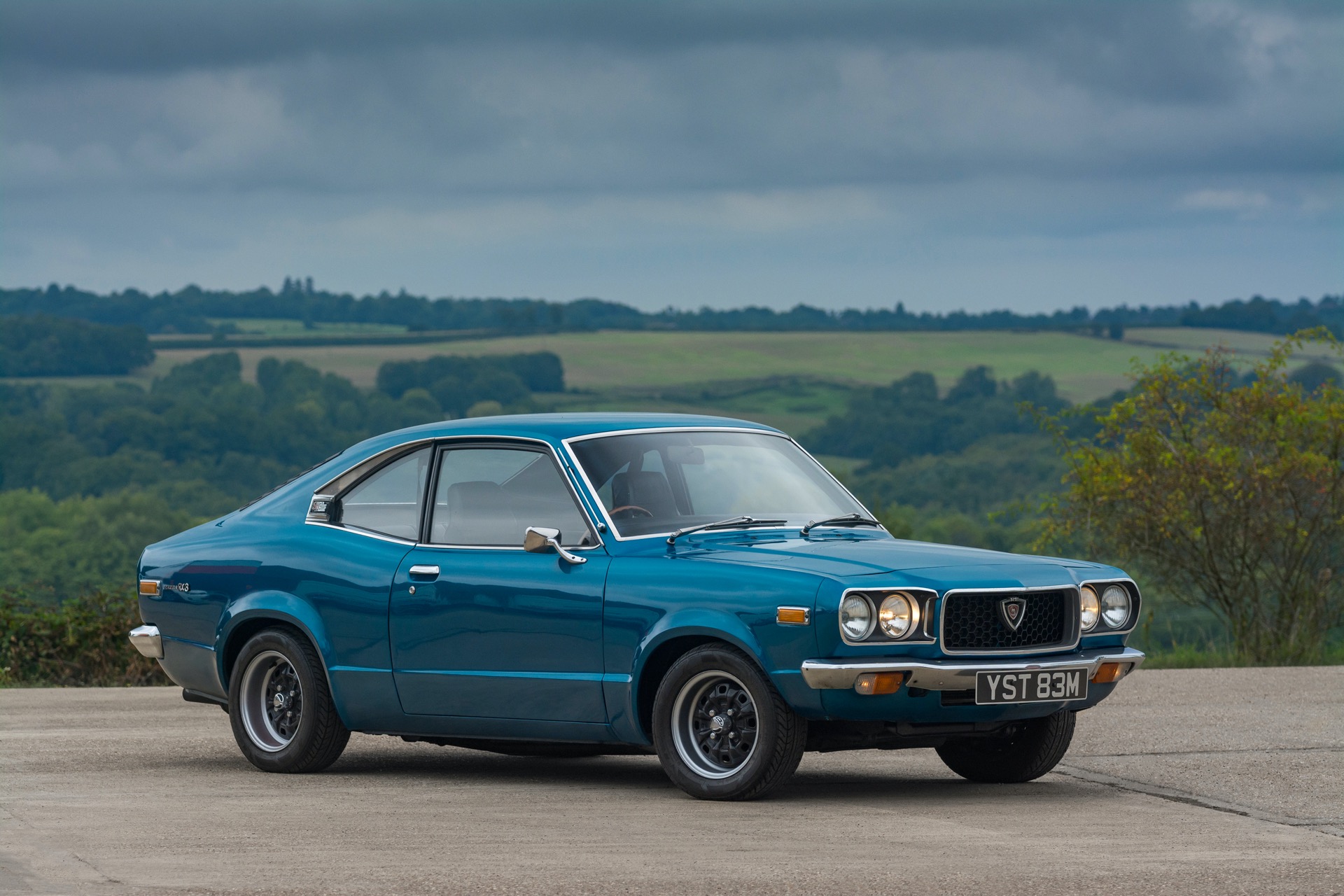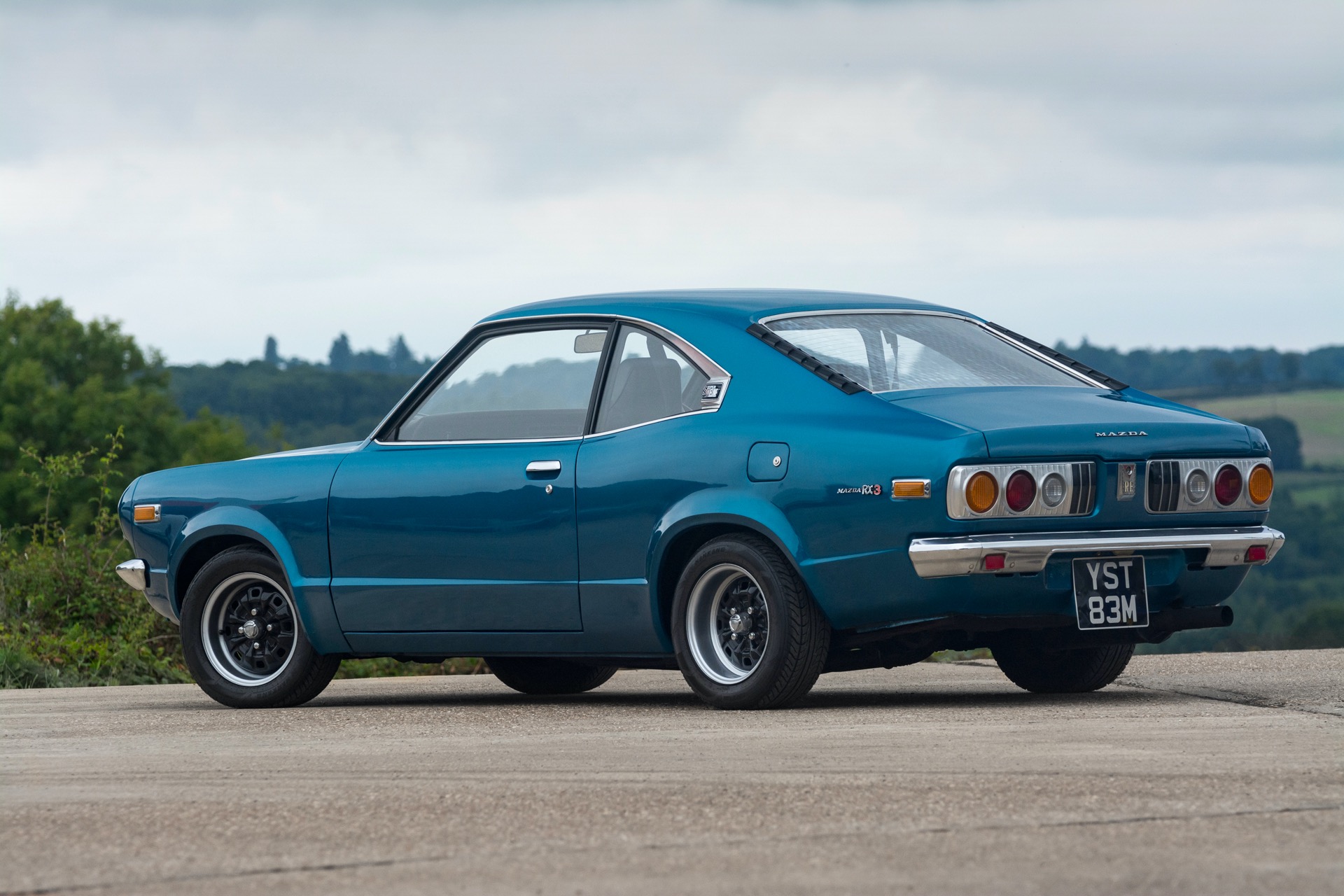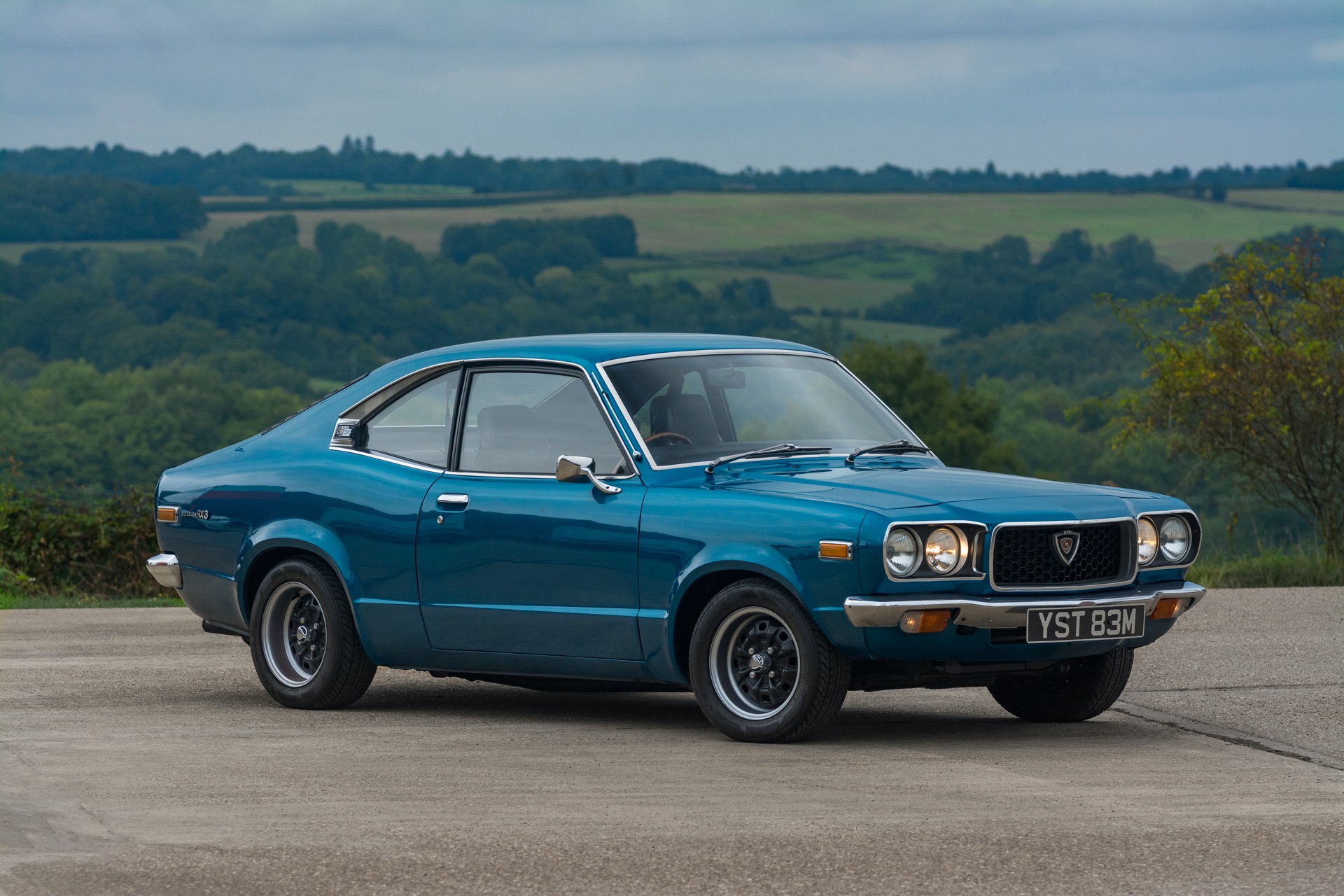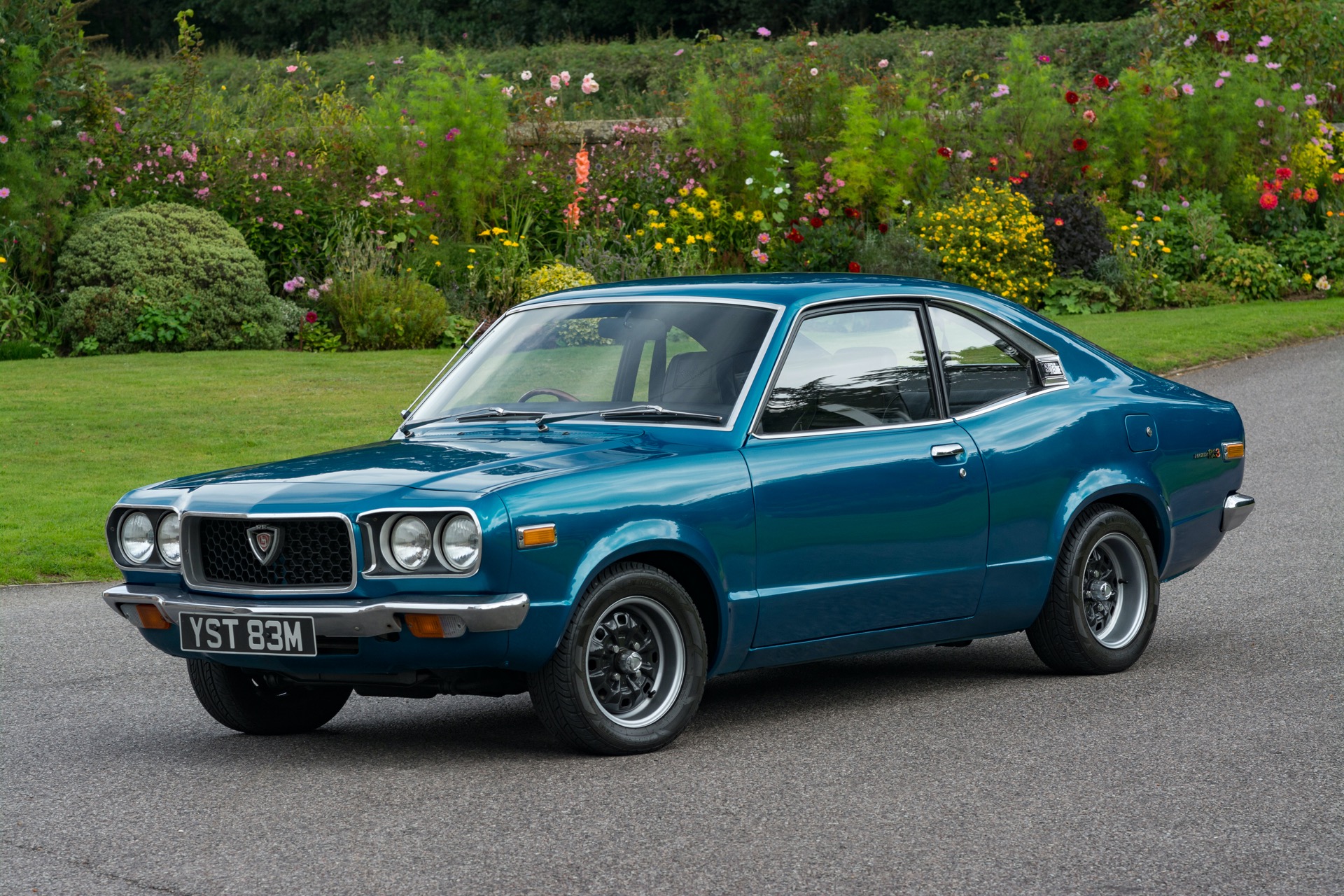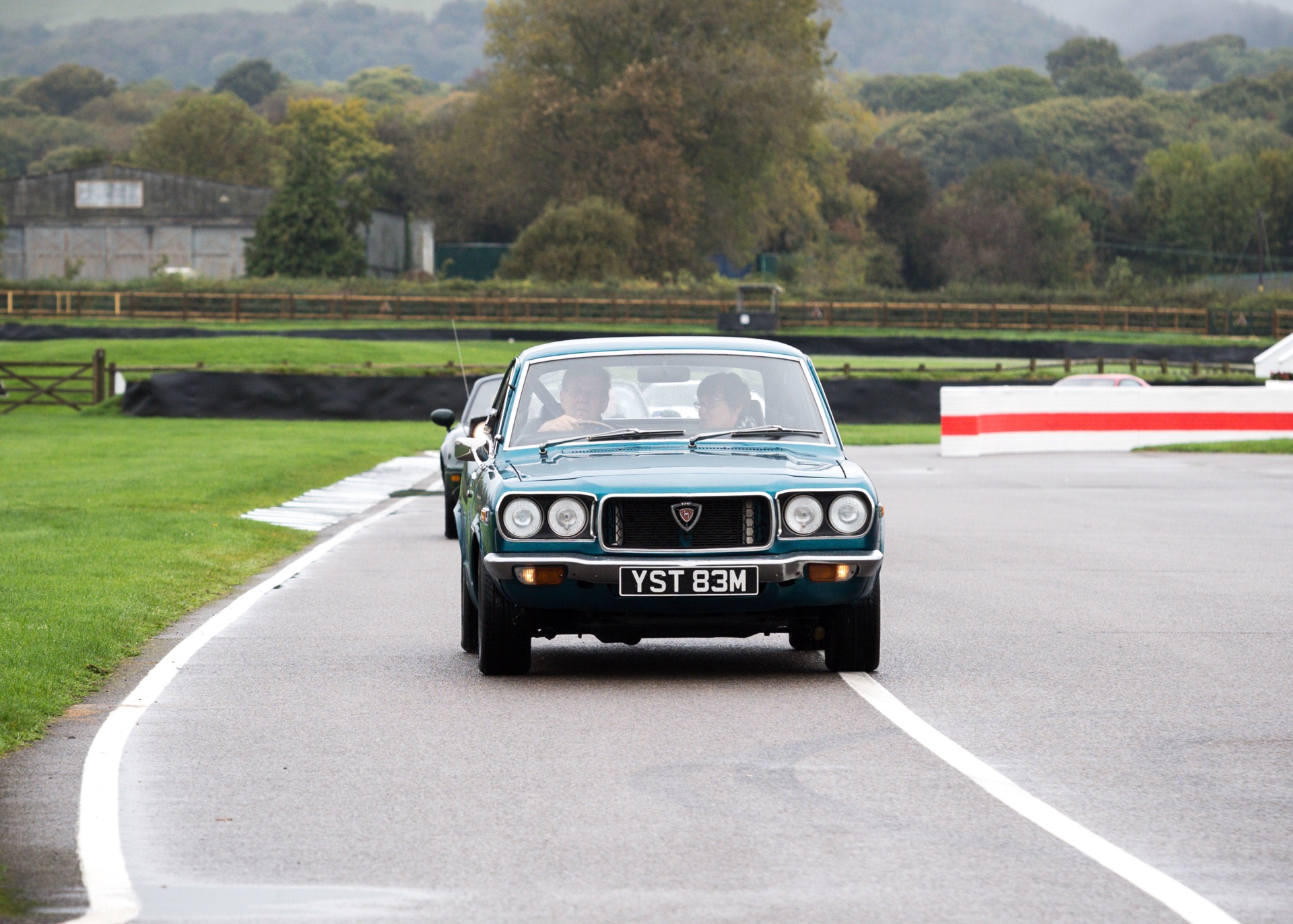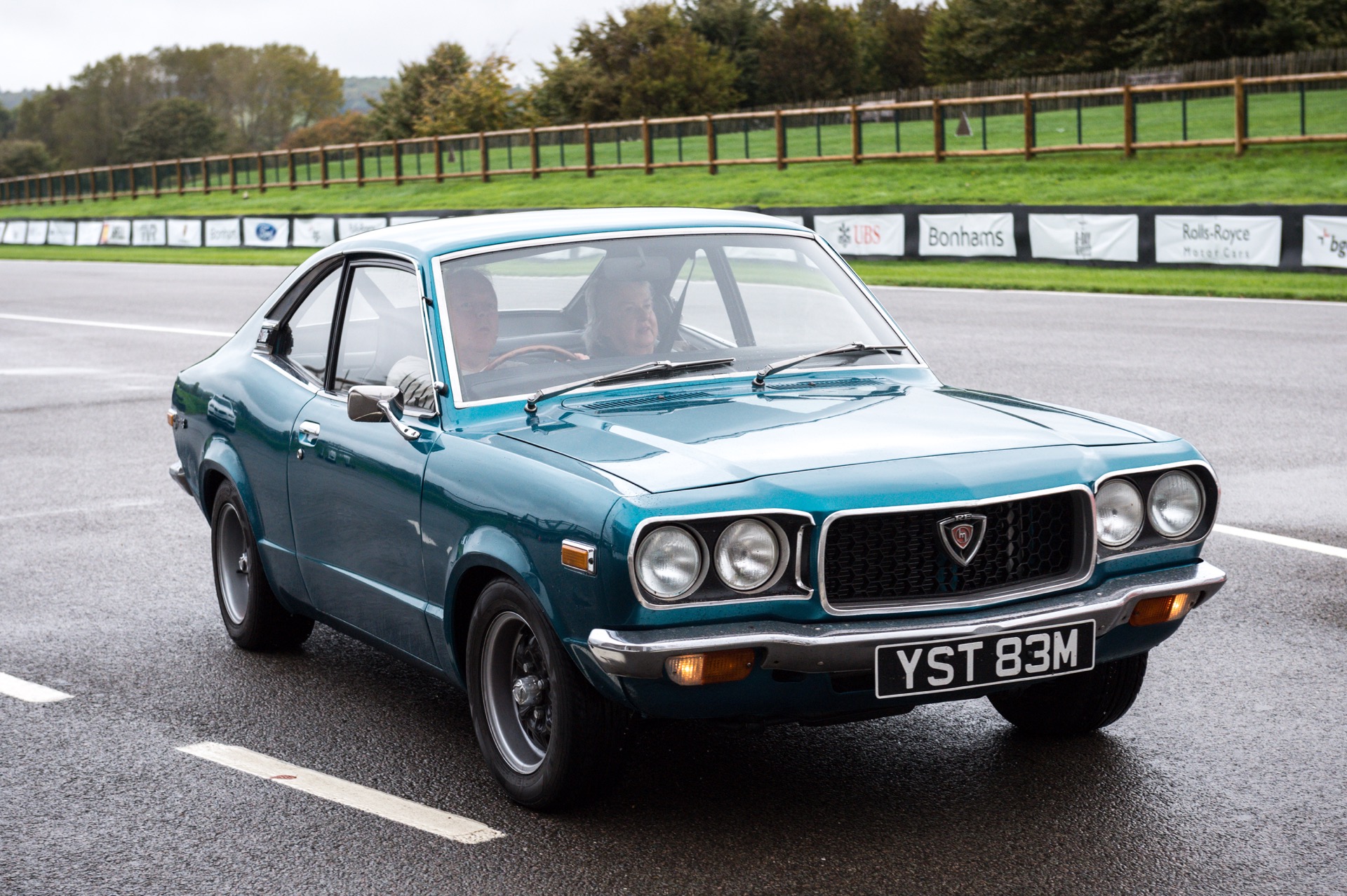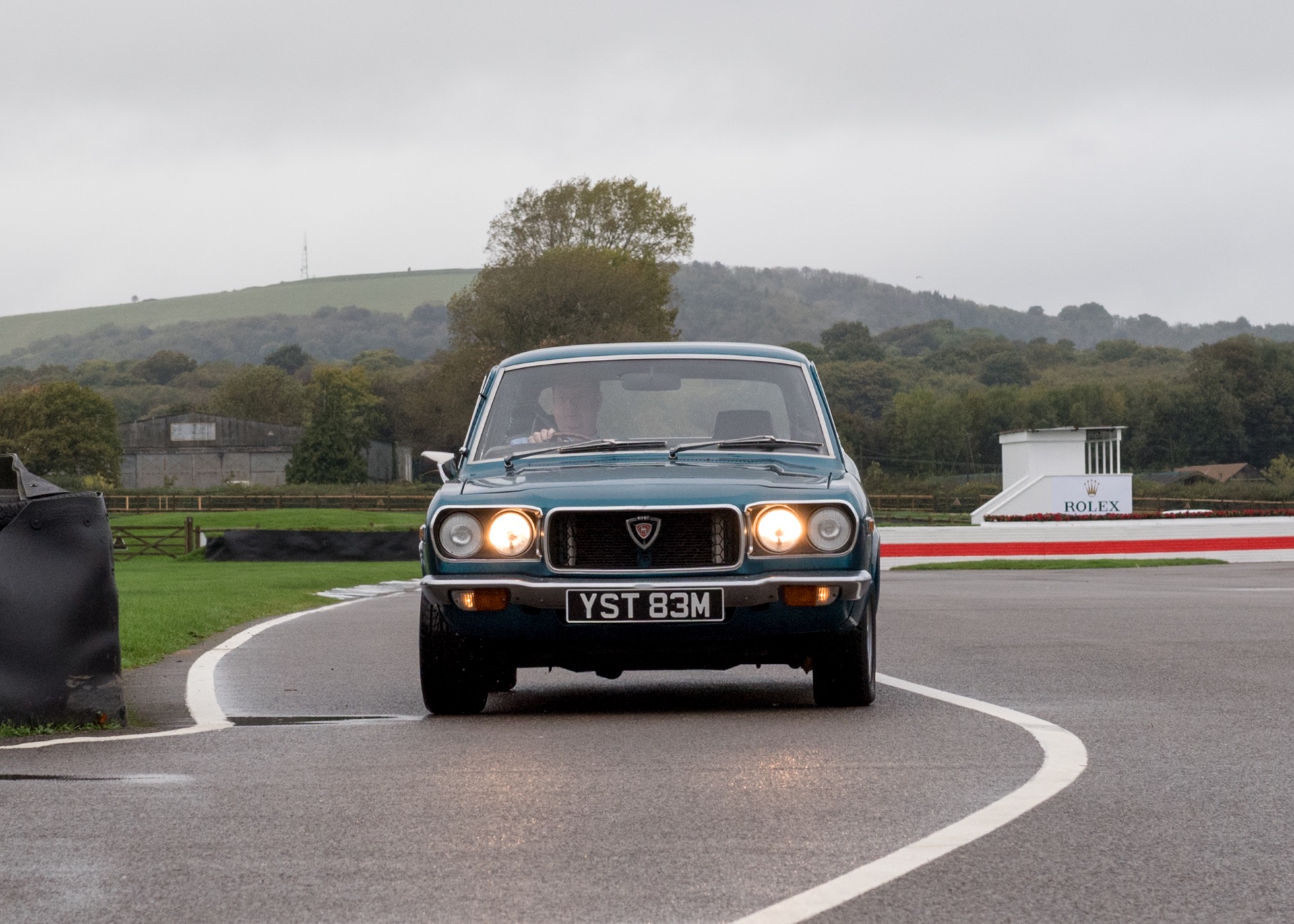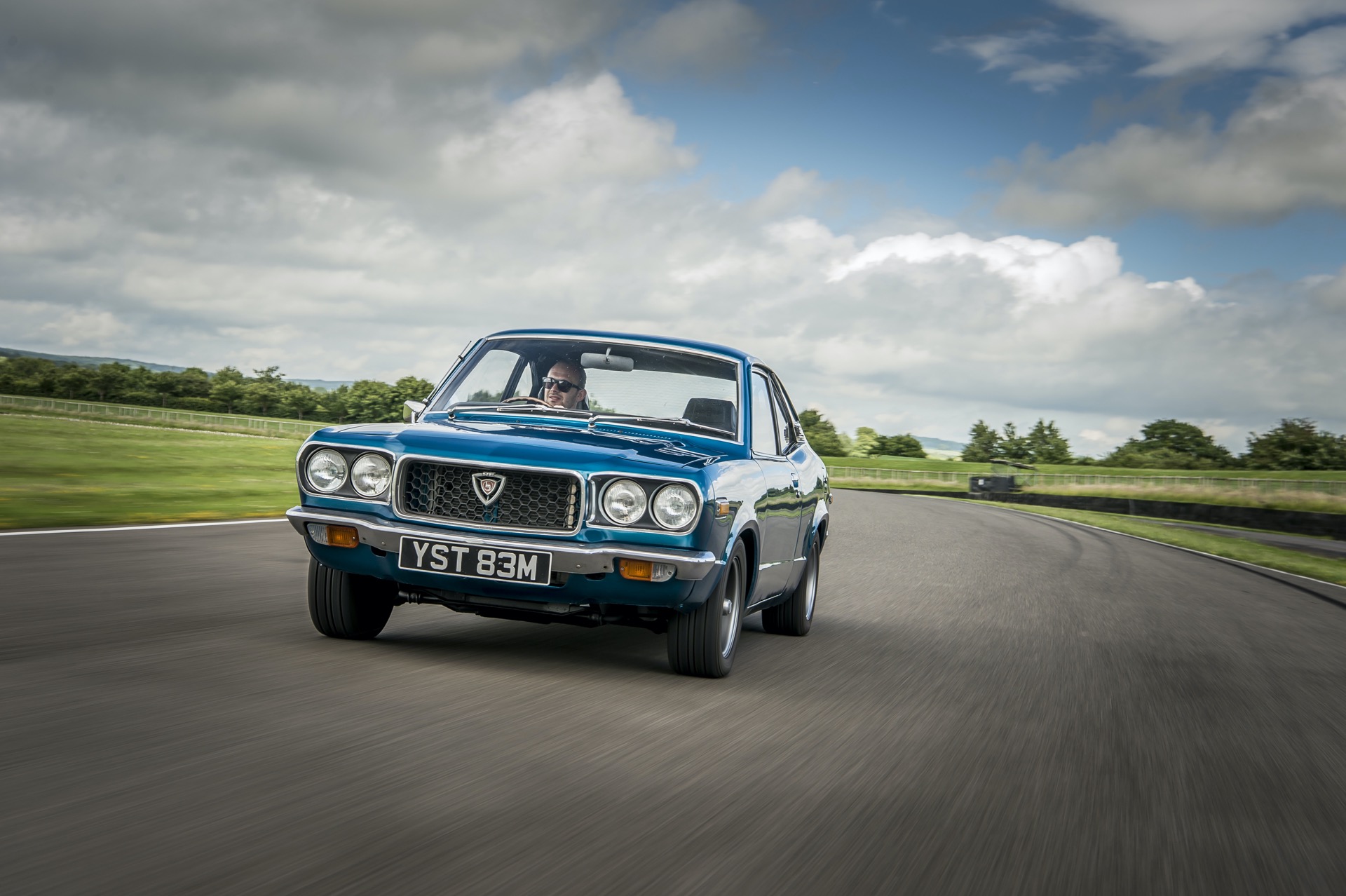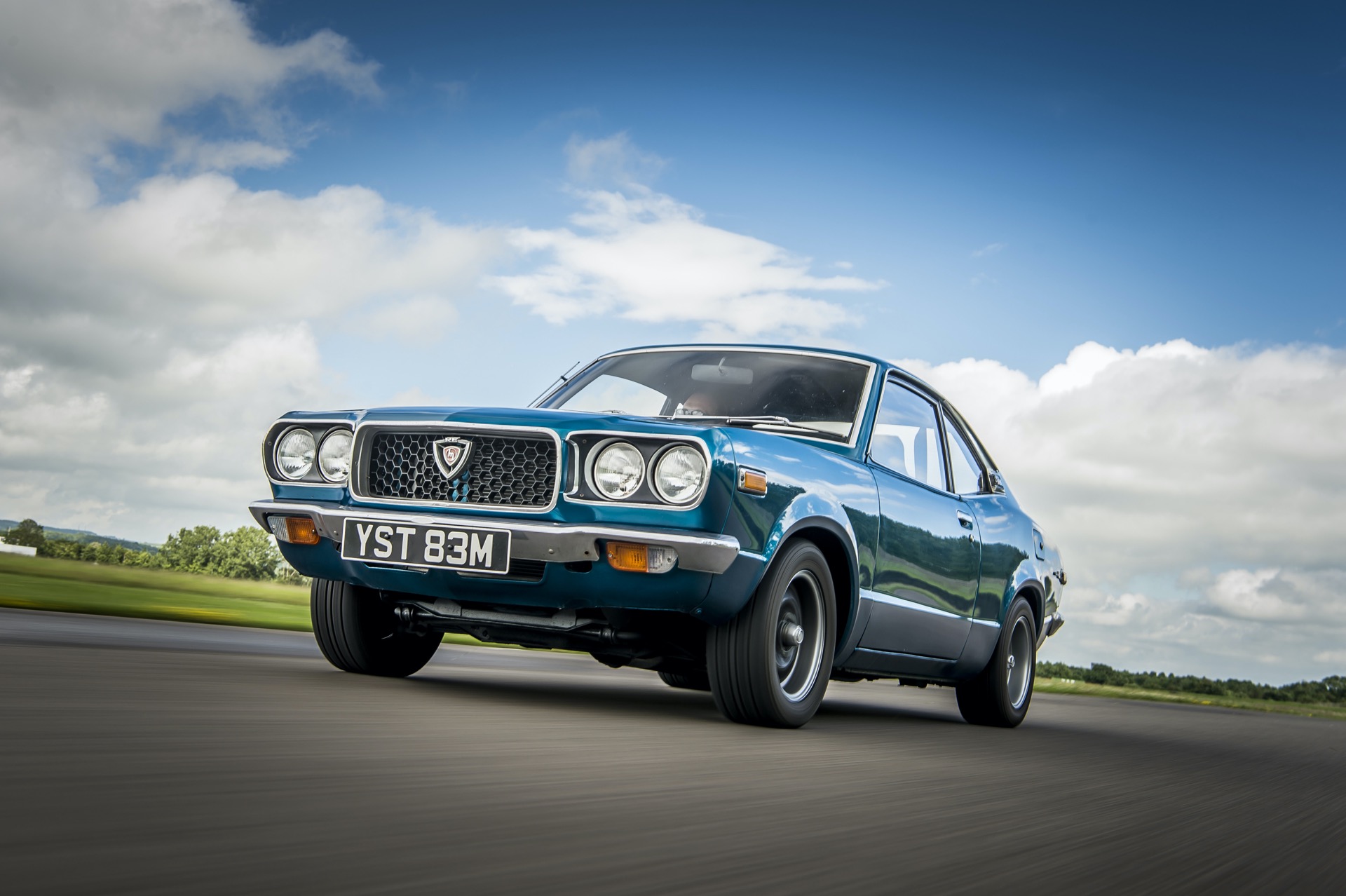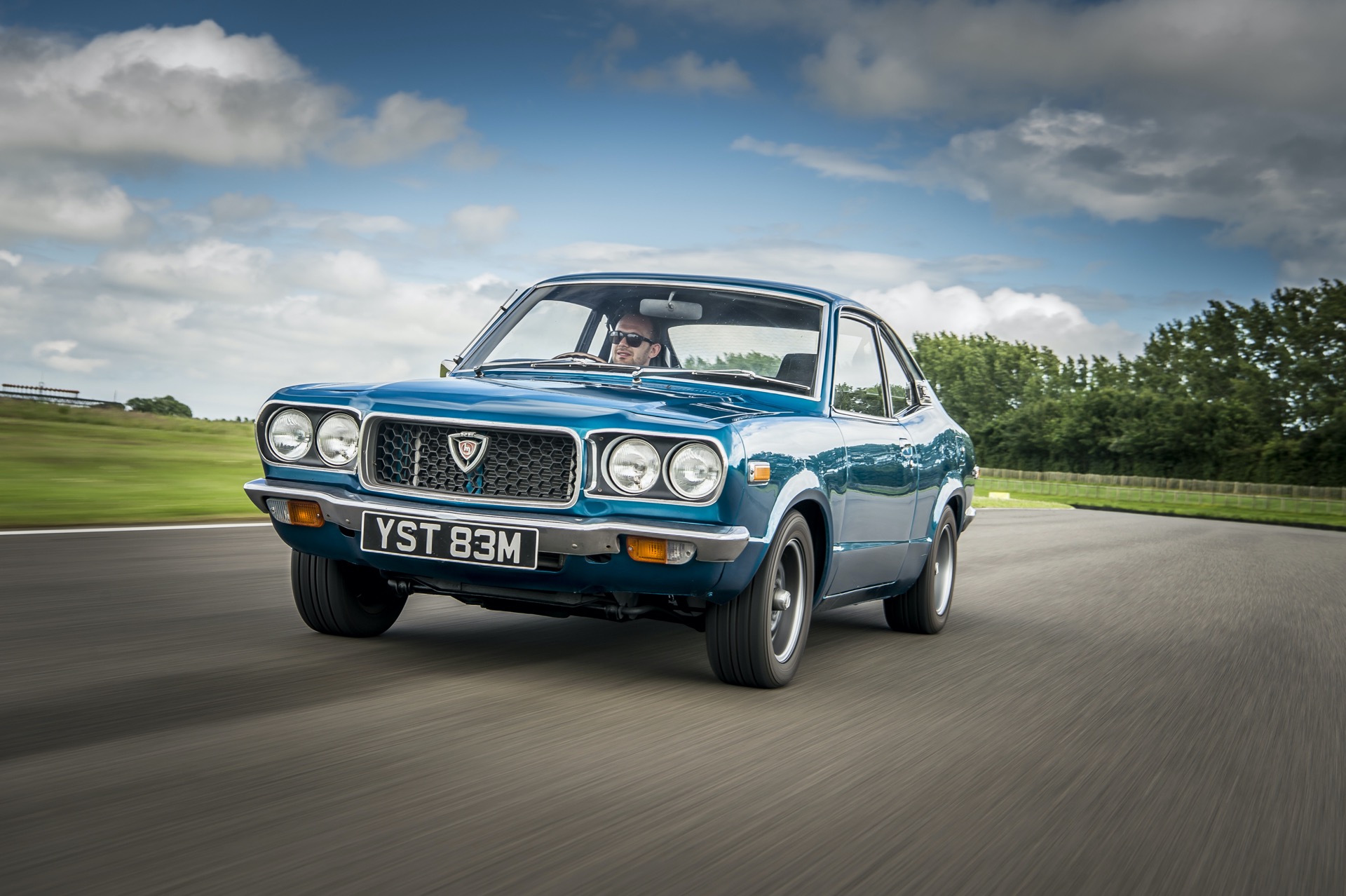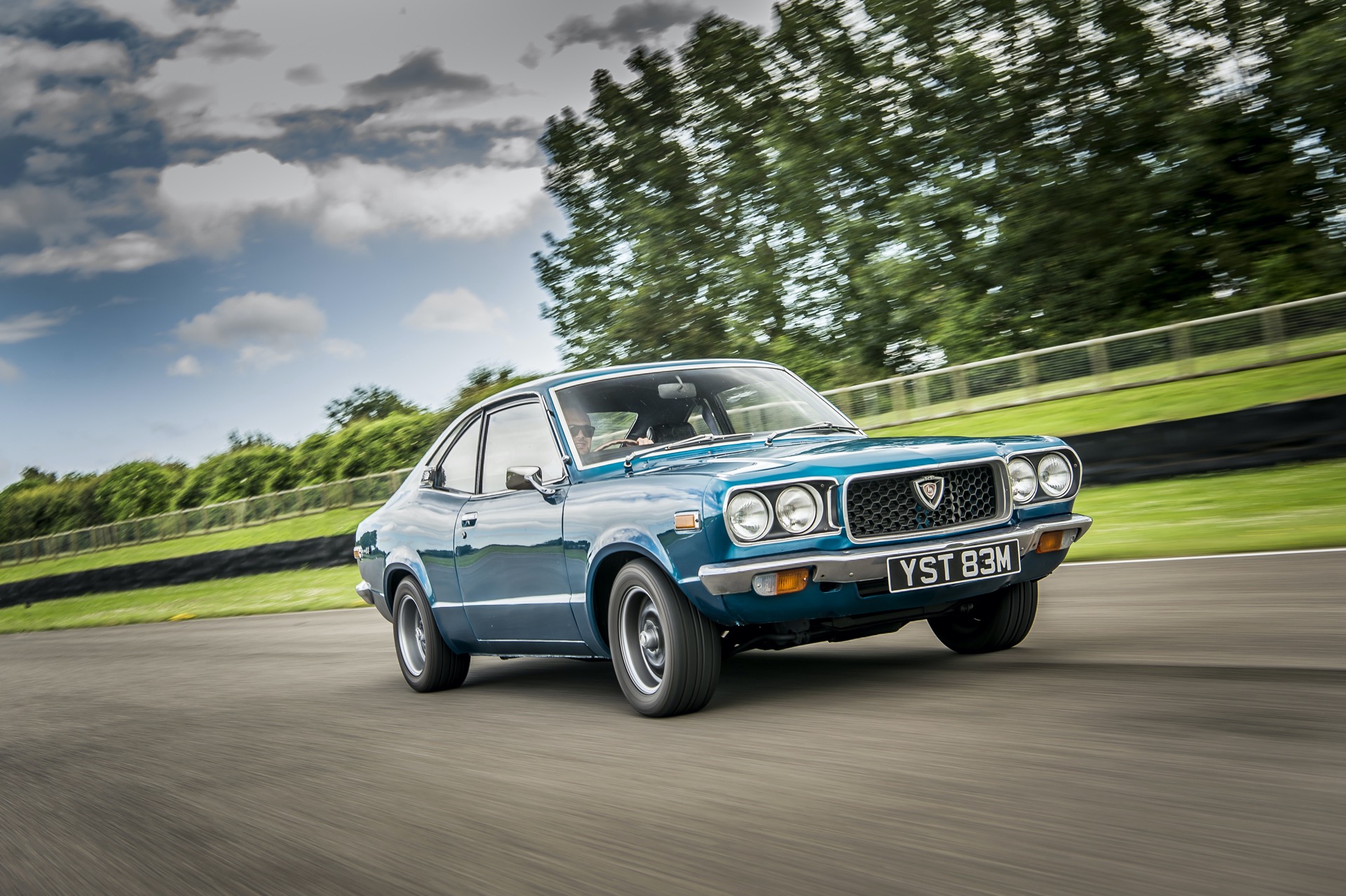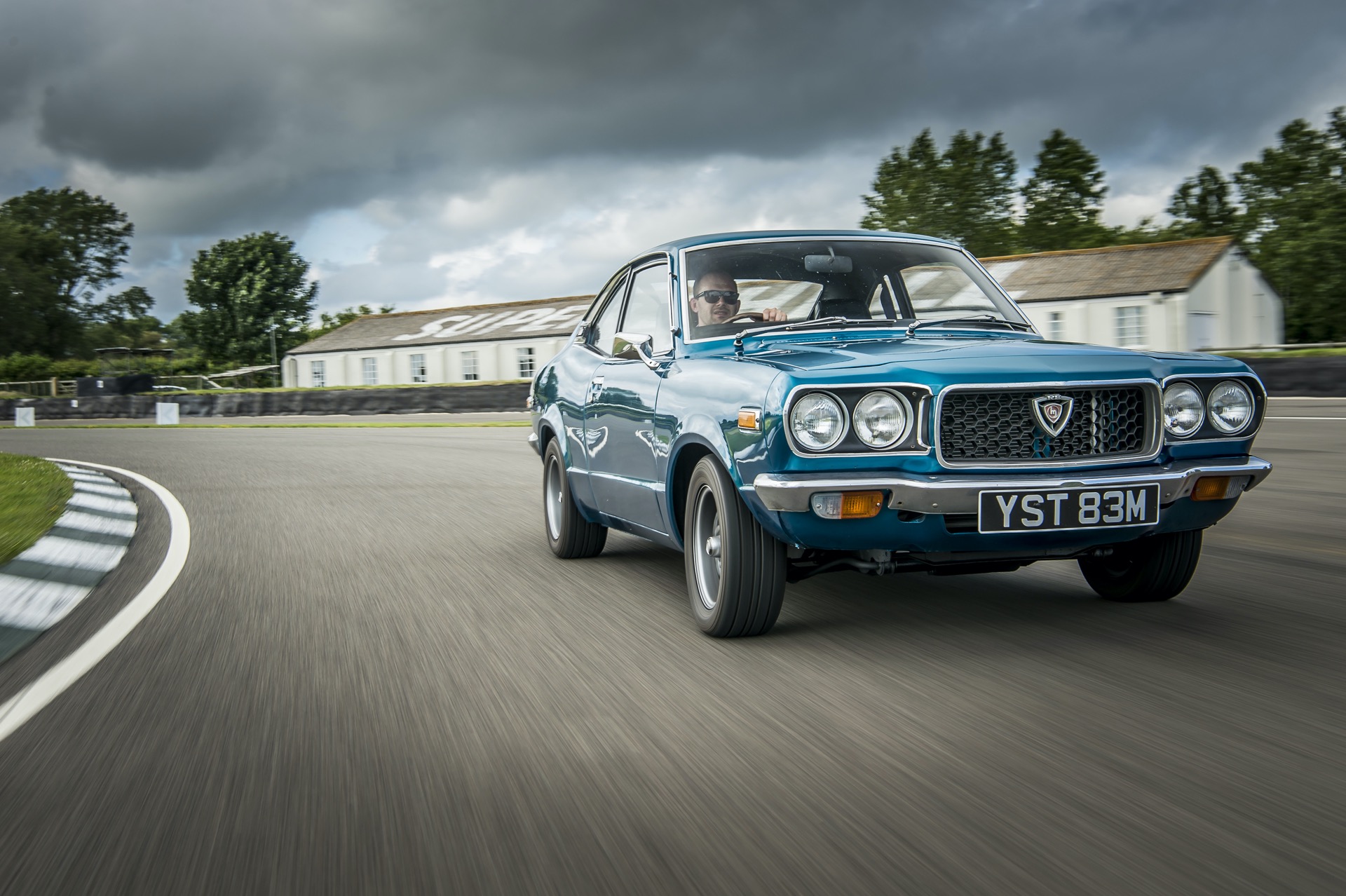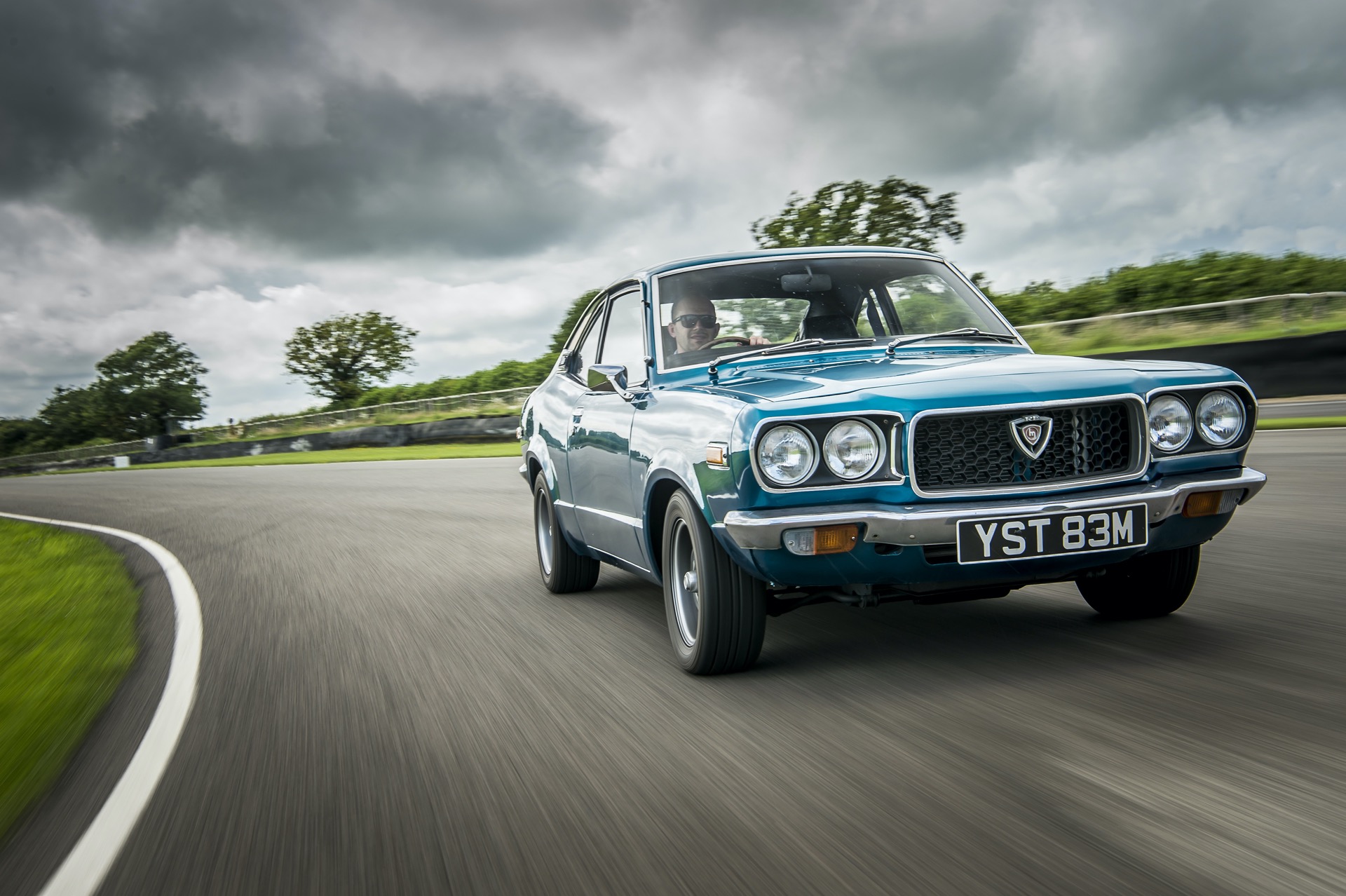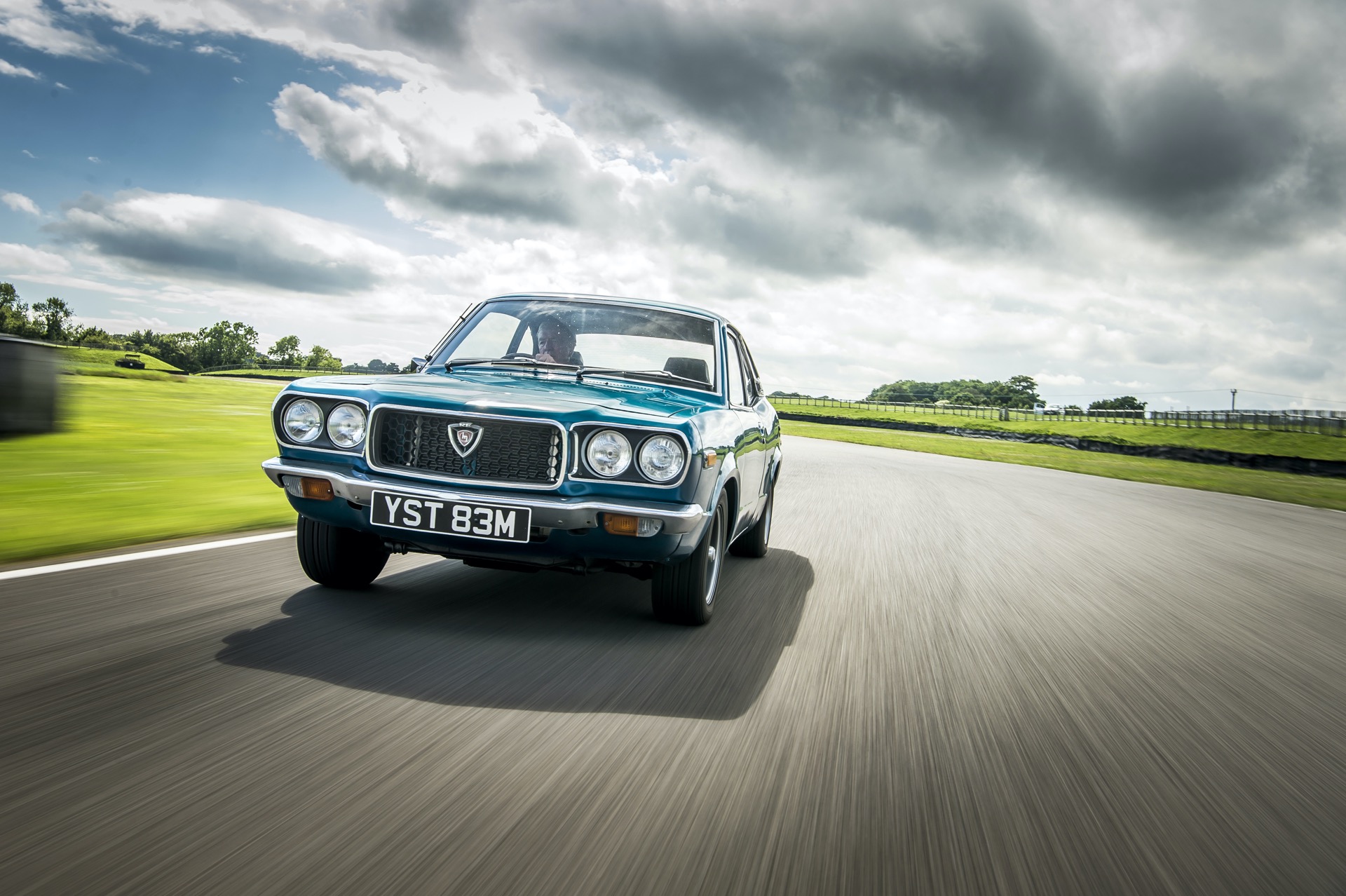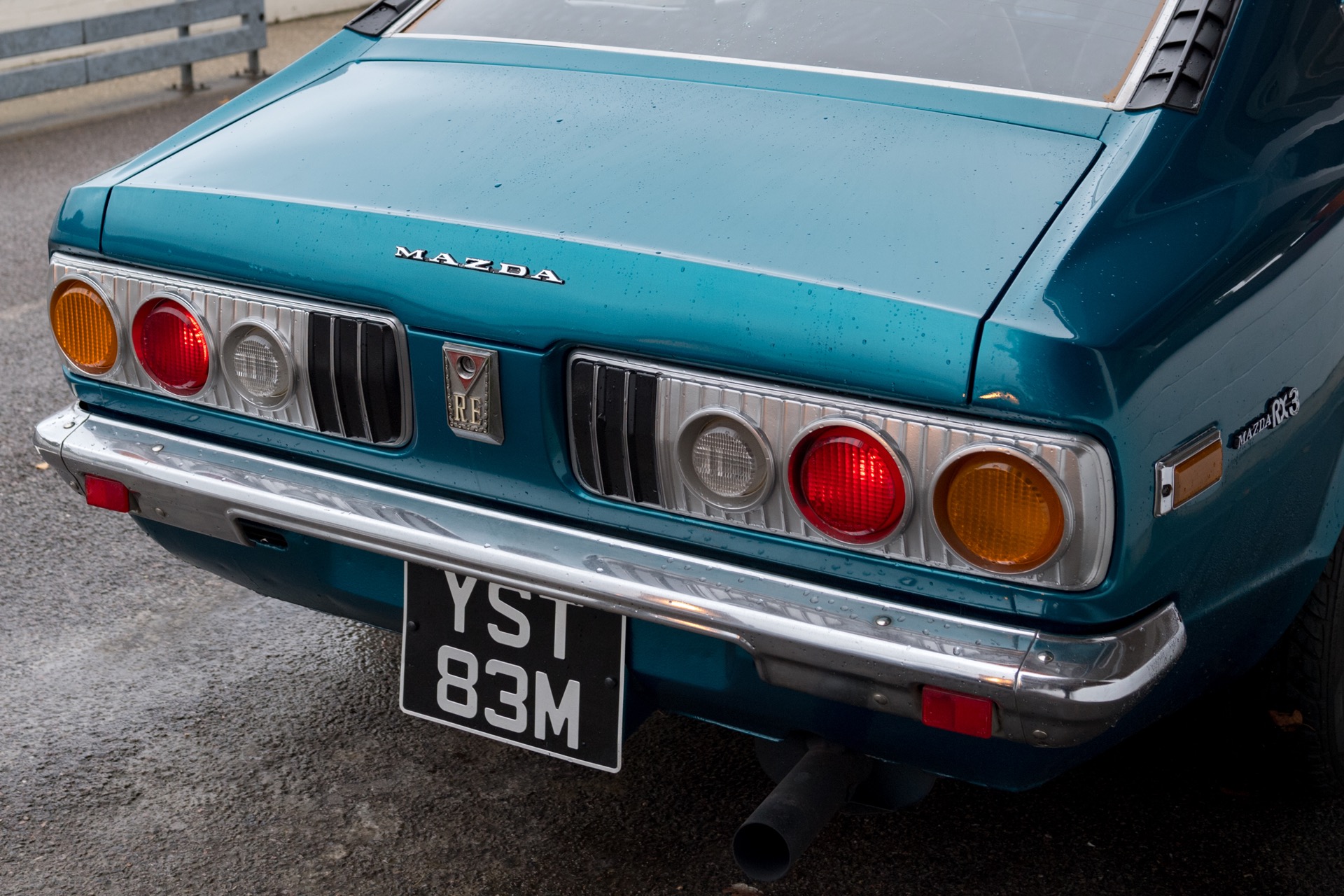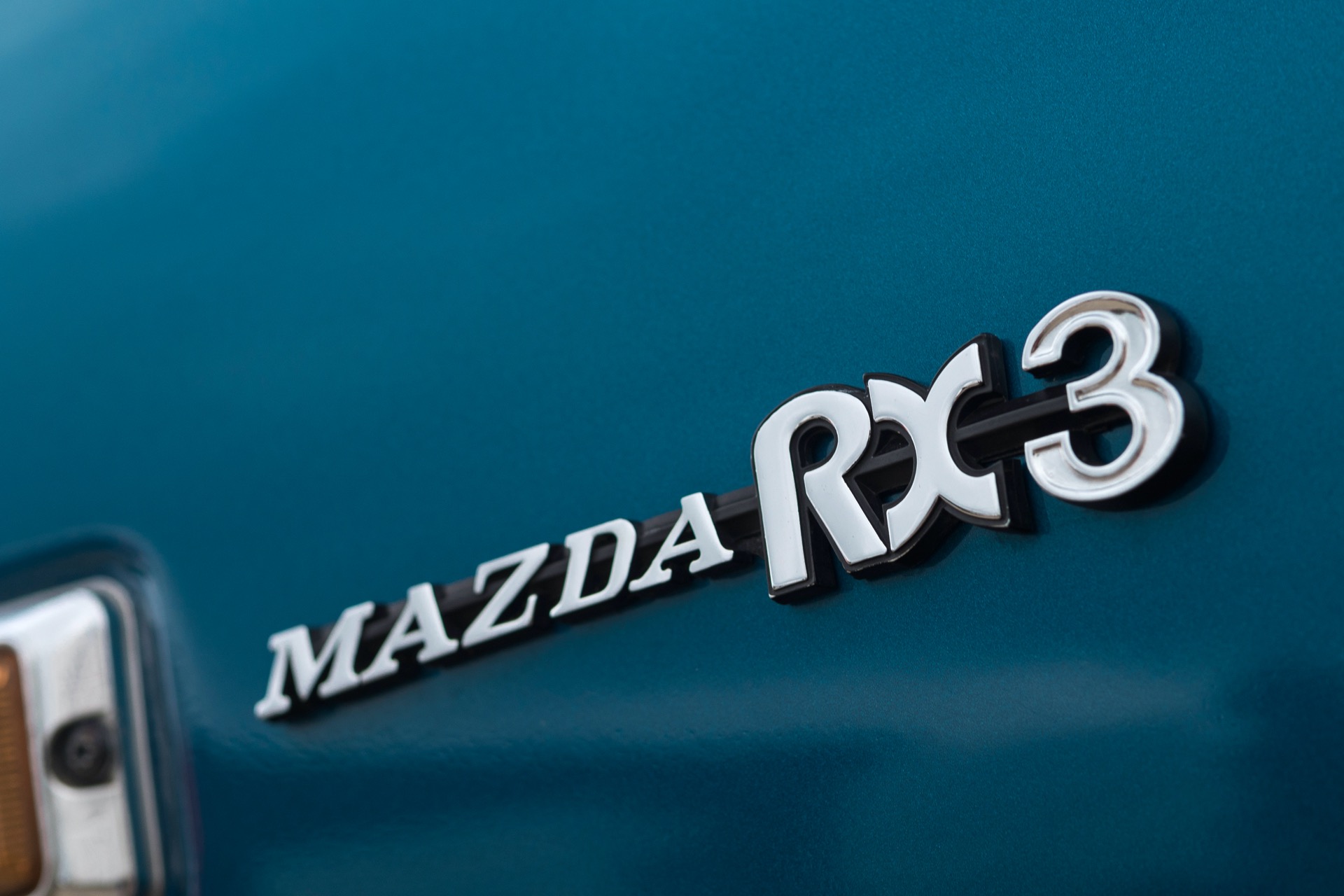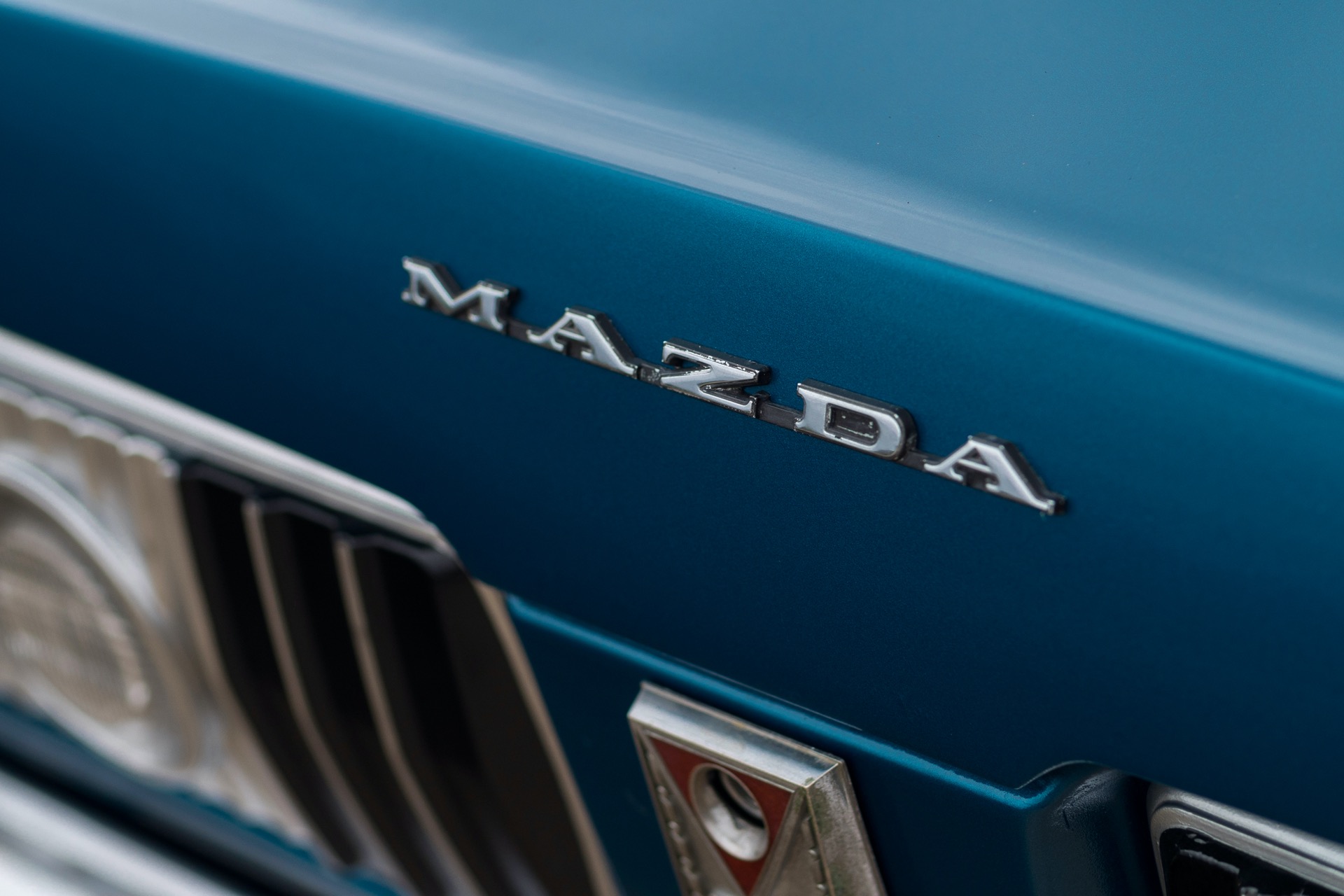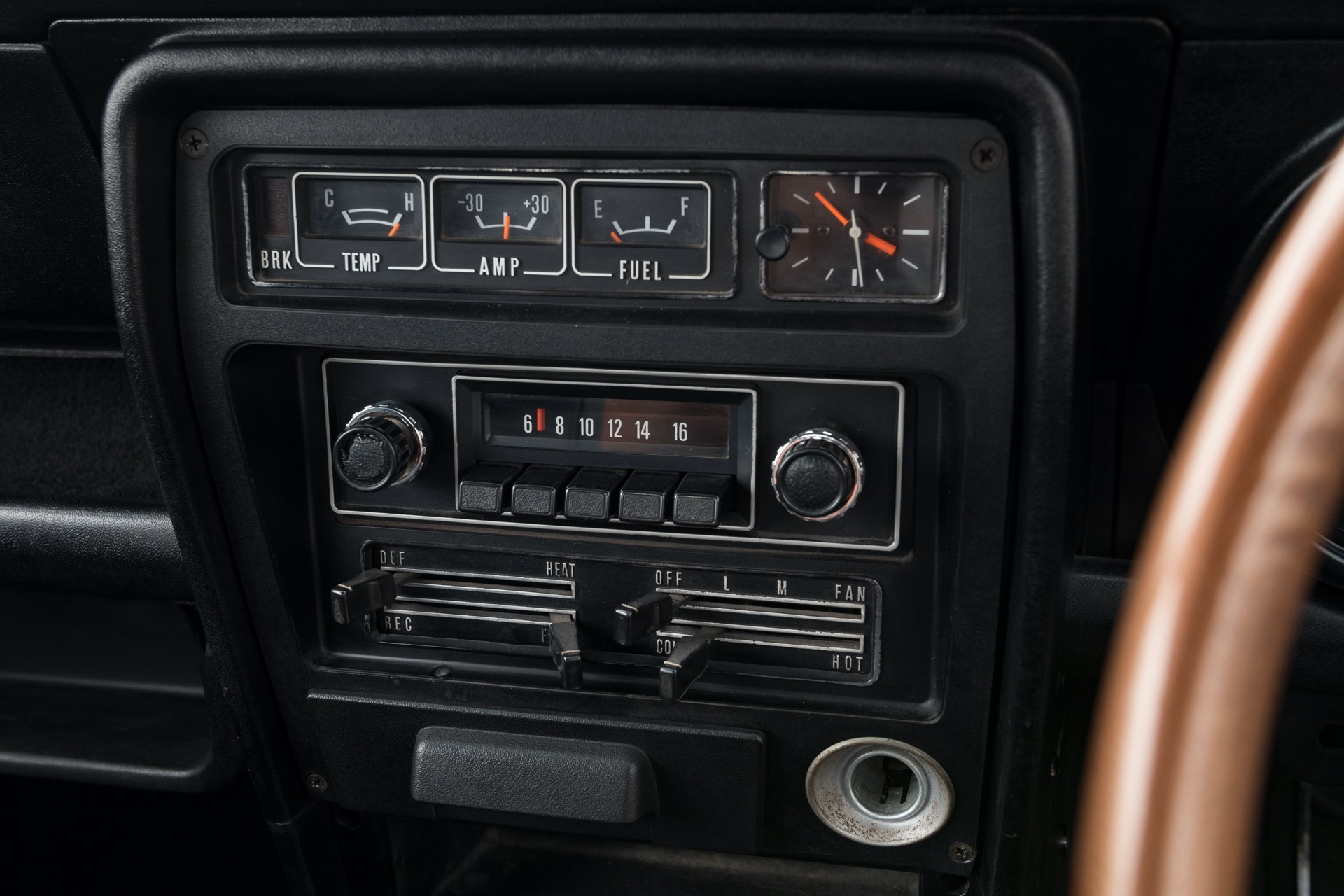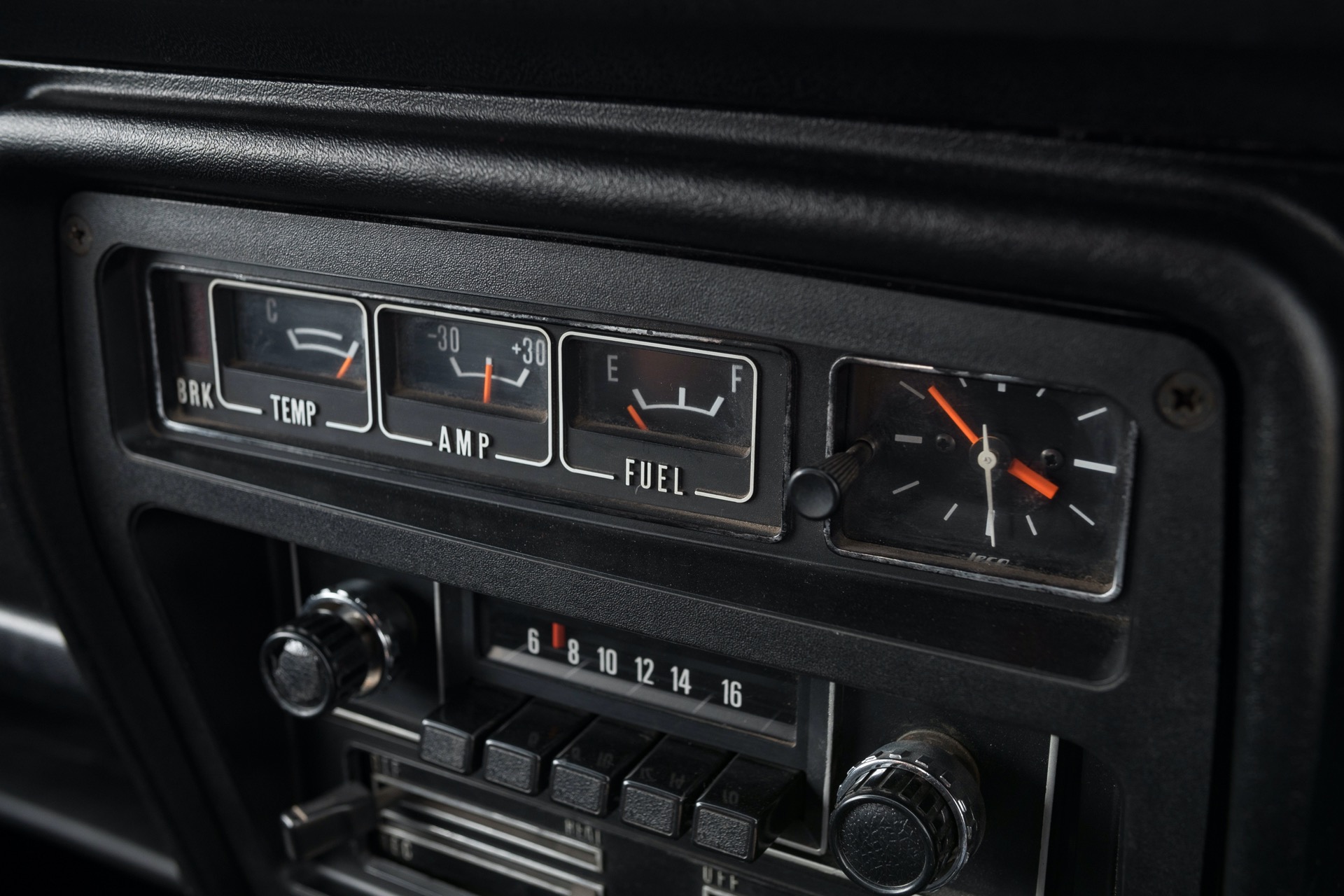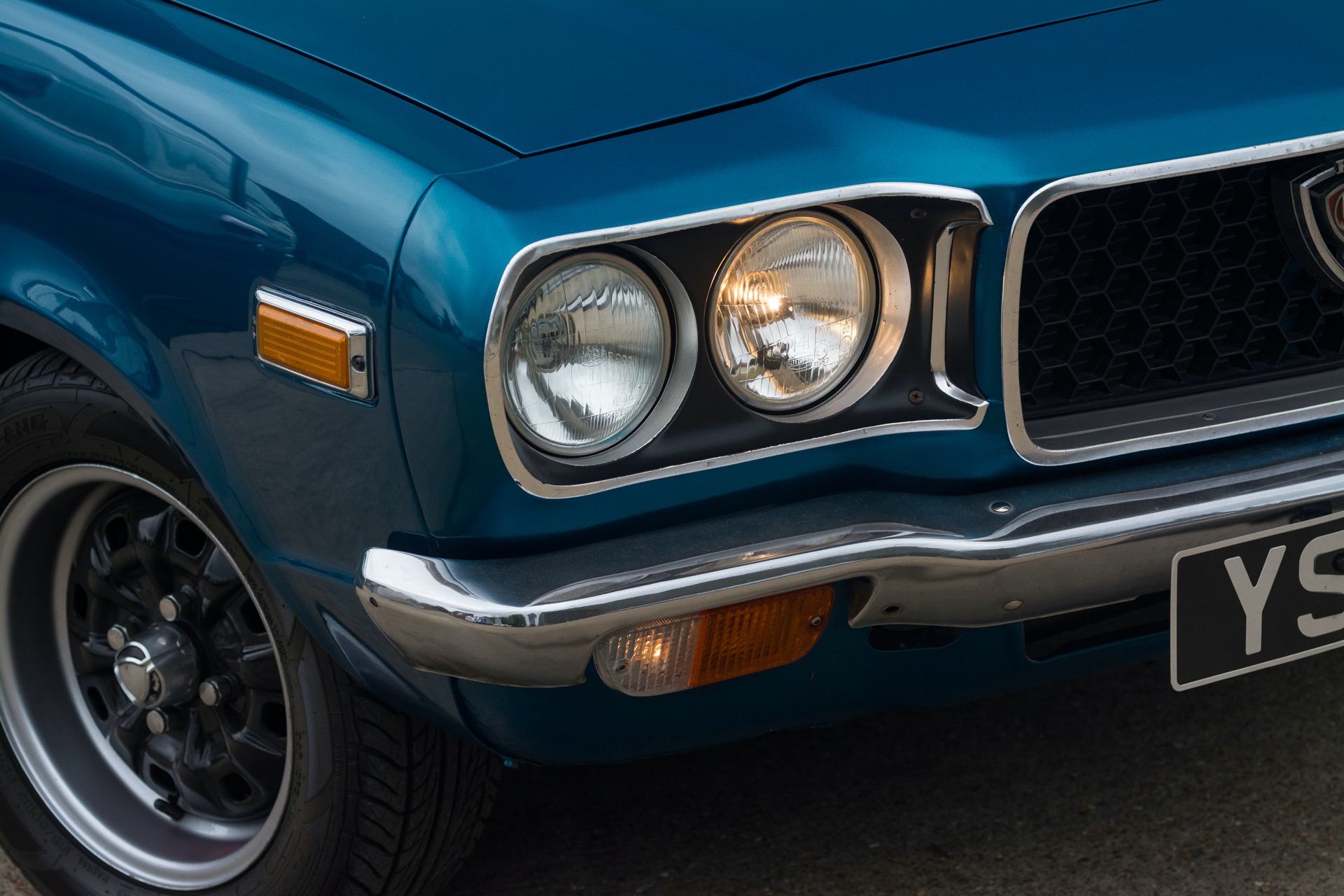While Mazda and rotary engines are almost synonymous, their RX-line is often remembered by one, maybe two, models: the RX-7 and the slightly underappreciated RX-8. Why is it that we forget the pretty awesome RX-3, though? It’s a question that Mazda had us asking ourselves as they reminded us that 50 years passed since the little rotary made its way into the world.
The RX-3 was launched in 1971, and was available in coupe, saloon, and even estate body styles — yes, a rotary wagon! The RX-3 tag was technically only applied to export rotary cars. The equivalent rotary model in Japan was known as the Savanna, while conventional piston-powered 4-cylinder versions were known as the 808, 818, Mizer, or Grand Familia, depending on the market.
The RX-3 sported round headlights and was available with two different engines. The RX-3 coupe, saloon, and estate all featured the 982cc 10A engine, while US market cars featured the more powerful 1,146cc 12A engine. From 1972 the Savanna GT went on sale in Japan with the larger 12A, which was also introduced to other markets alongside the 10A versions.
See Also: Rotary Nostalgia: Looking Back At Mazda RX-7’s Three Generations
A demonstration of the rotary engine’s benefits was made clear when UK publication Motor Magazine tested acceleration times of an RX-3 coupe and a piston-powered 818 sedan. The small-capacity 982cc rotary engine car reached 60mph (96km/h) five seconds faster than the 1272cc 818, recording an impressive-for-the-era time of 10.2 seconds.
The RX-3 had a successful spell on the track too. The plucky rotary car was raced across the world, including Japan, Australia, Europe, and the US. In the 1975 Bathurst 1000, Don Holland and Hiroshi Fushida won their class and came 5th overall, with only V8 Holdens ahead of them. Meanwhile, the RX-3 racked up over 100 victories in the Japanese touring circuit and proved a popular choice for privateers engaged in endurance and touring racing in the UK and Europe.
Read: Explore The Origins Of Mazda’s Rotary With This 1970 Cosmo Series II
Previously run by privateers in the US, the 1978 endurance calendar saw Mazda enter a factory team in the Daytona 24 Hours. It would be off this team’s basis that Mazda took victory in the 1979 GTU class with their new RX-7 – the first of more than 100 IMSA victories for the RX-7 in just 12 years.
In total, 286,757 RX-3s were produced, making it the second best-selling rotary Mazda ever. Yet its memory is somewhat eclipsed by the RX-7. But half a century on, the RX-3 name and legacy live on, with dedicated owners and historic racers ensuring the RX-3 doesn’t fade from memory.






